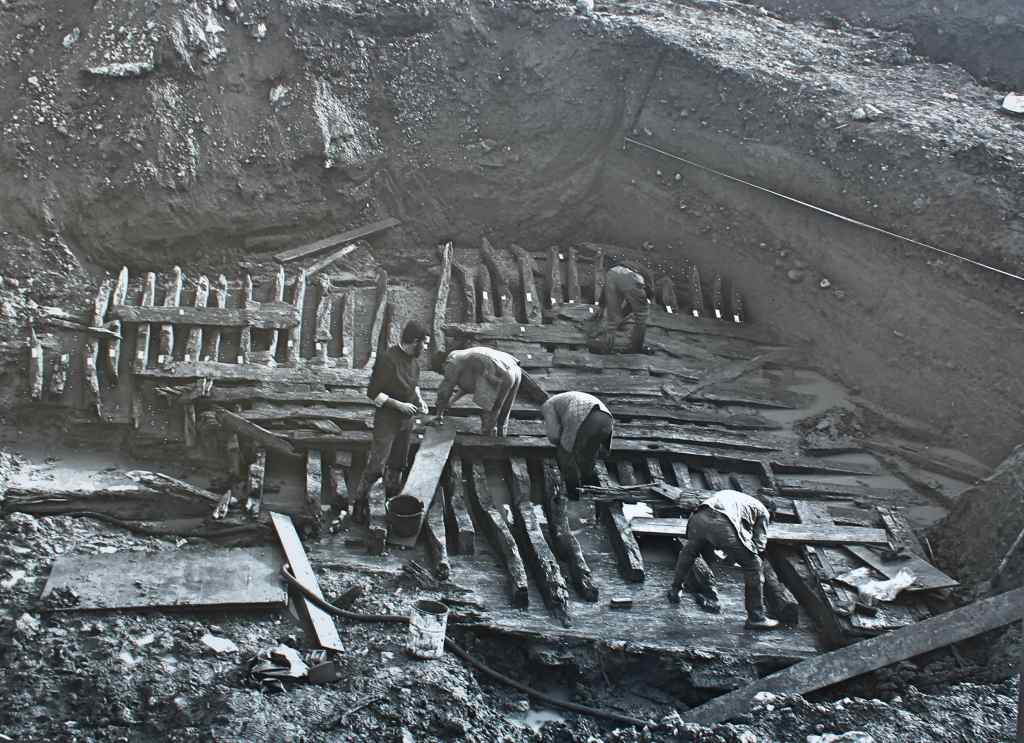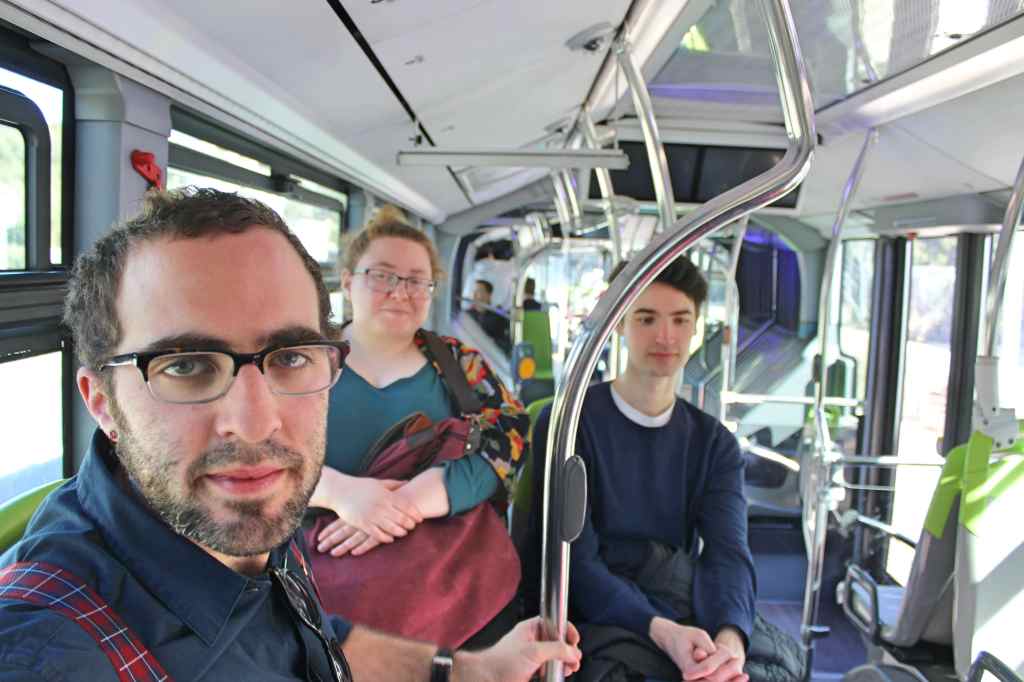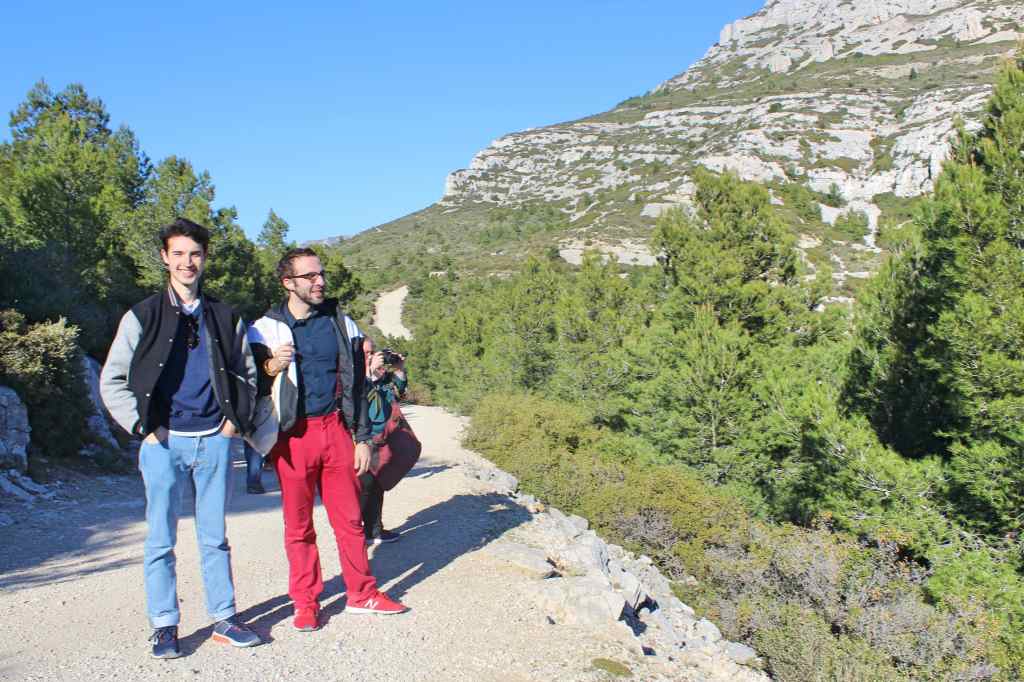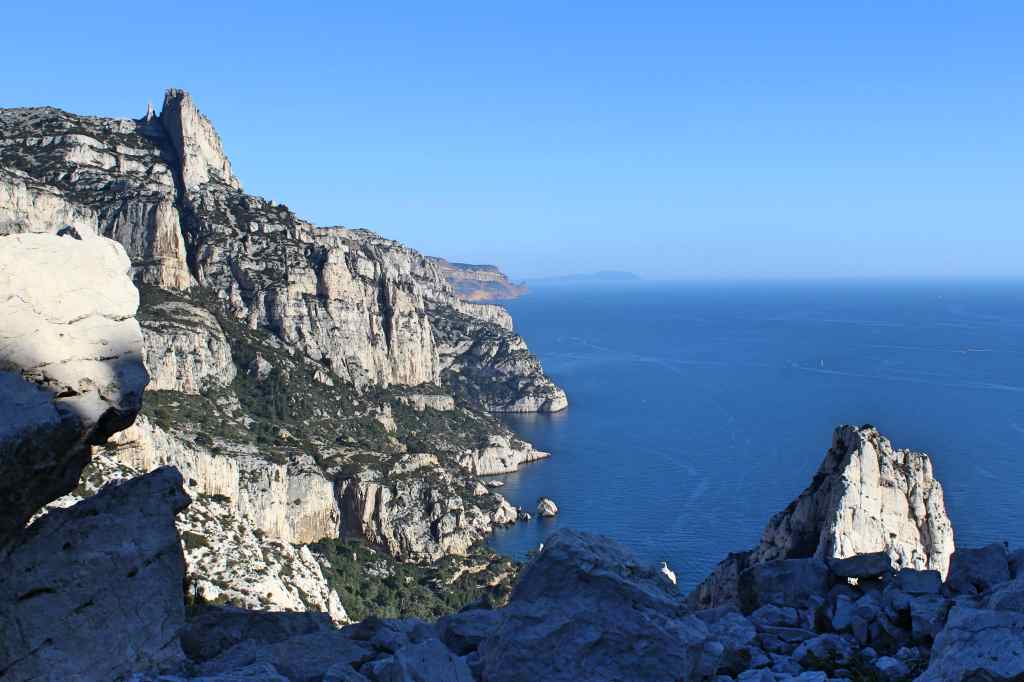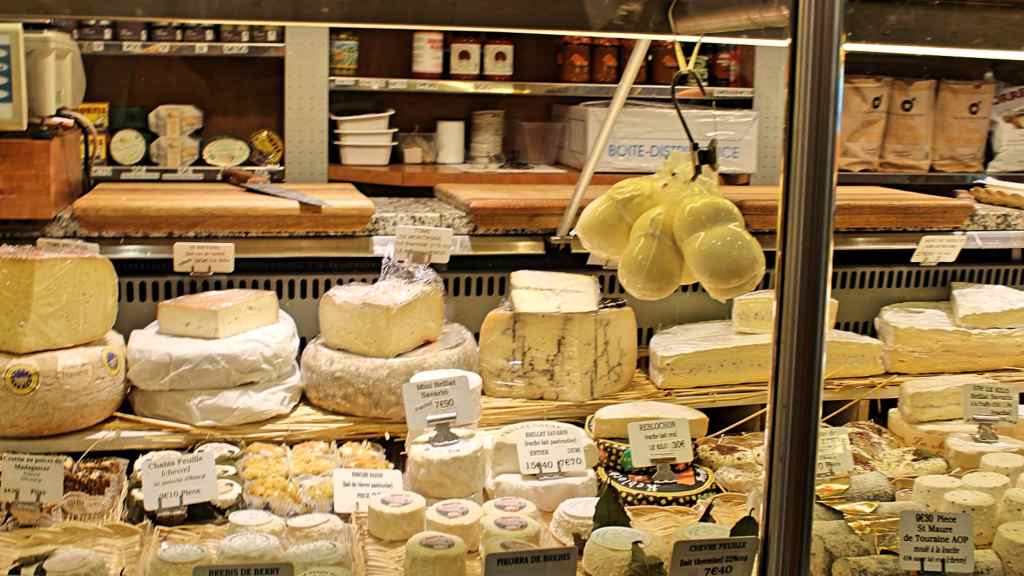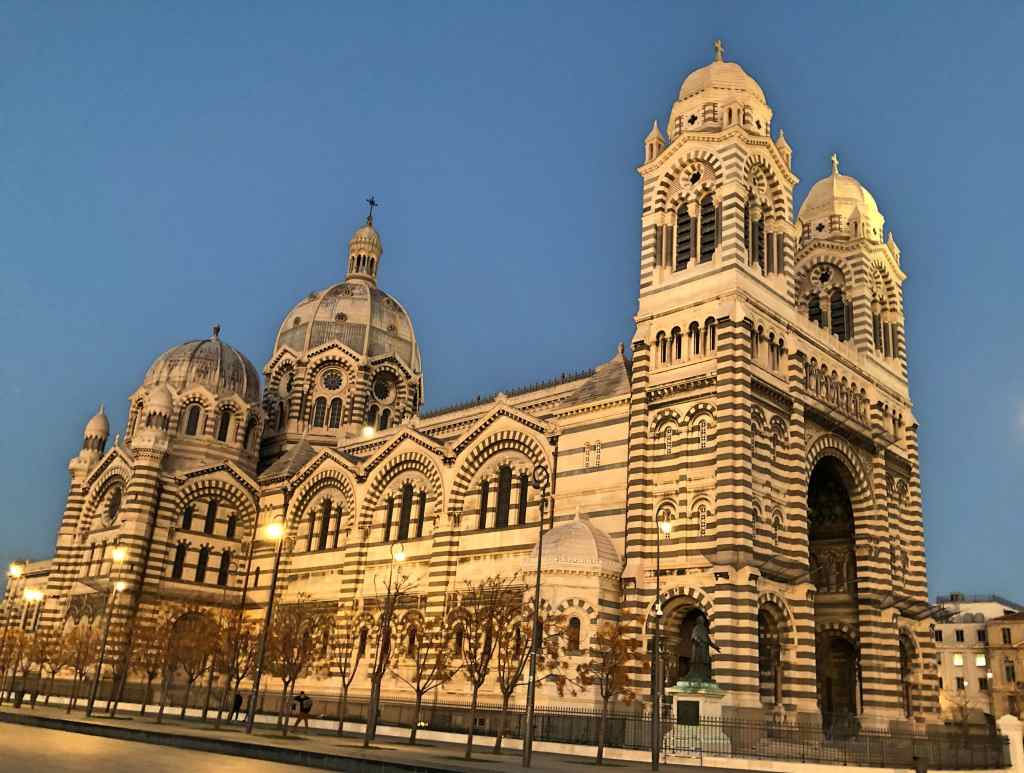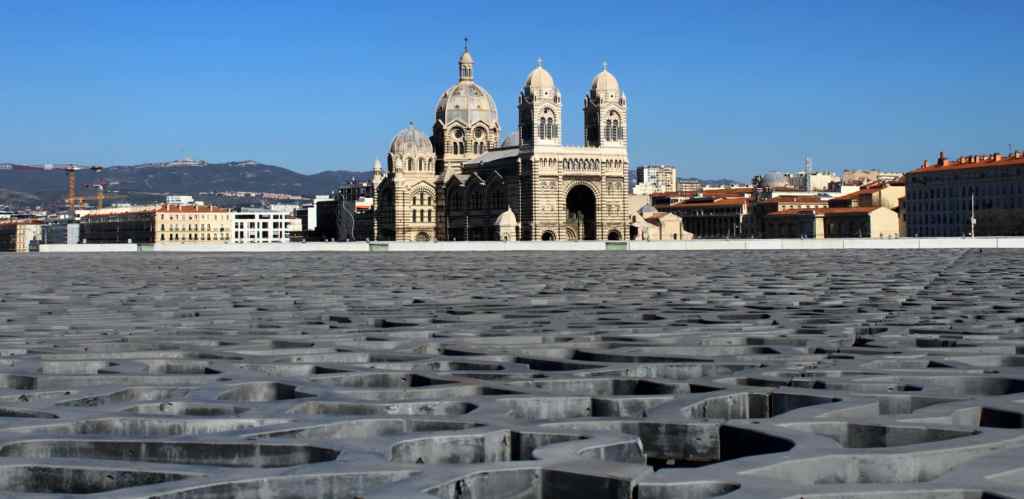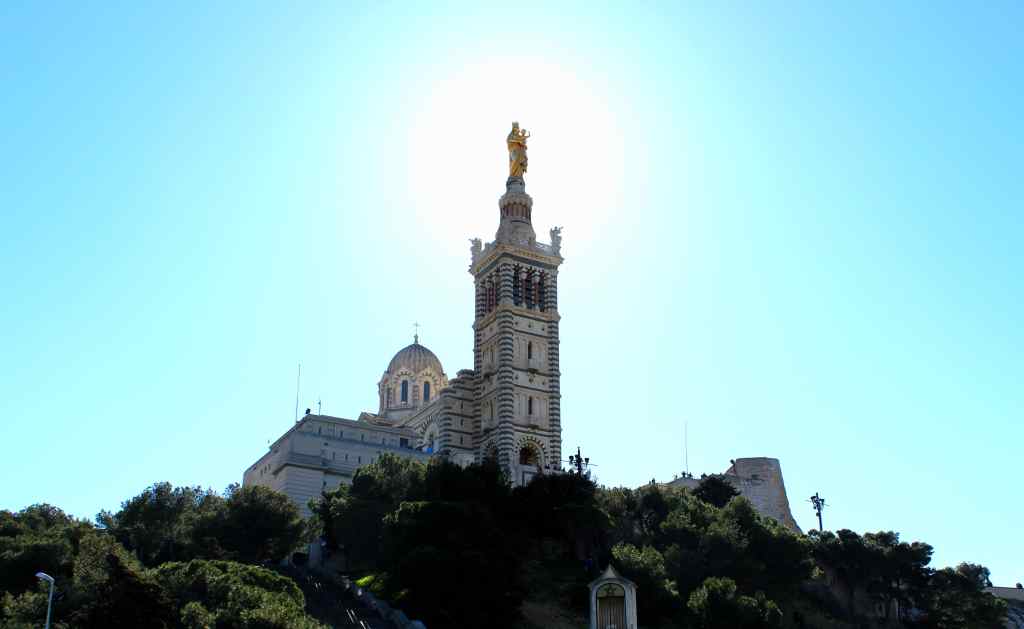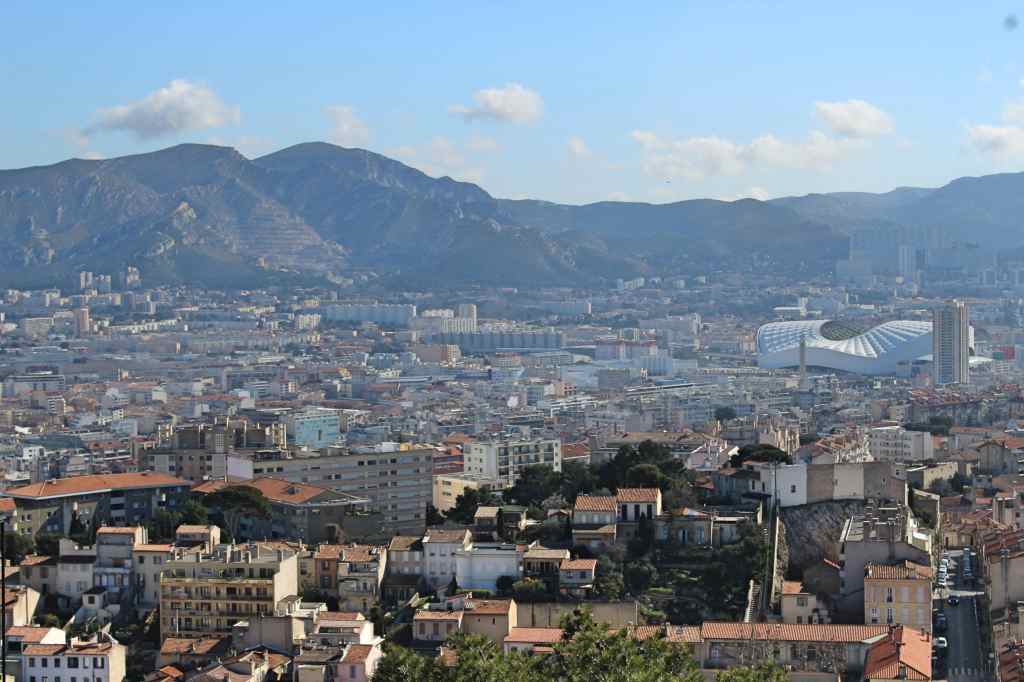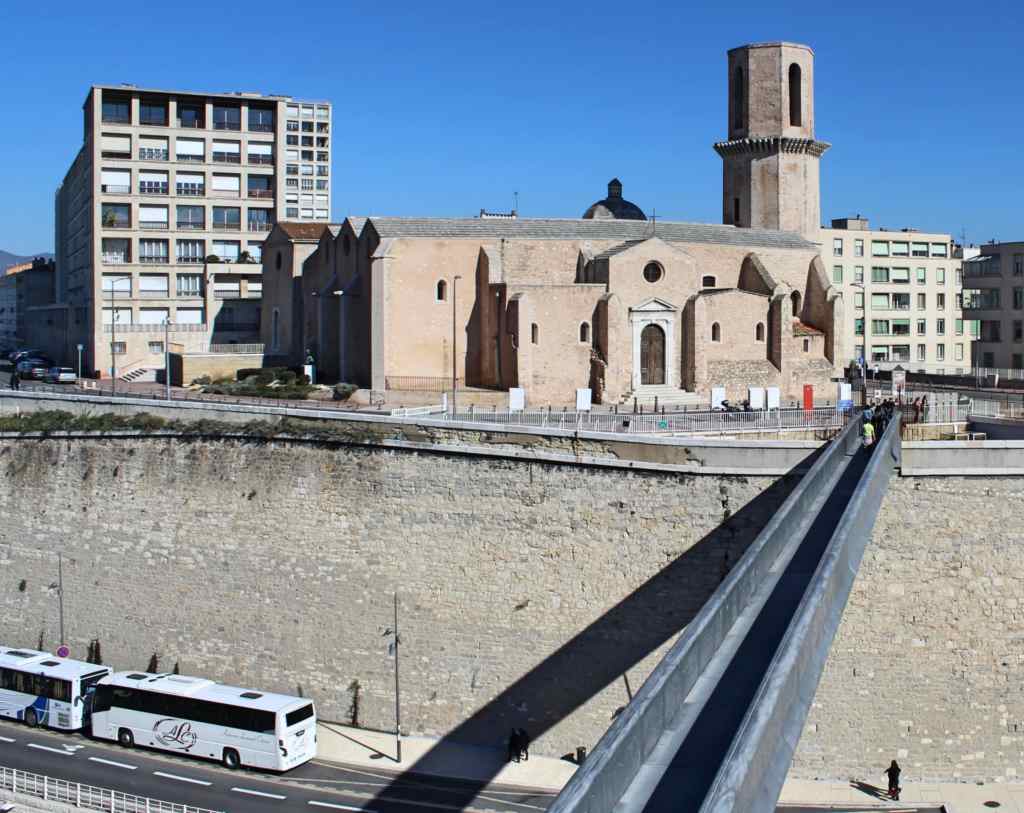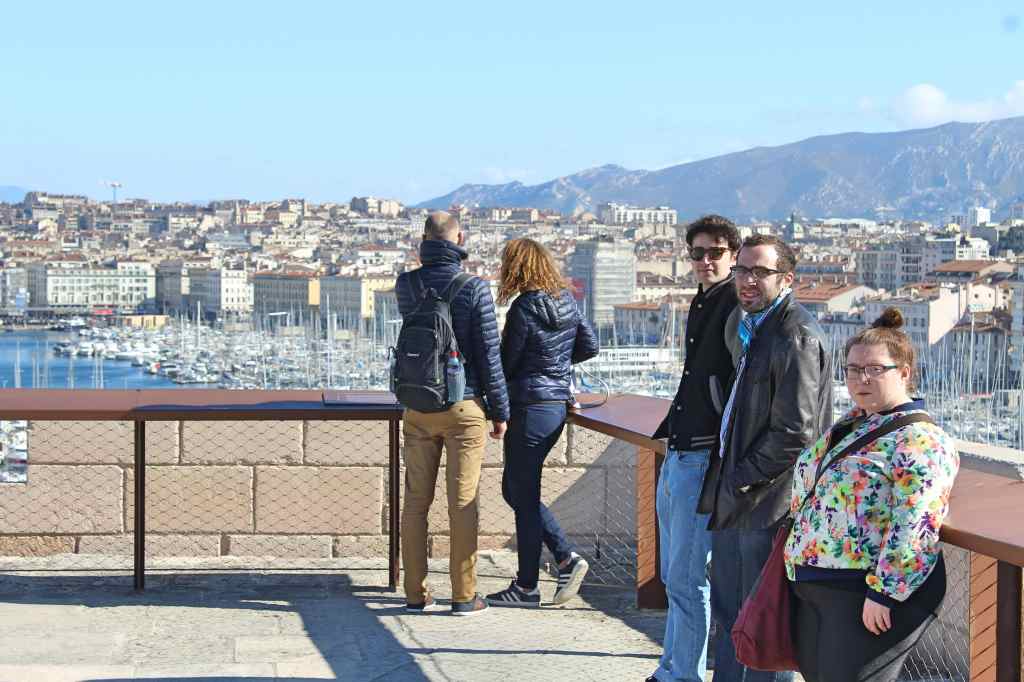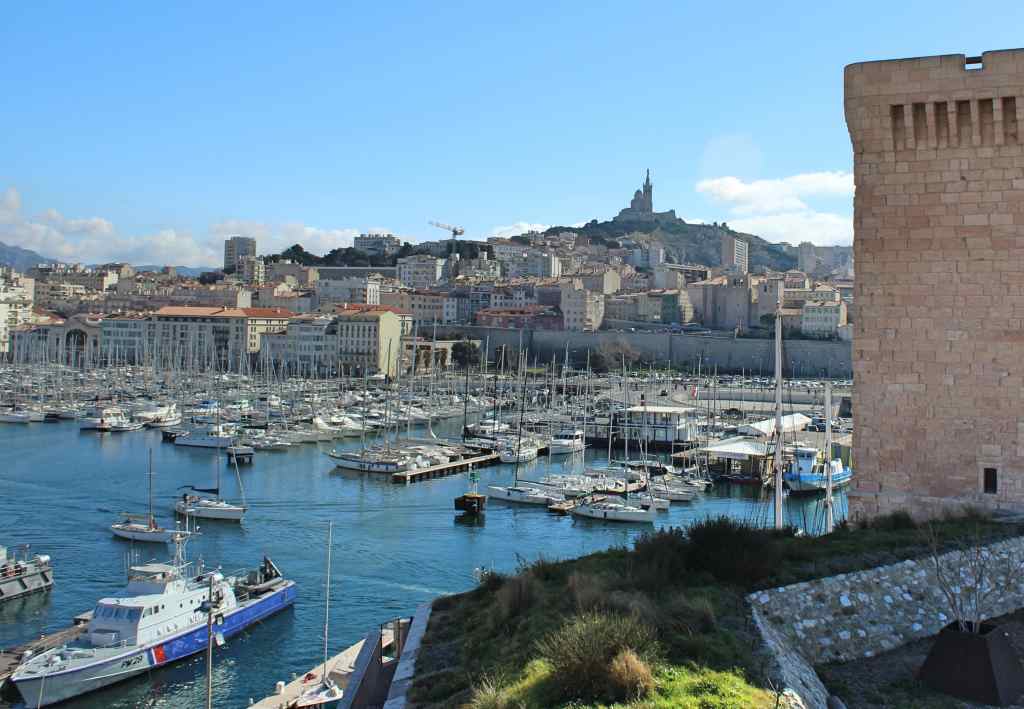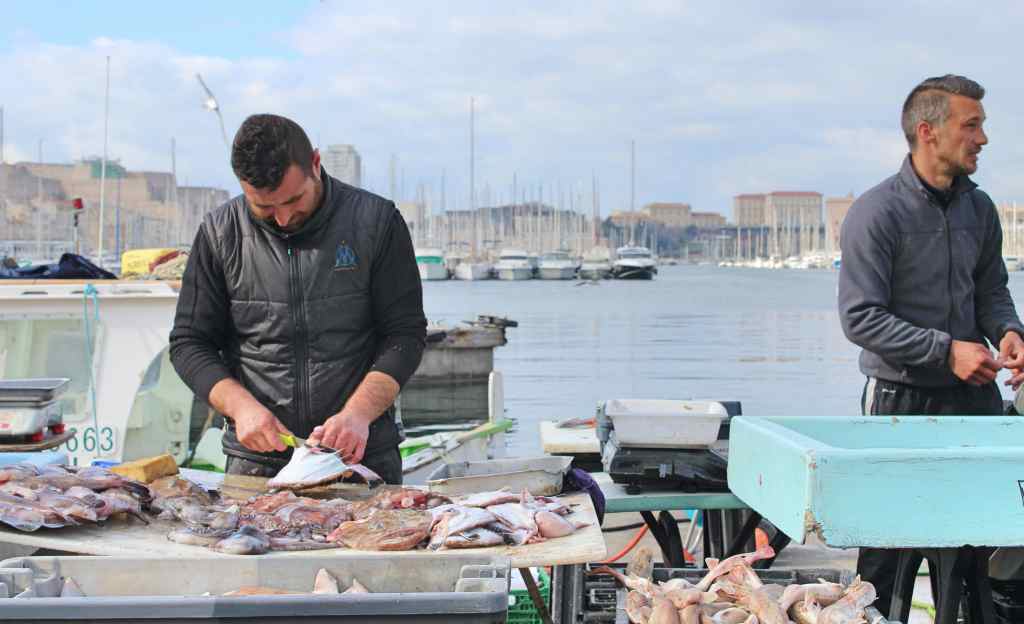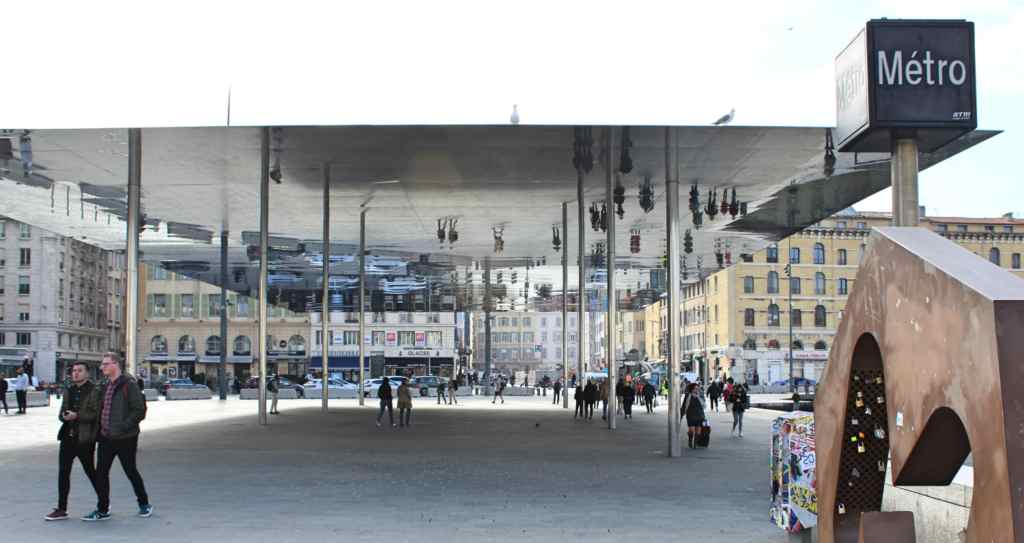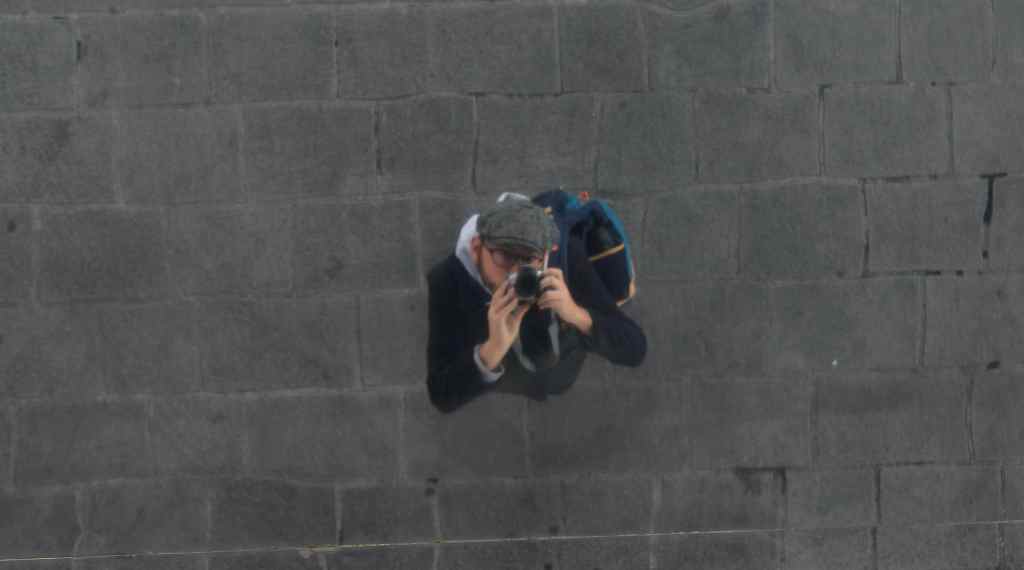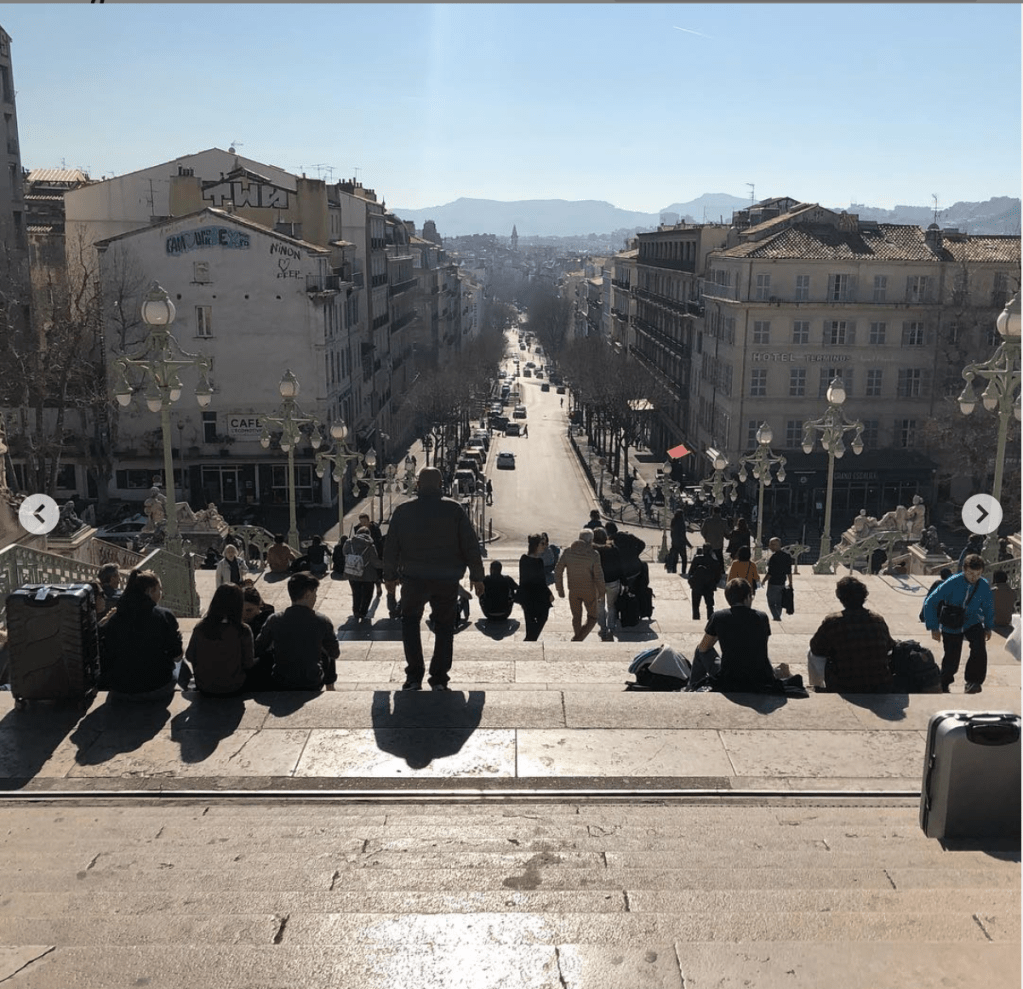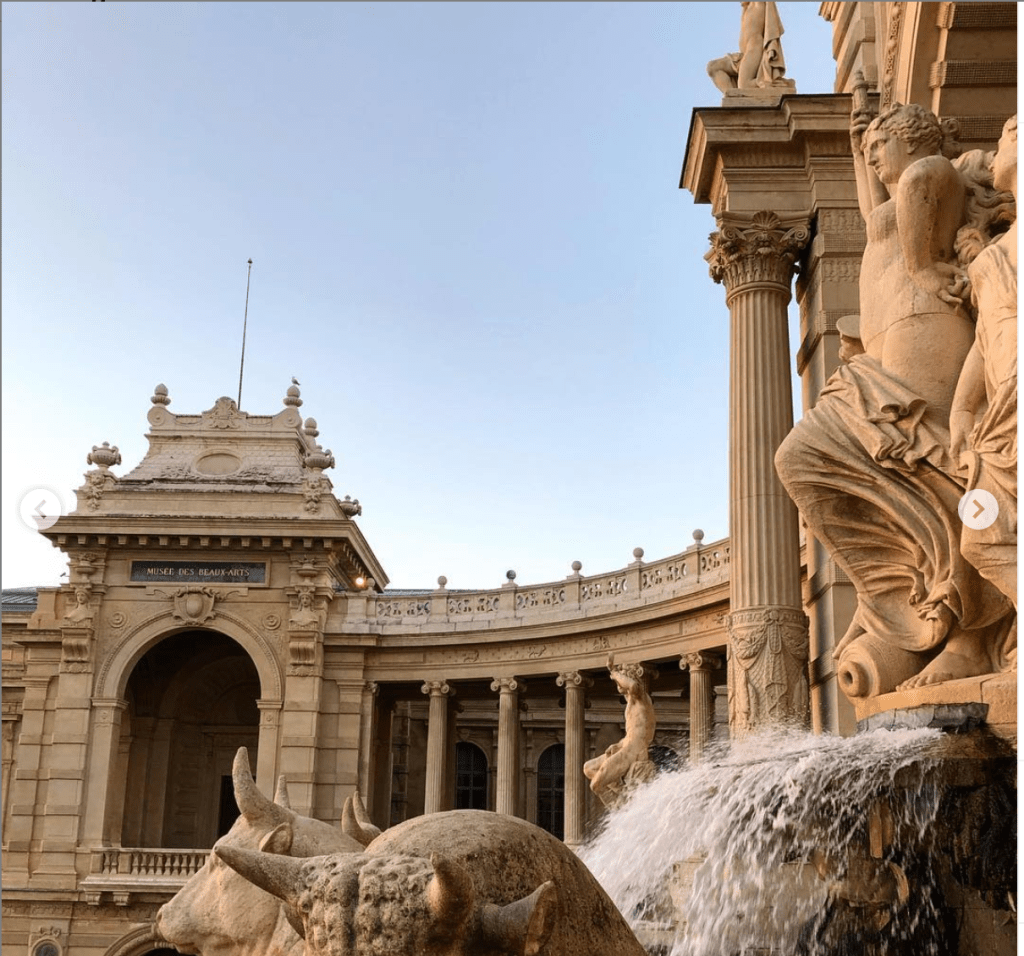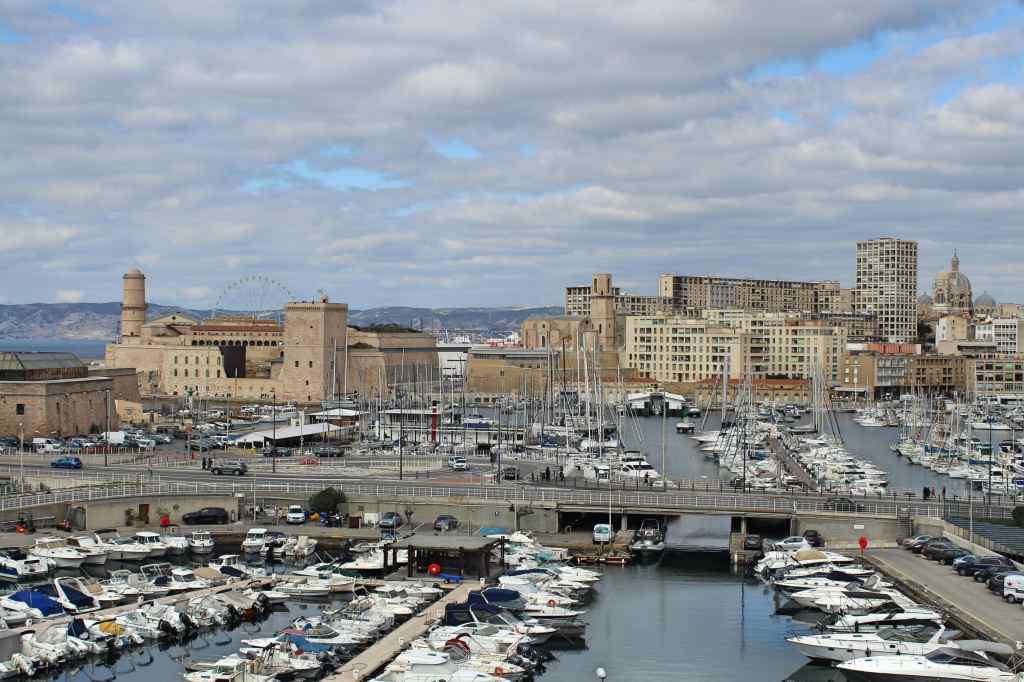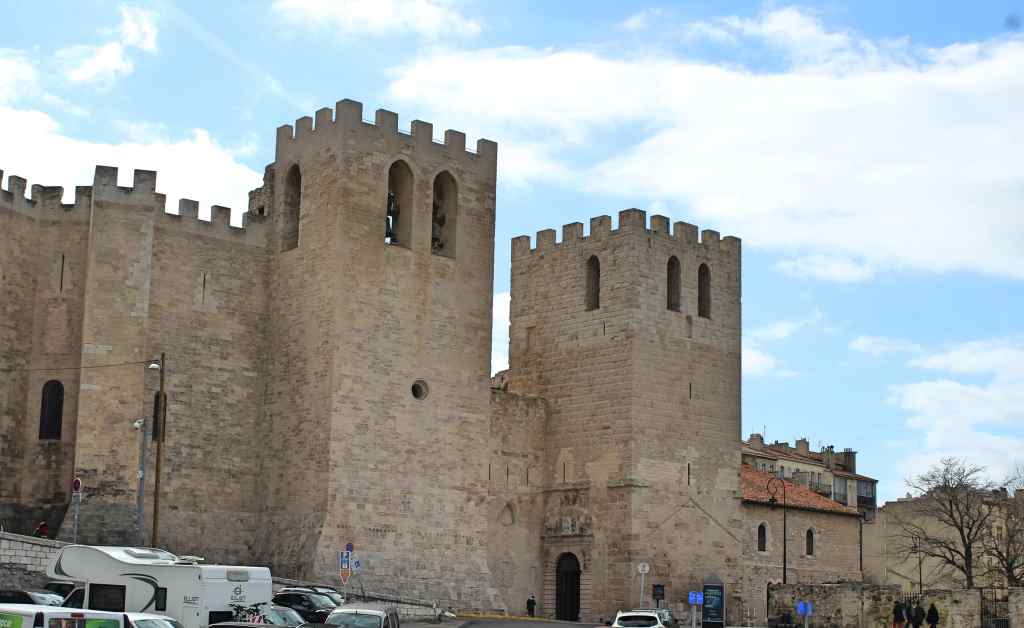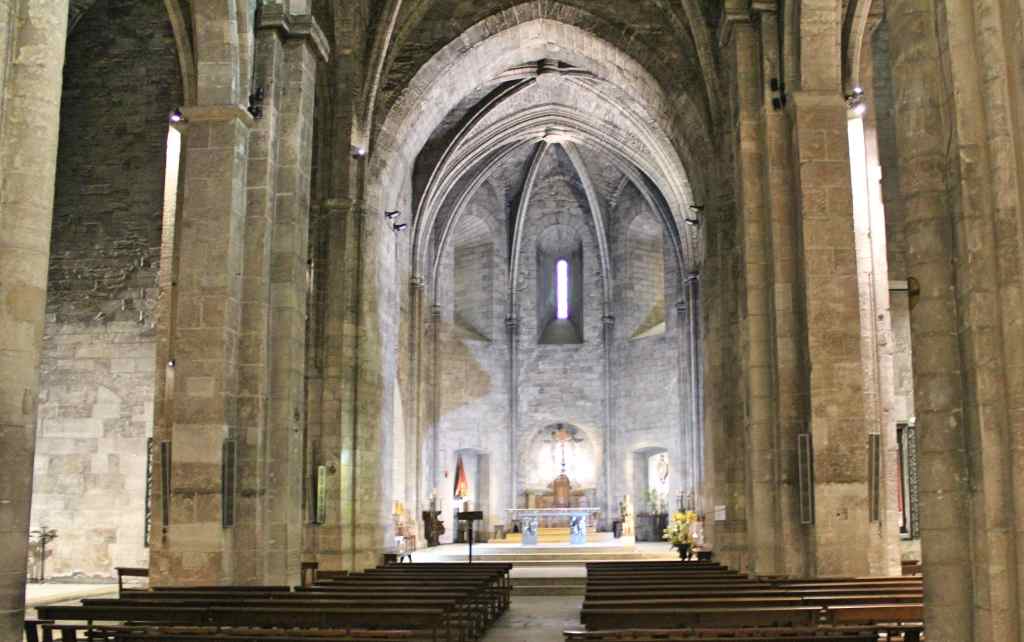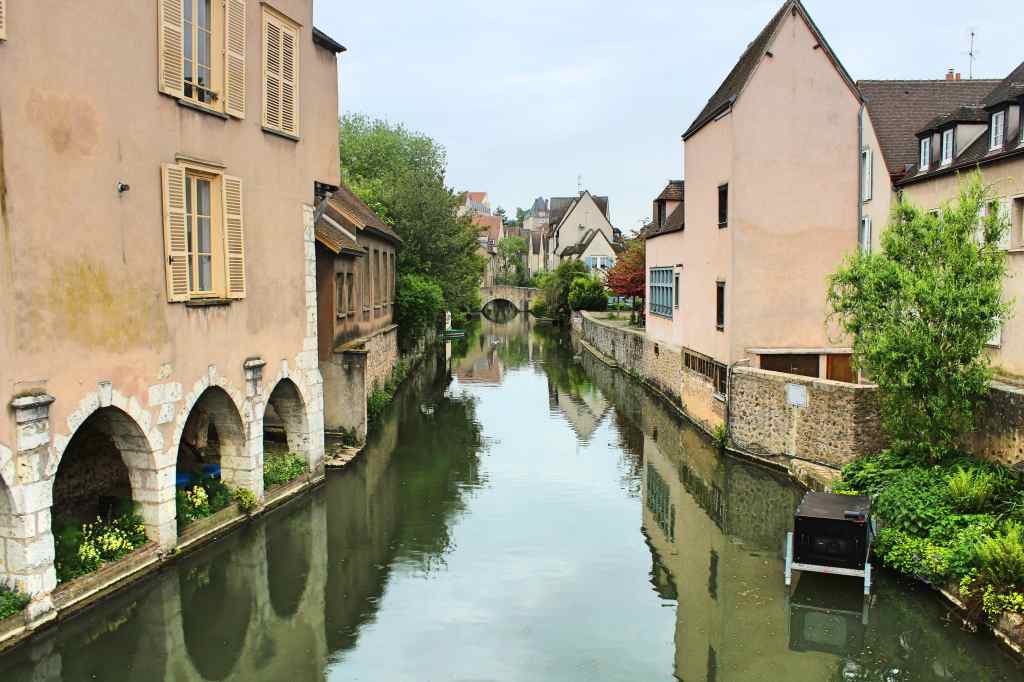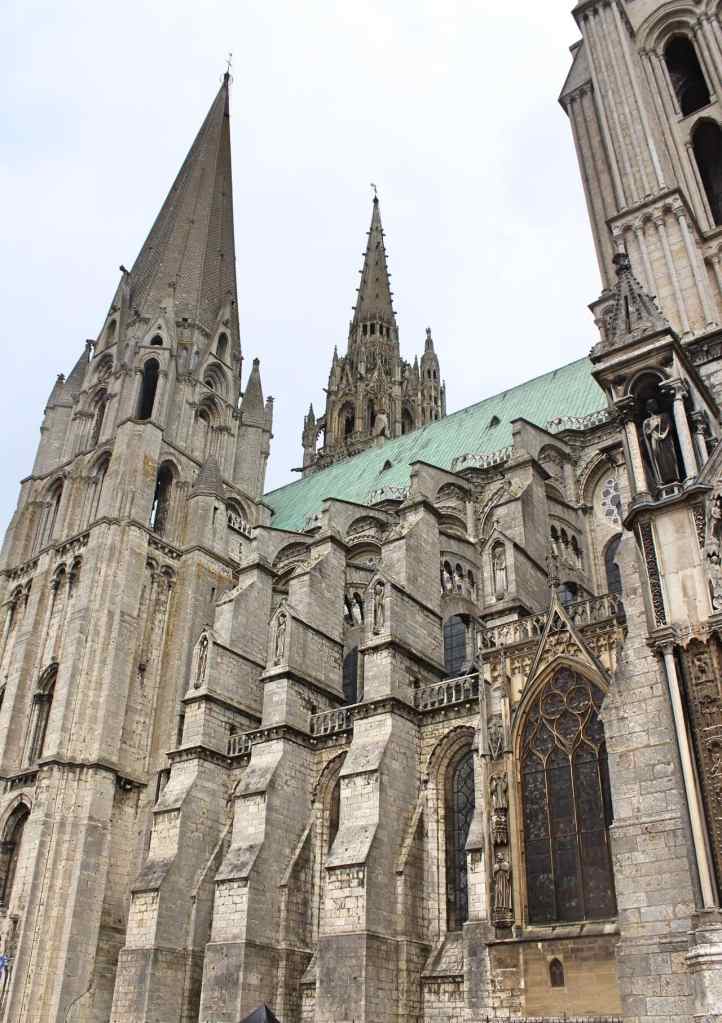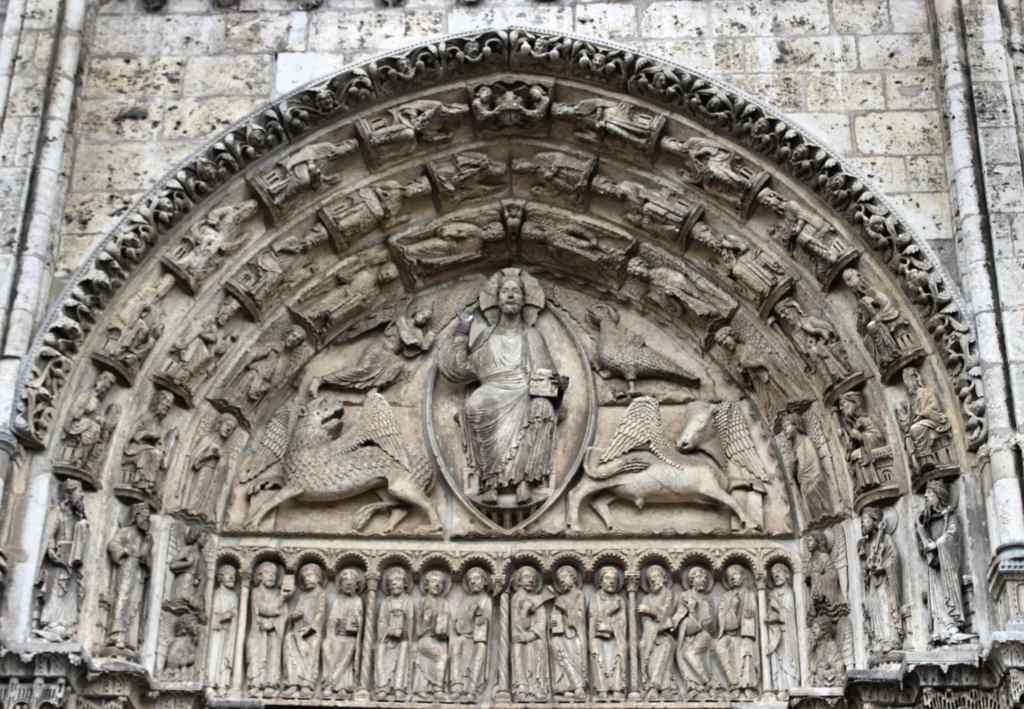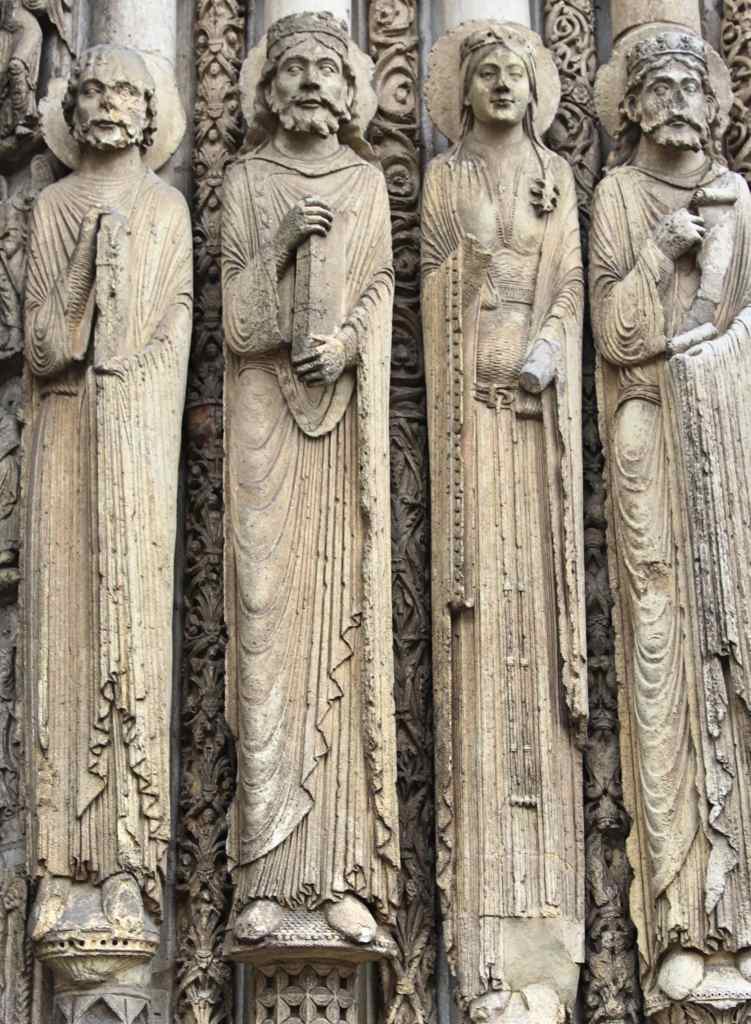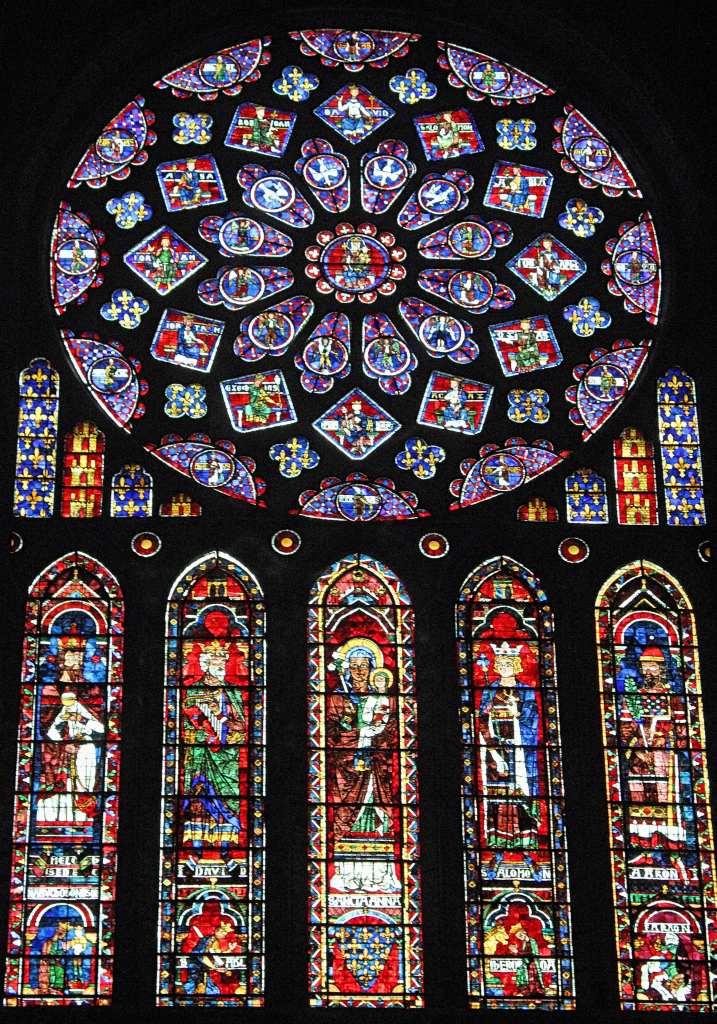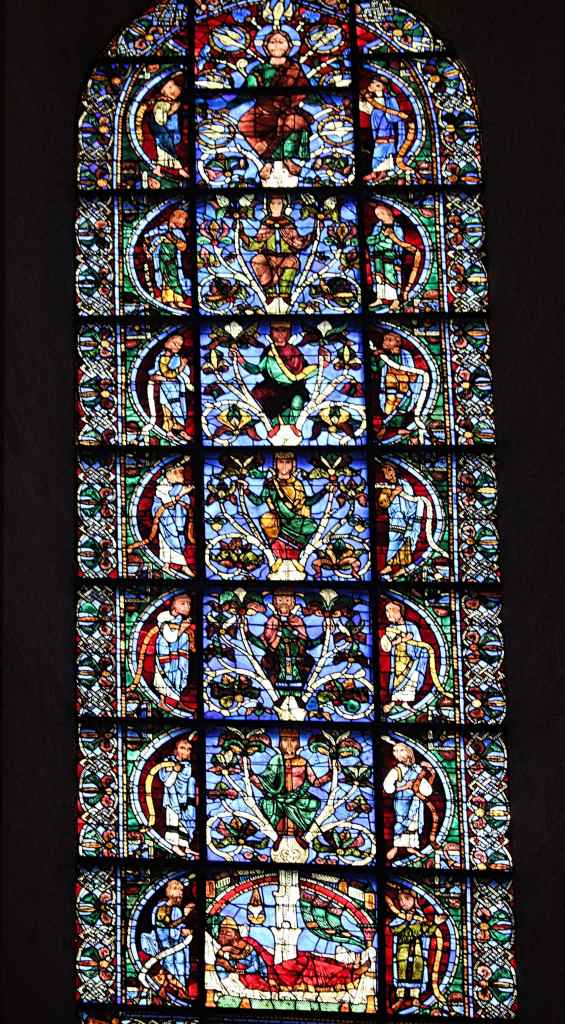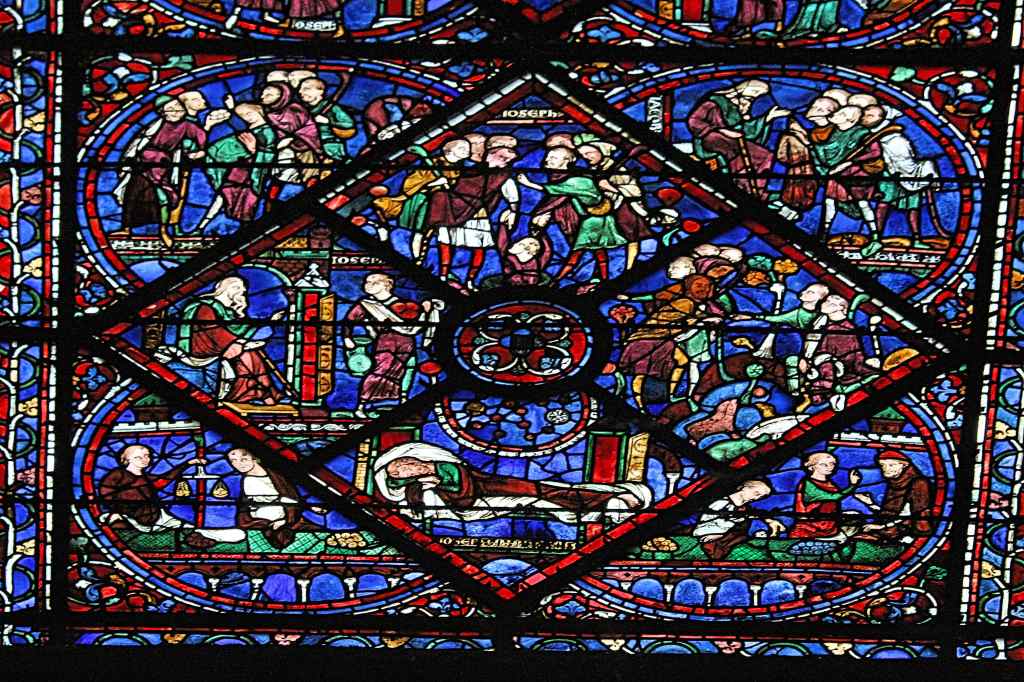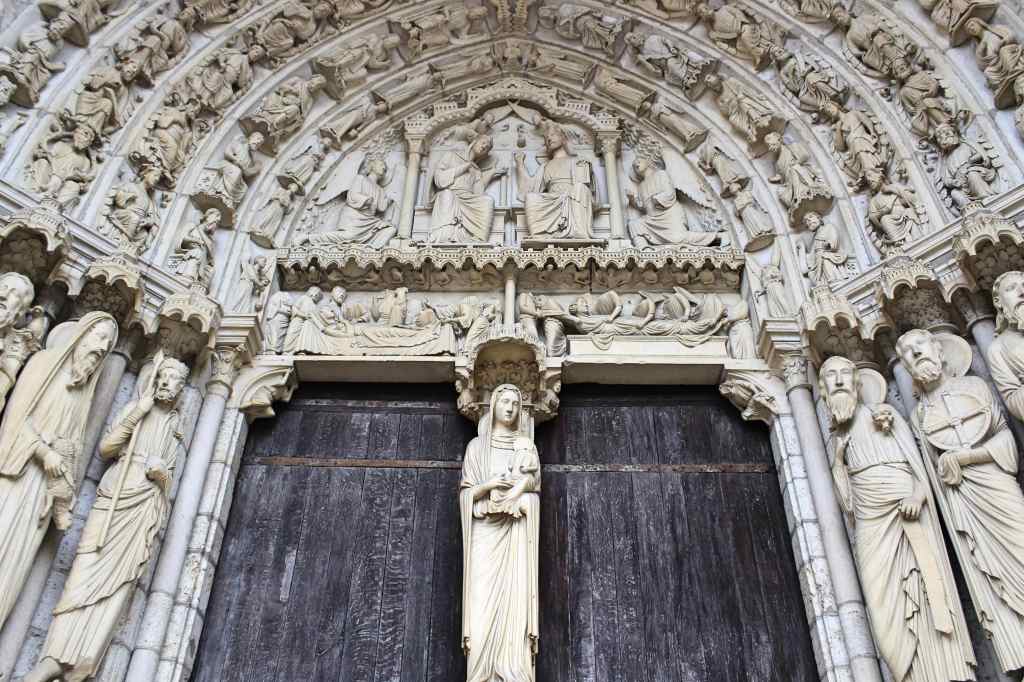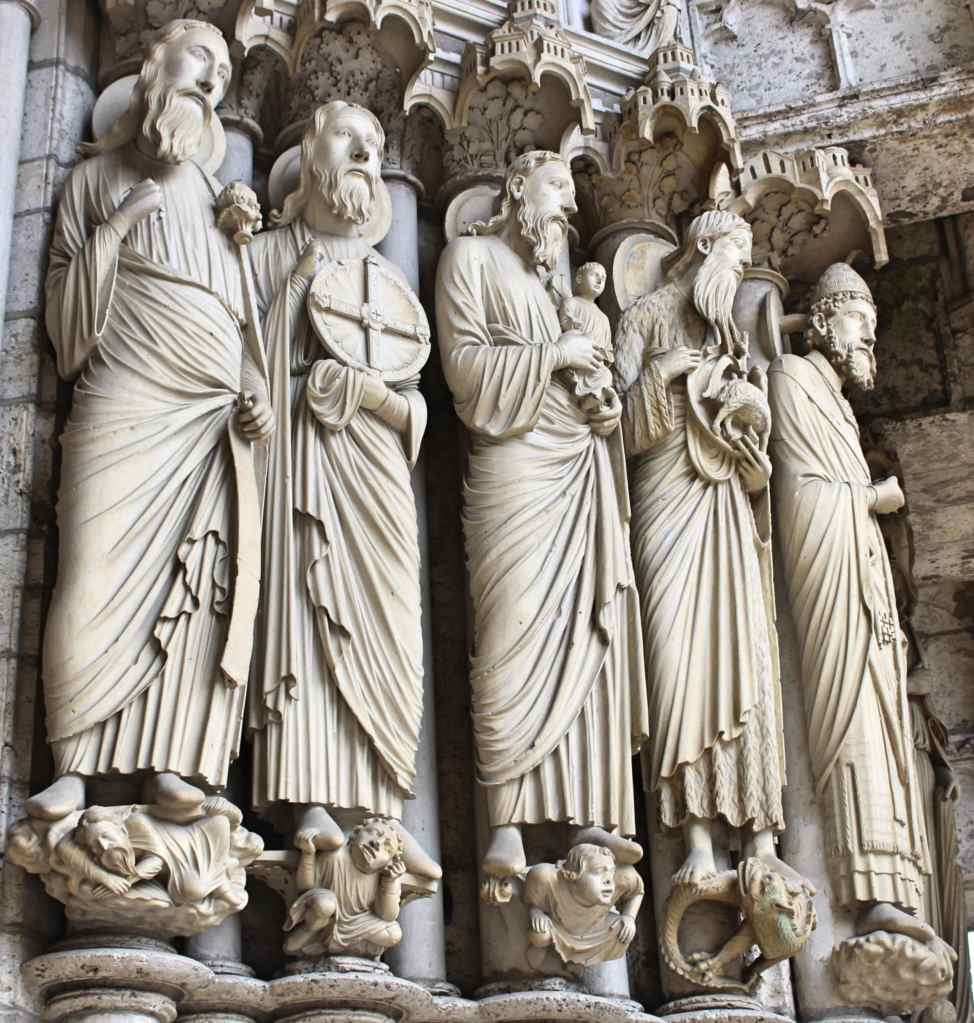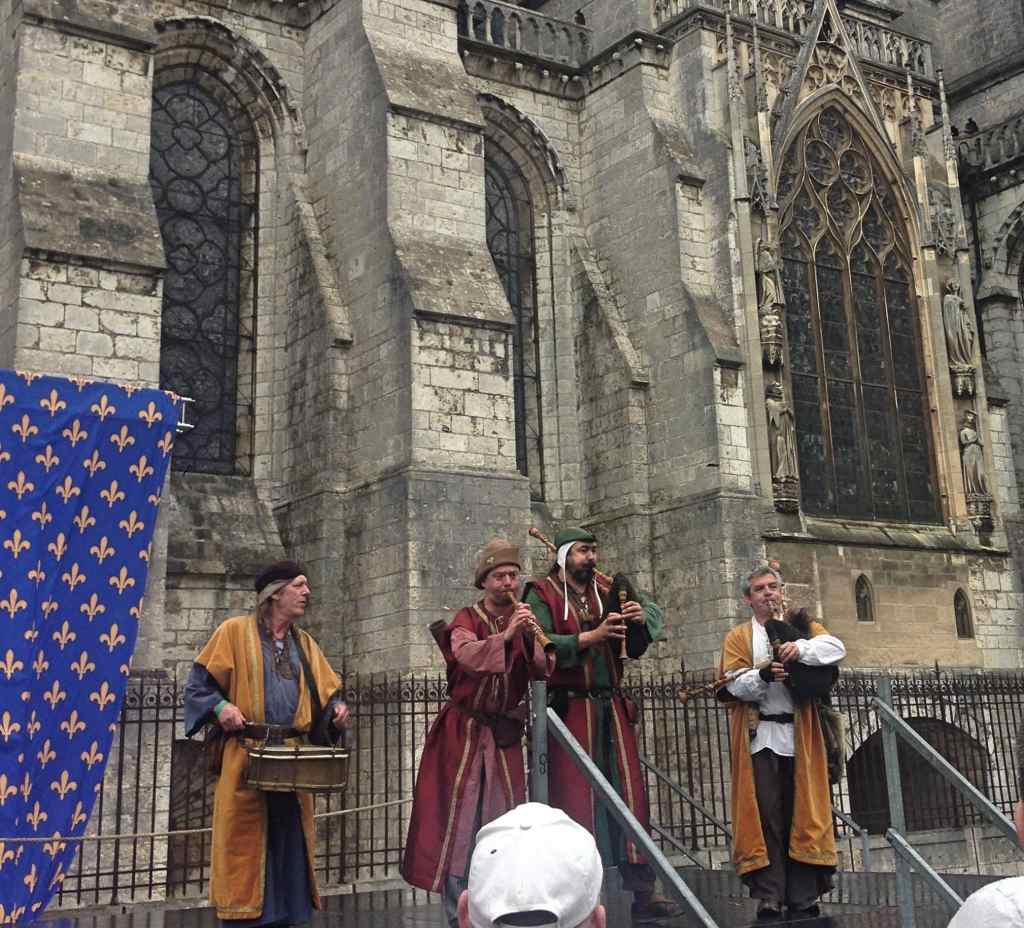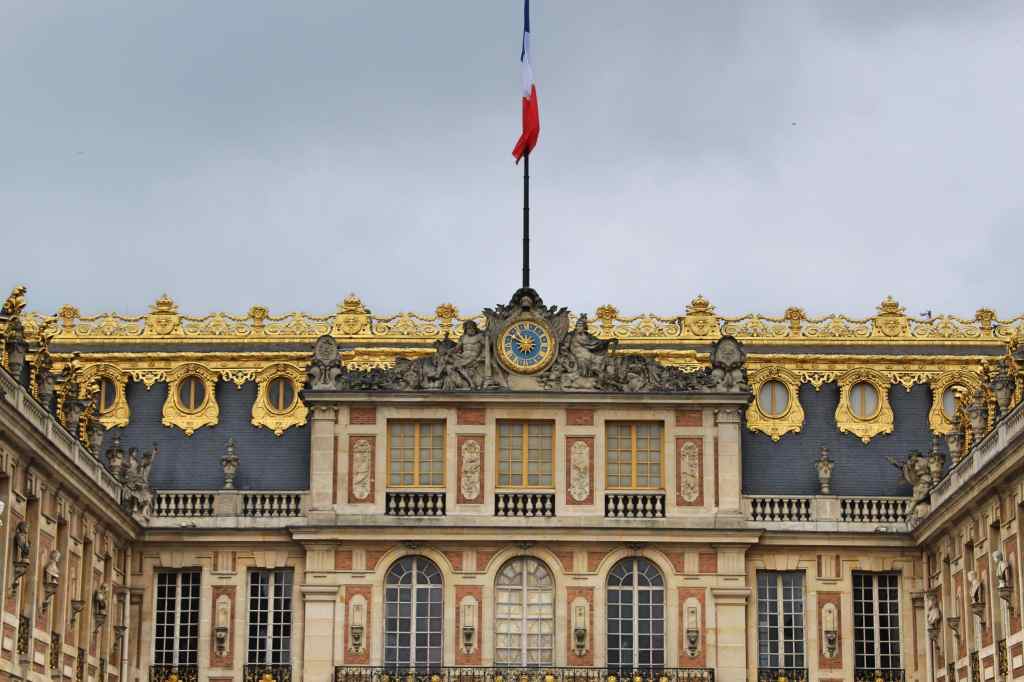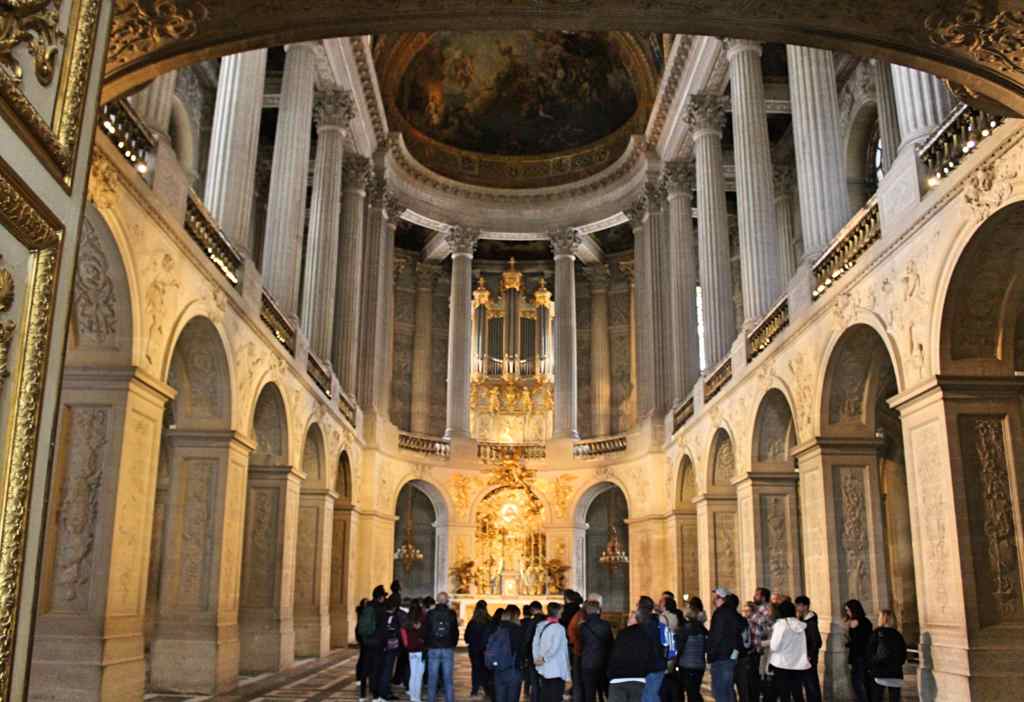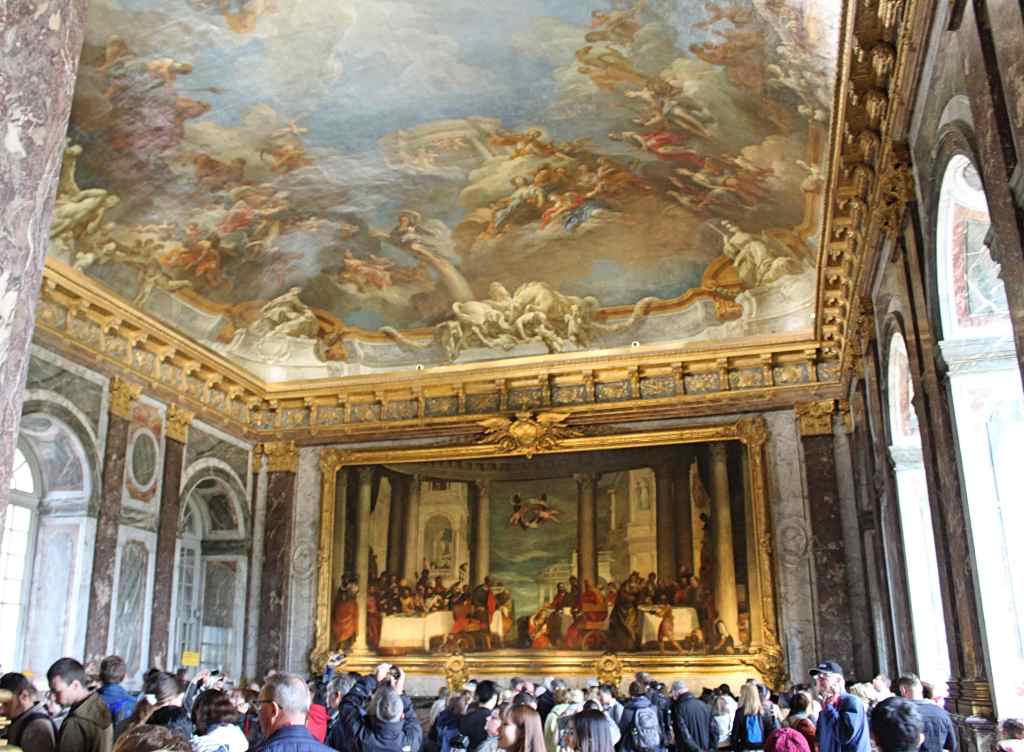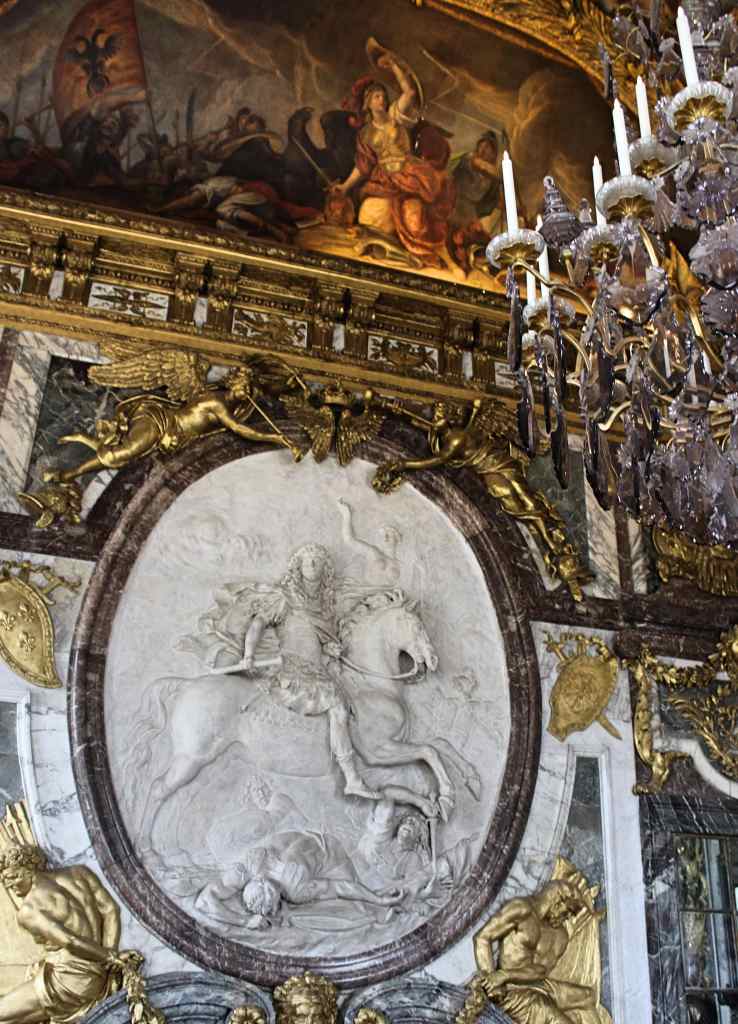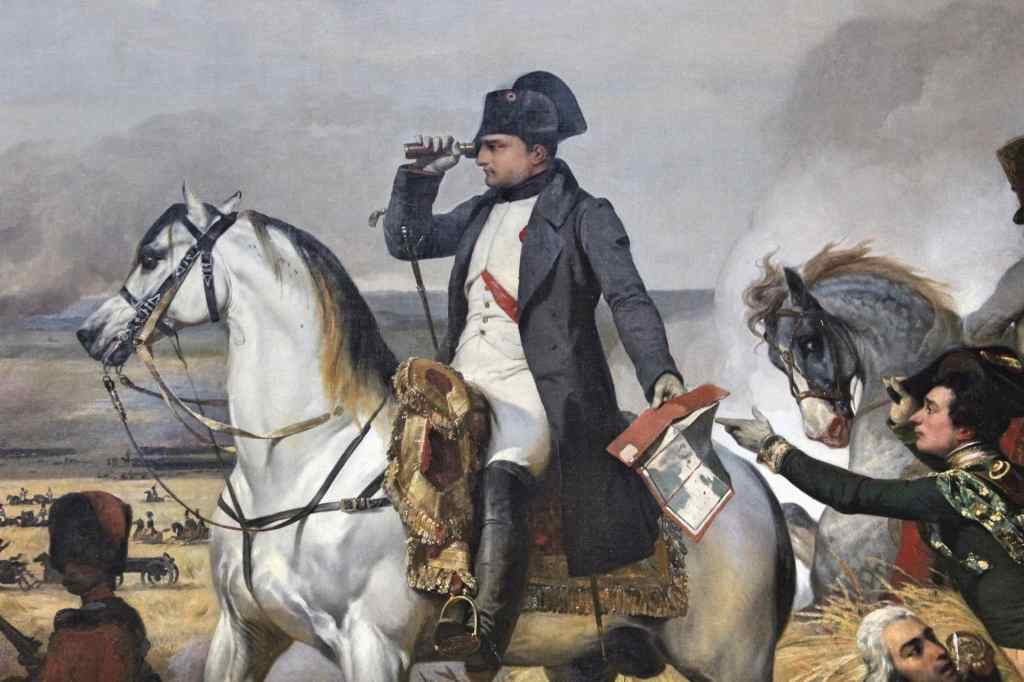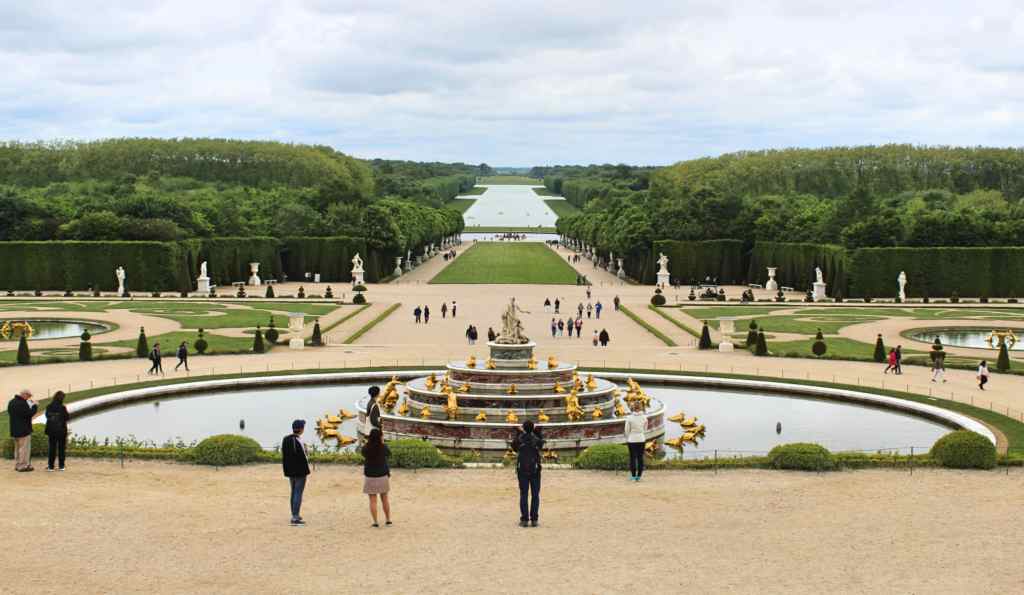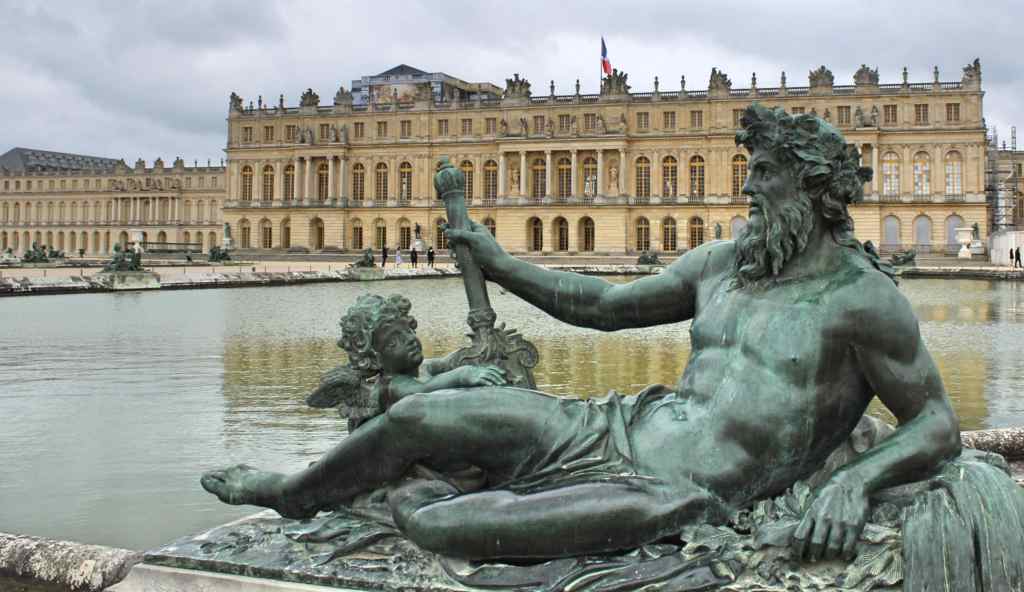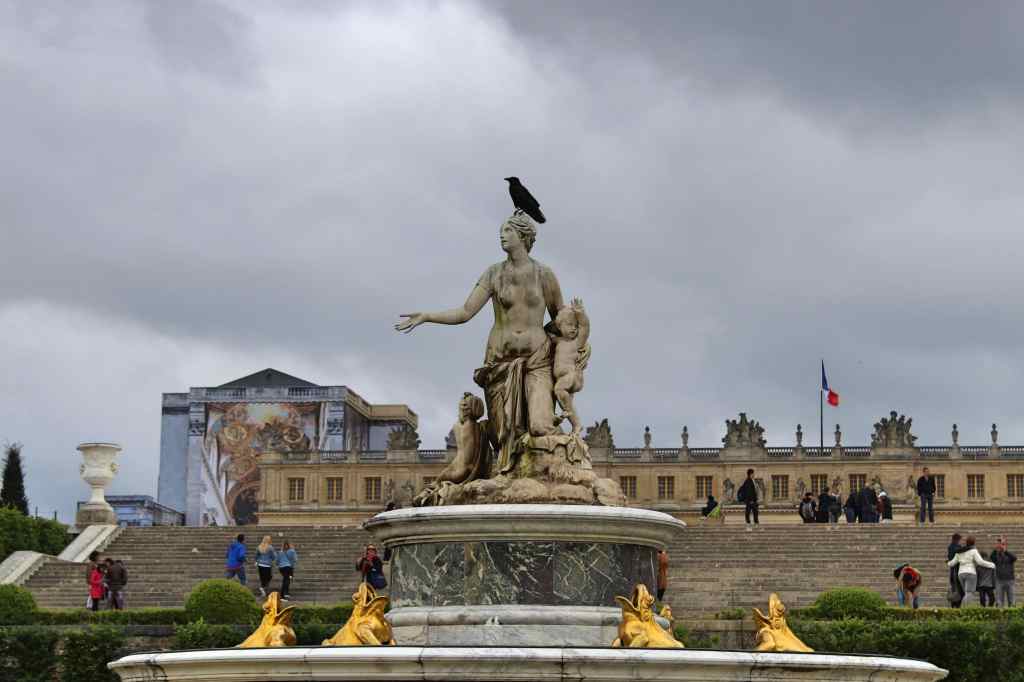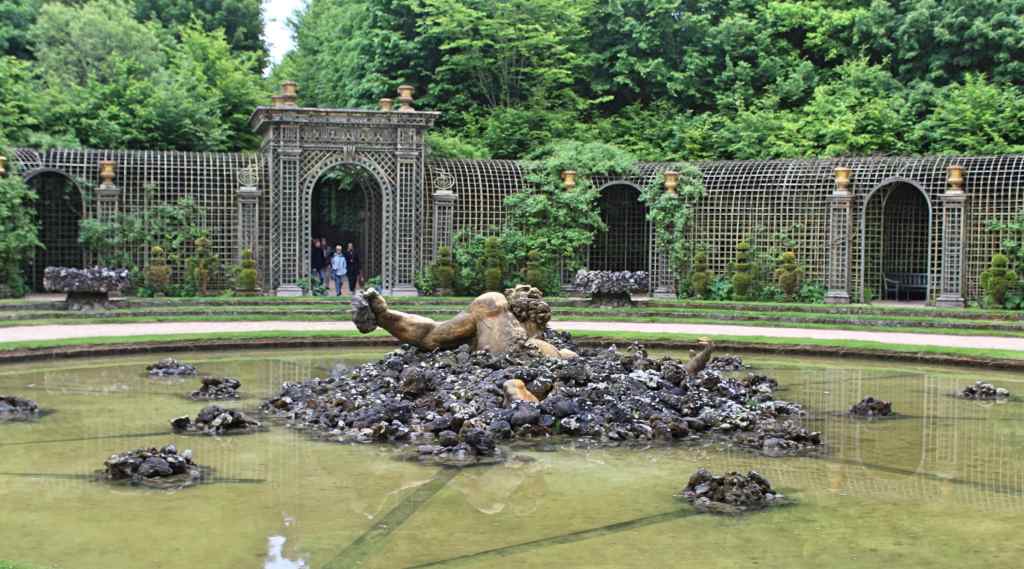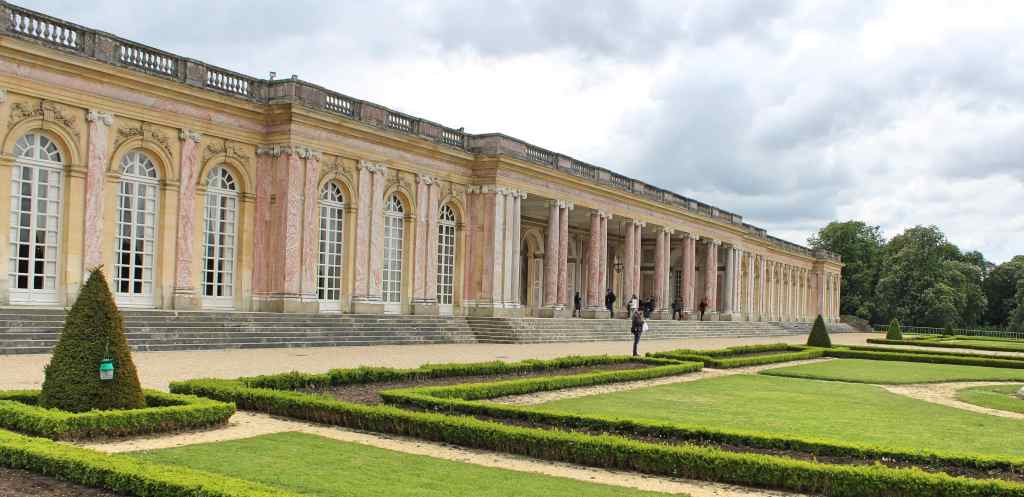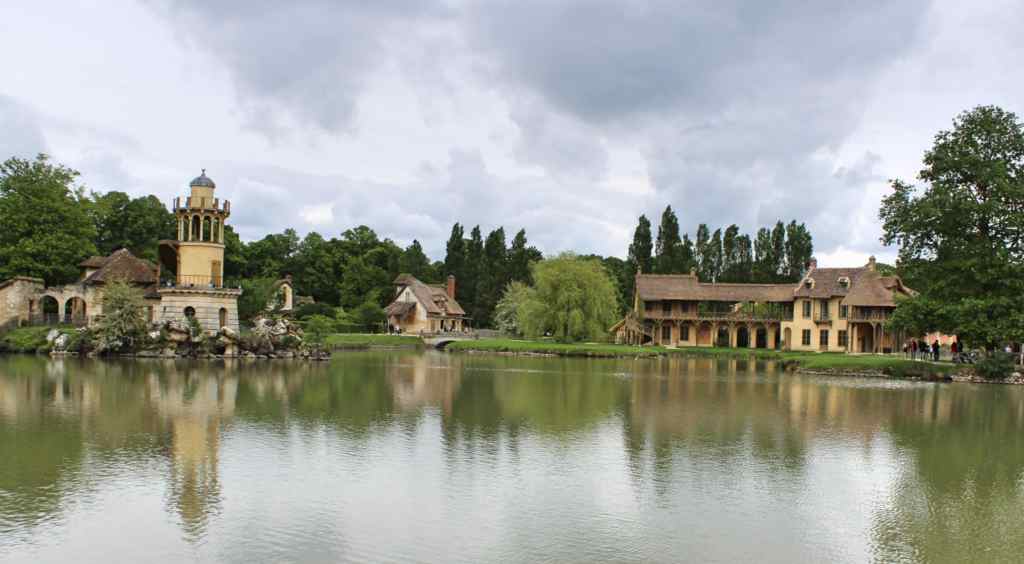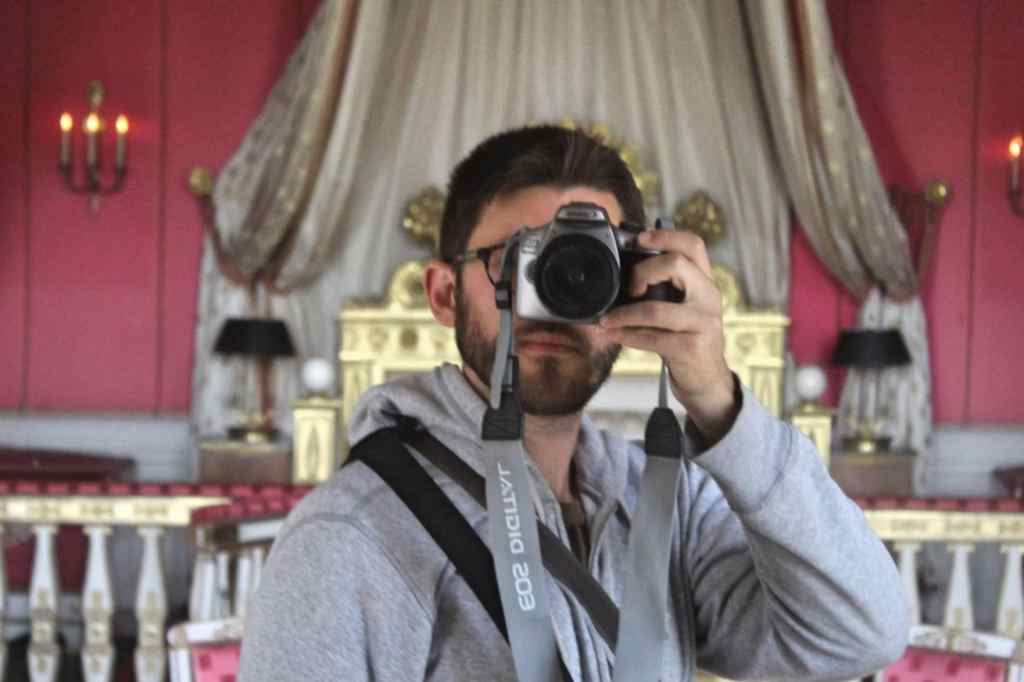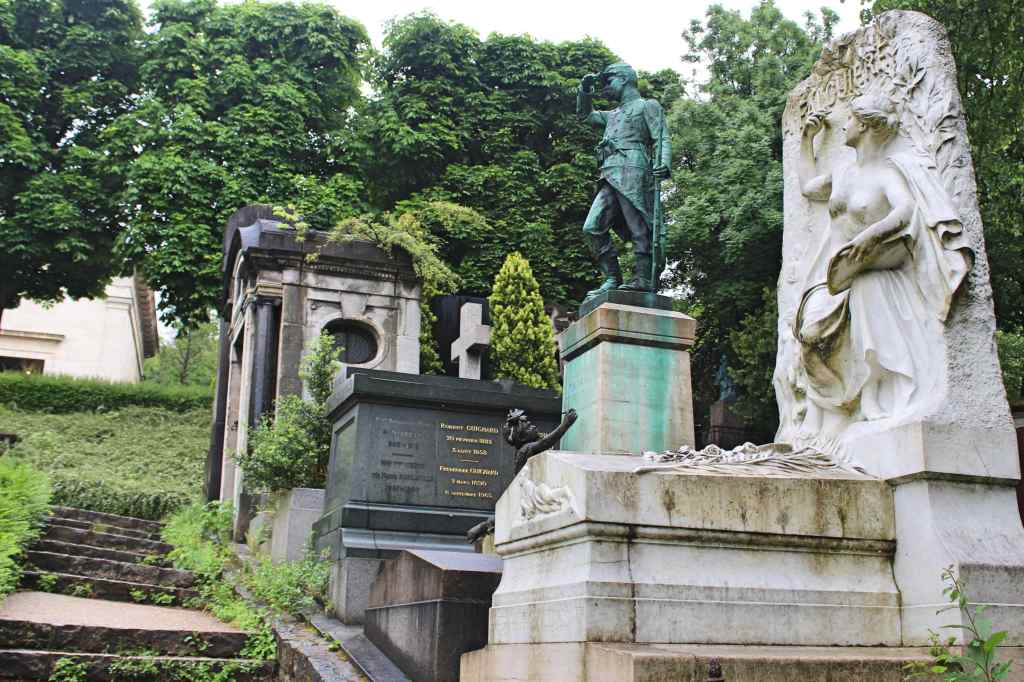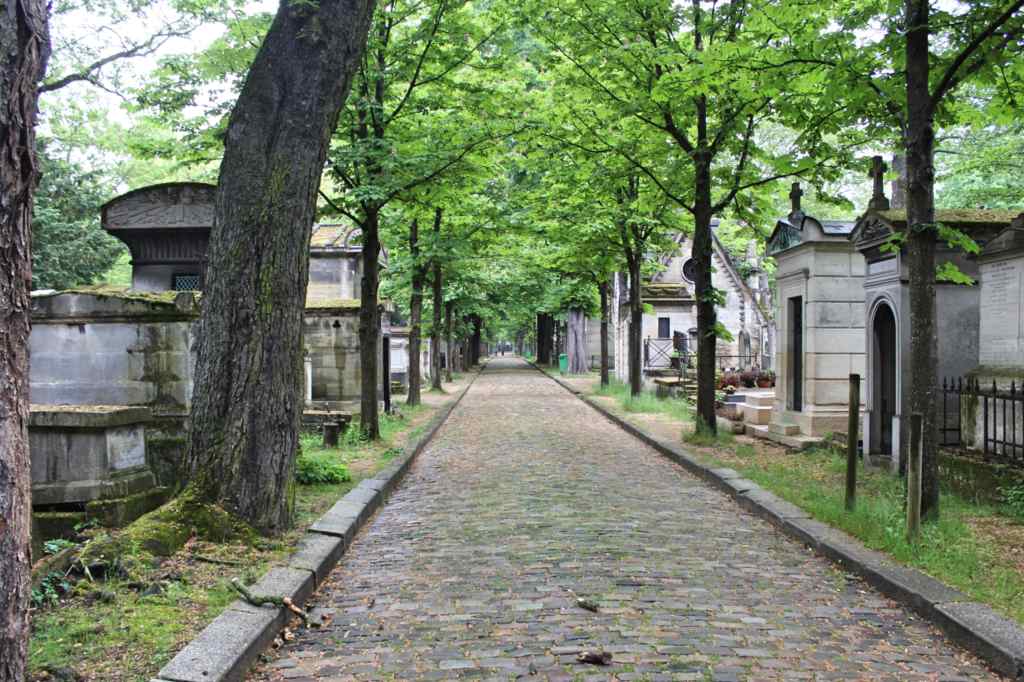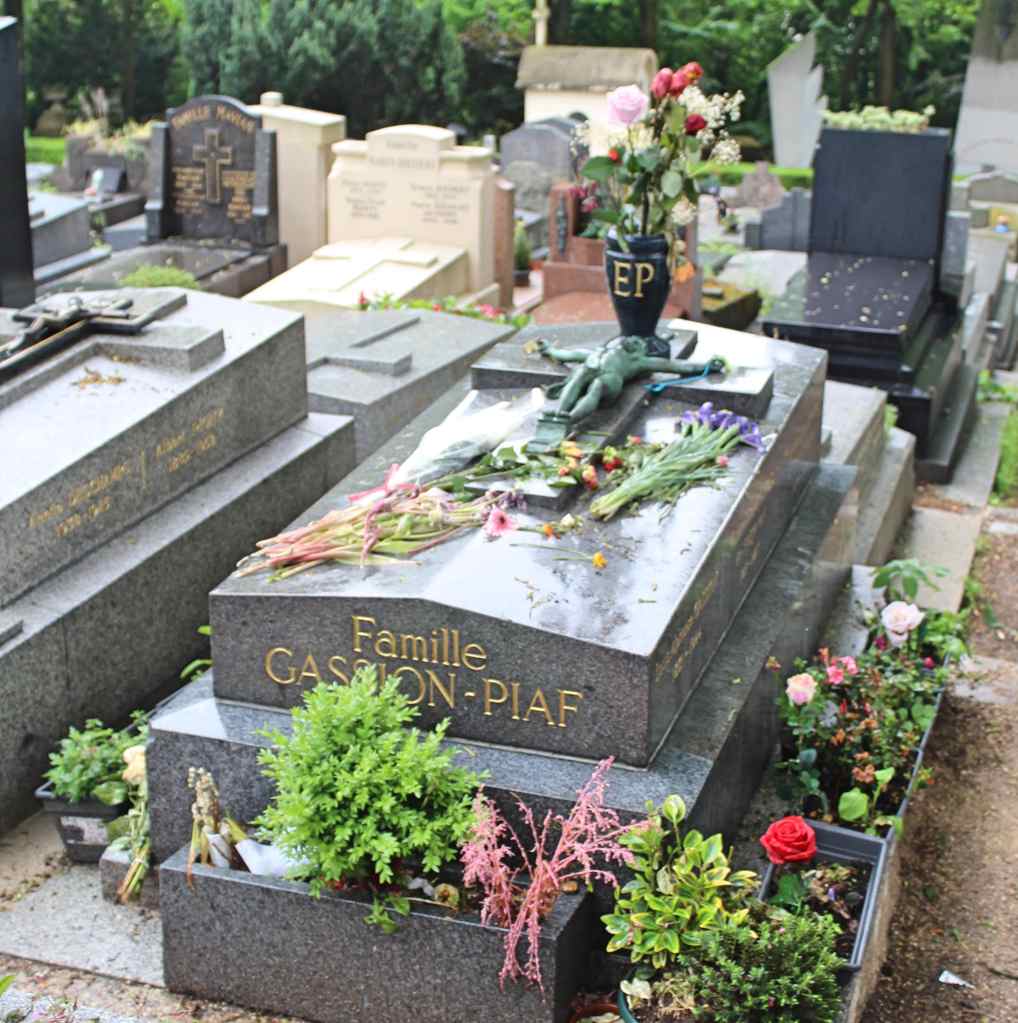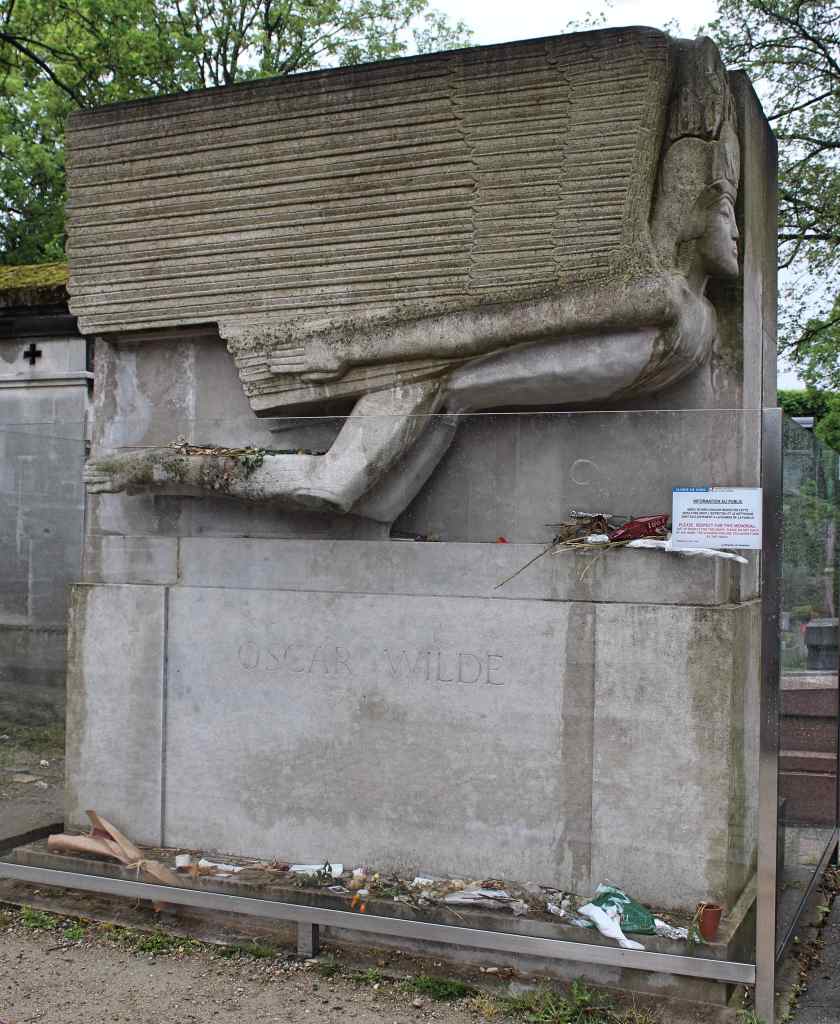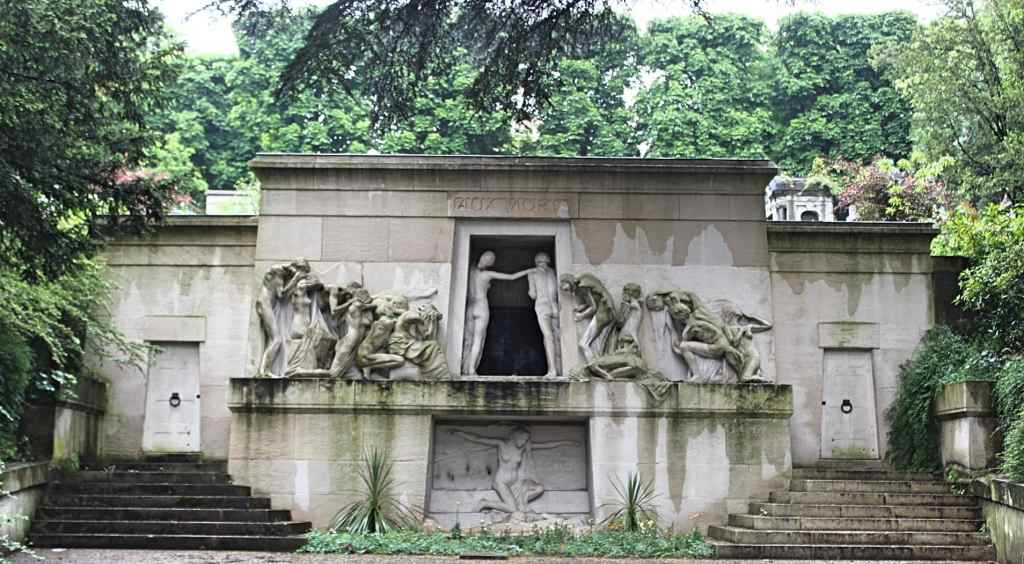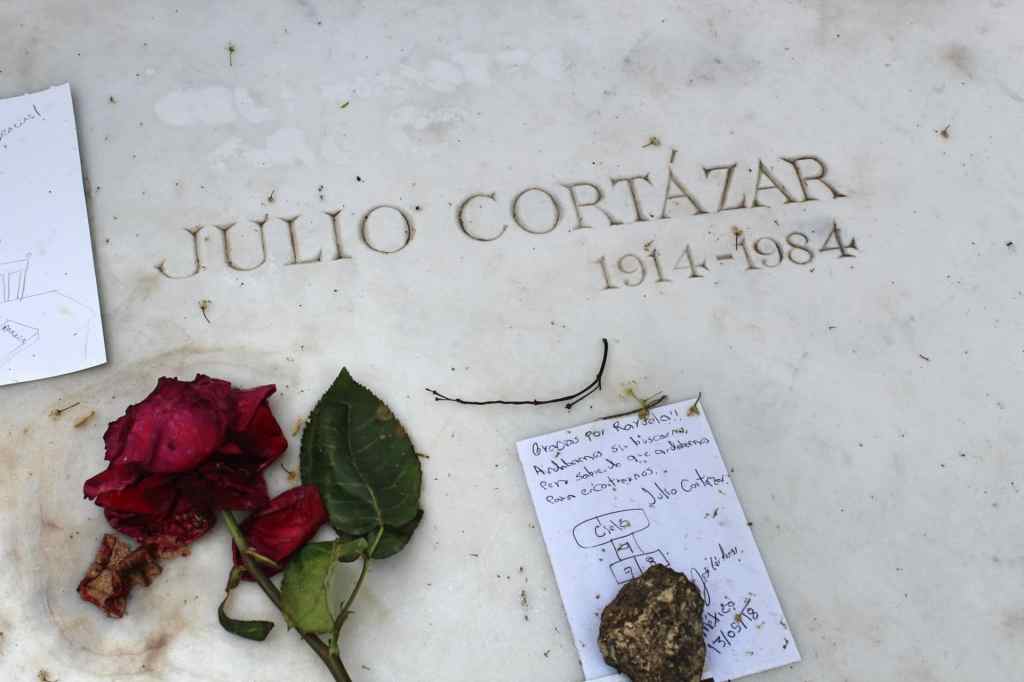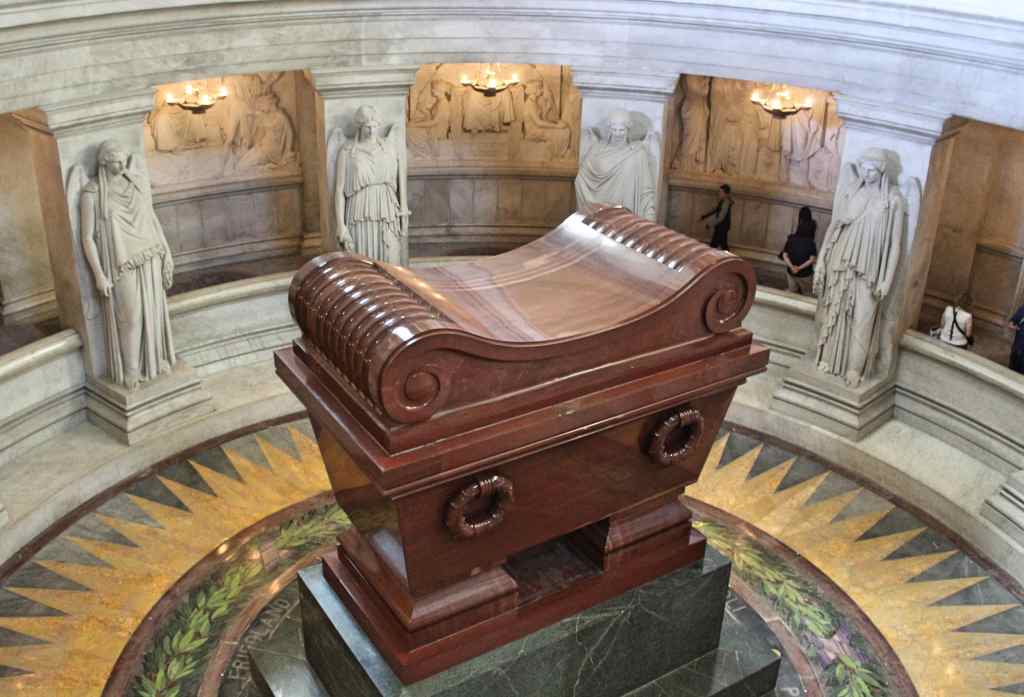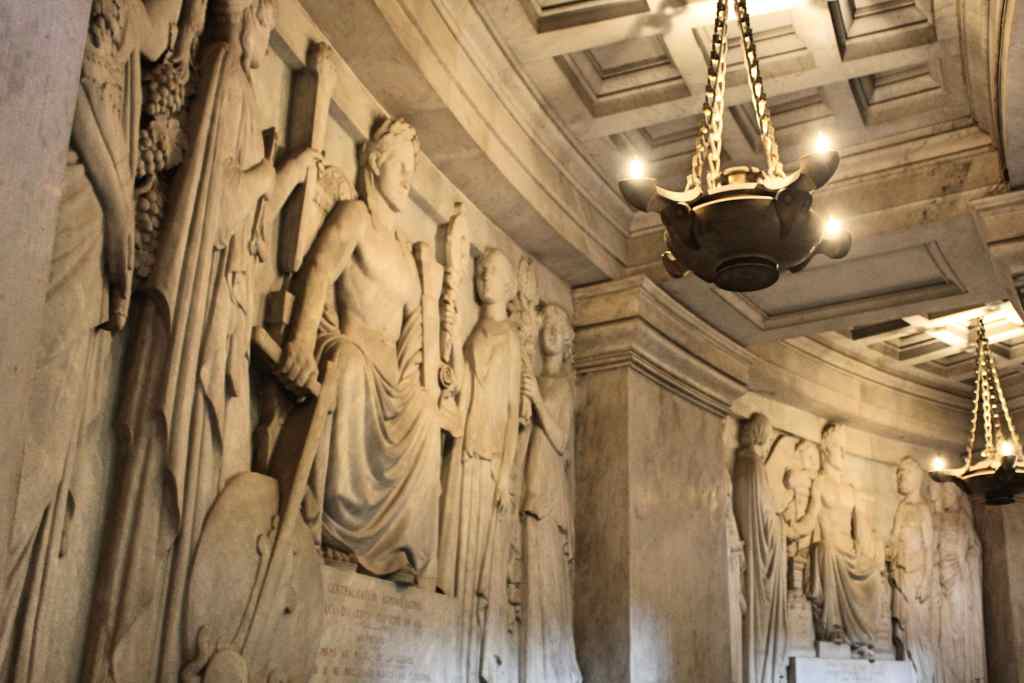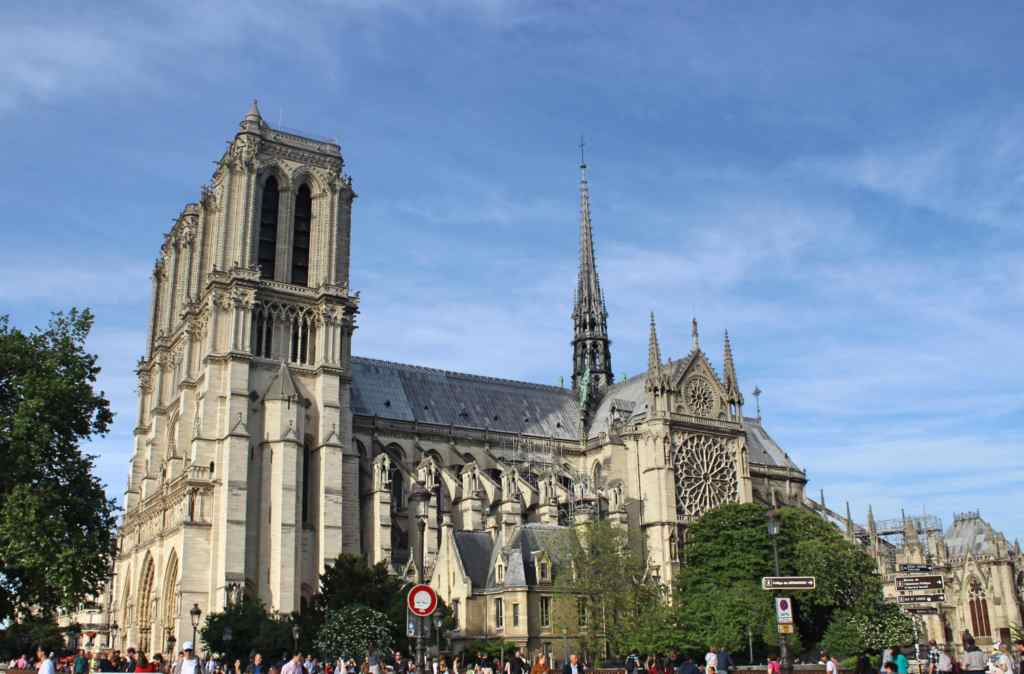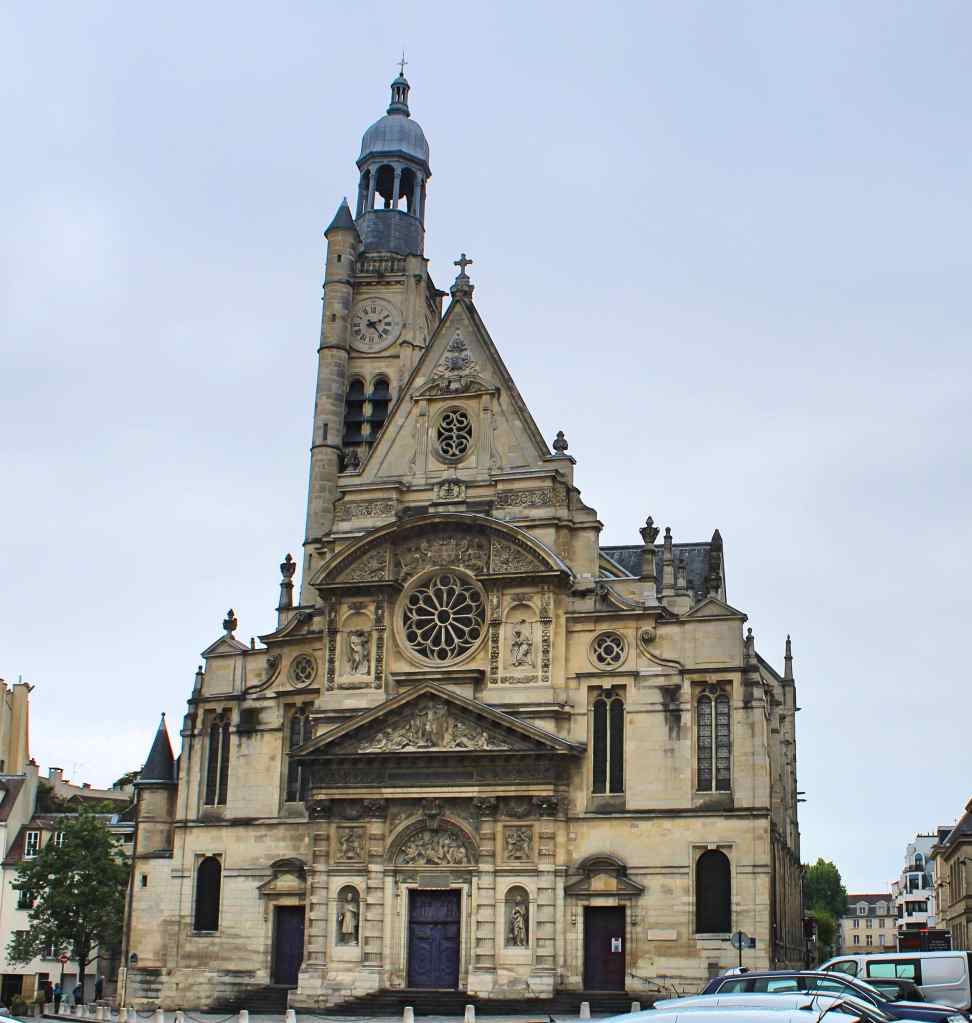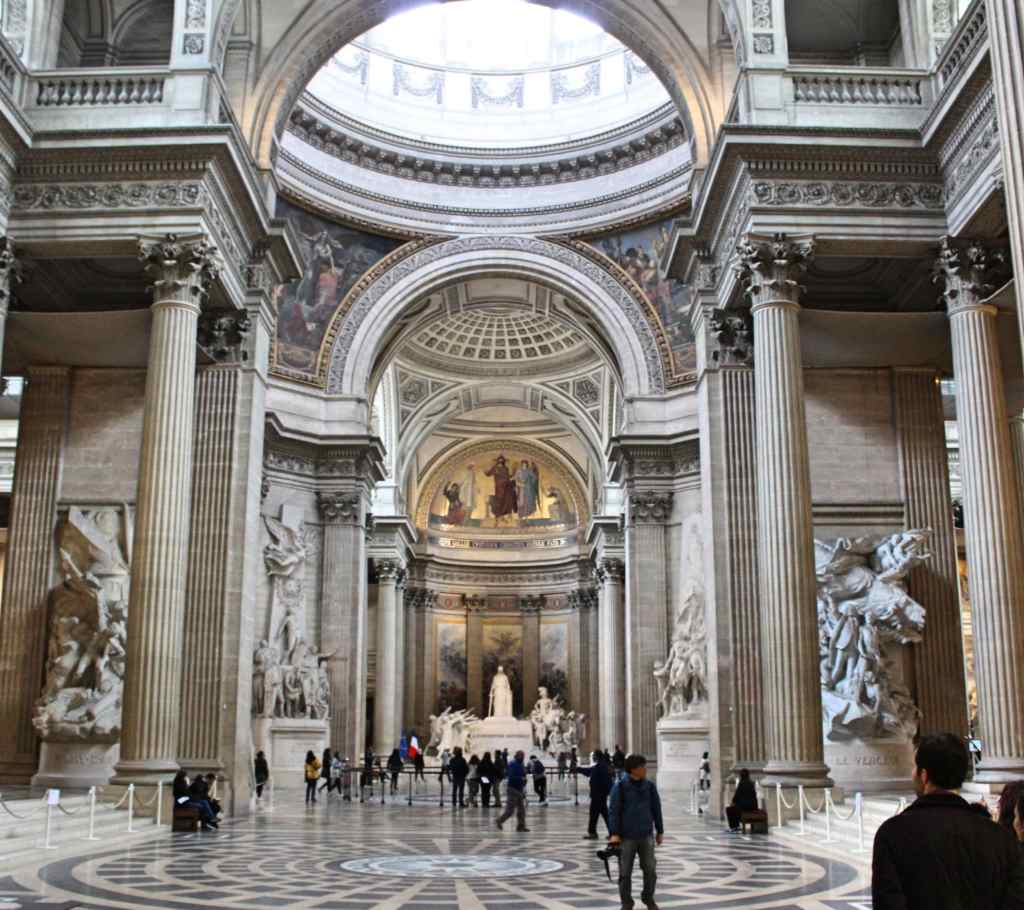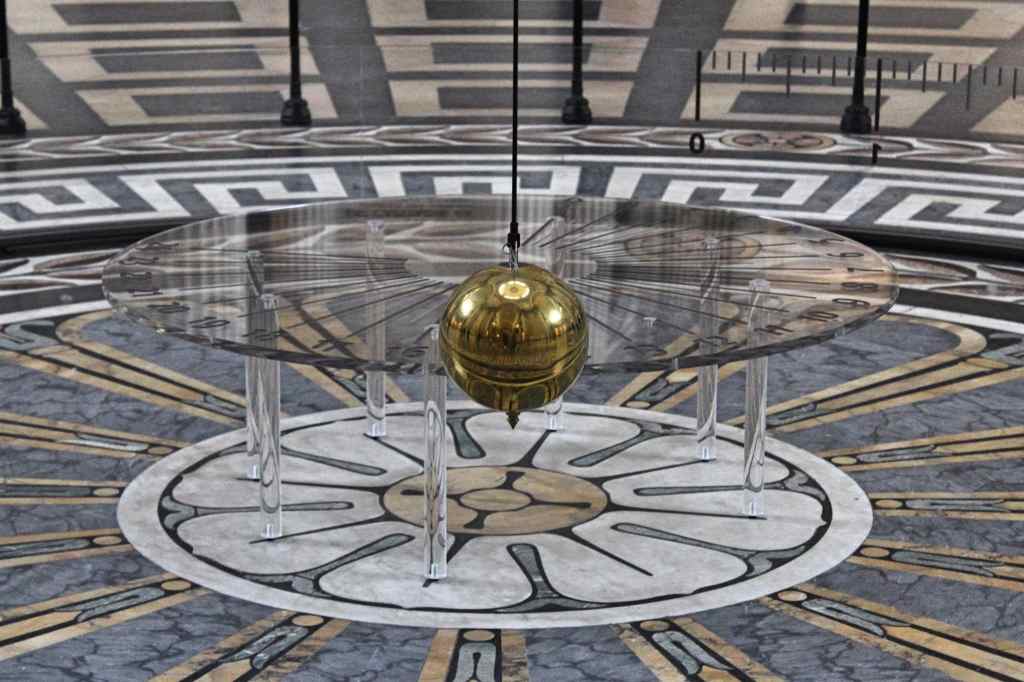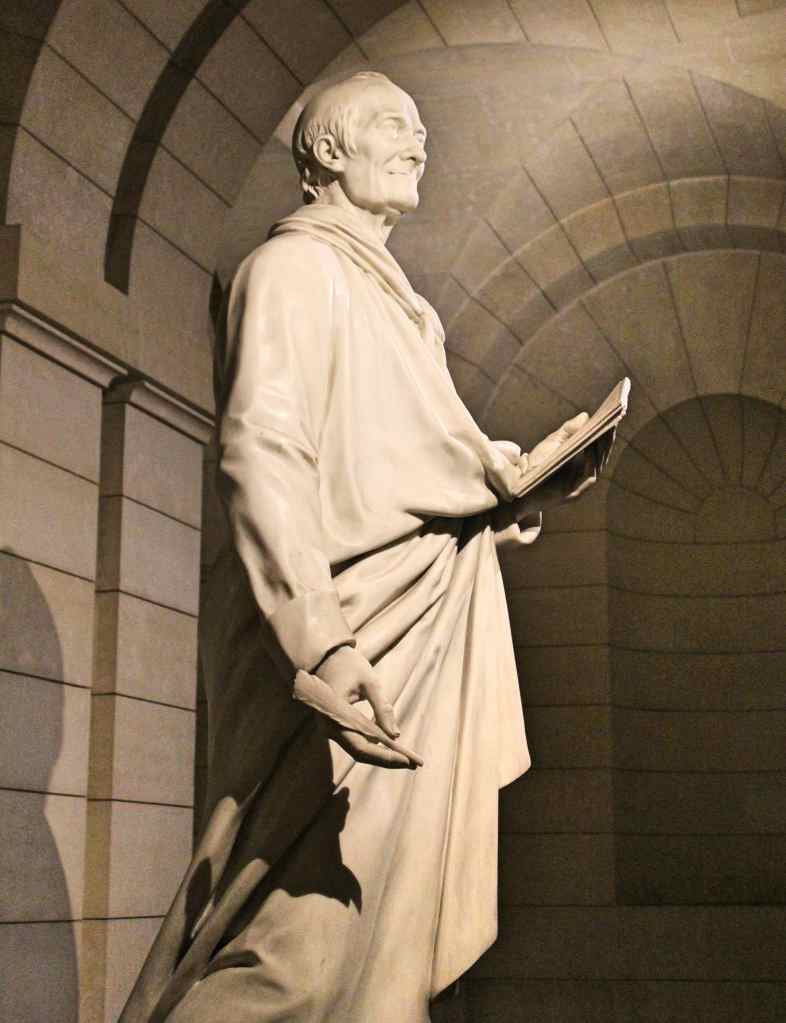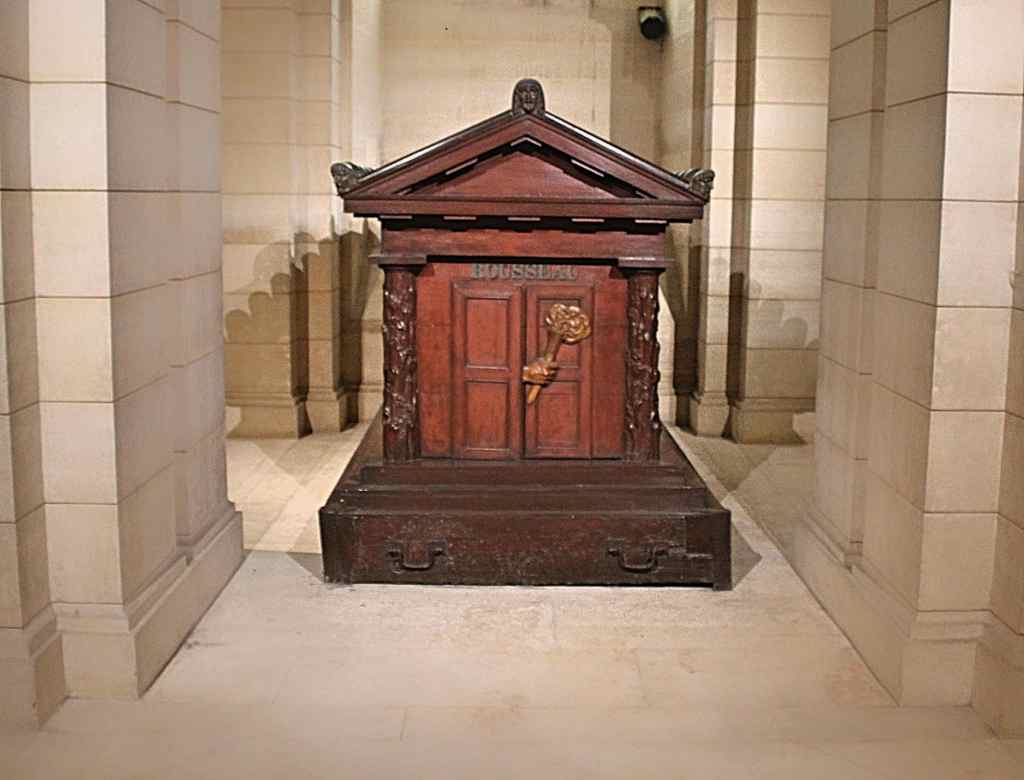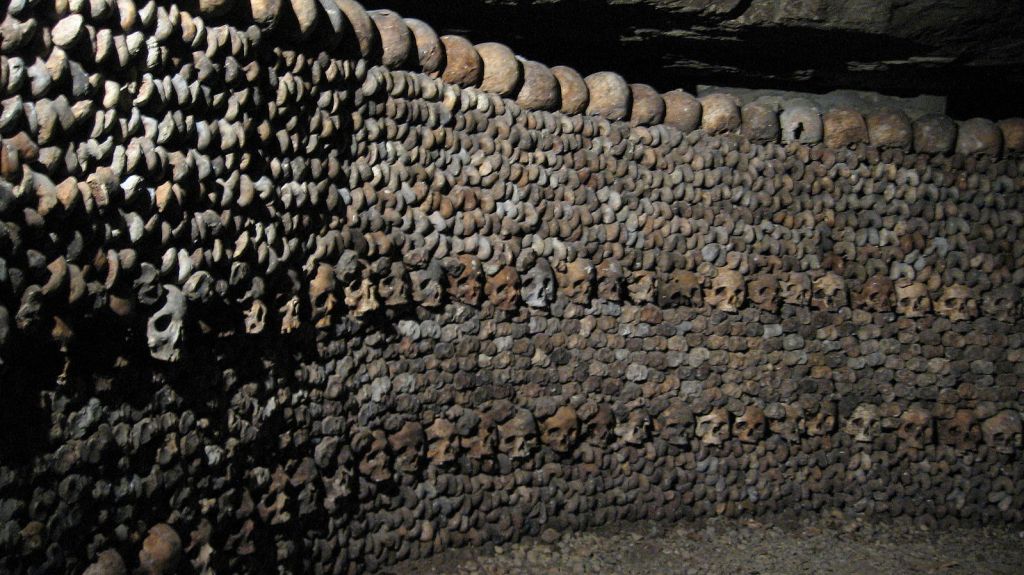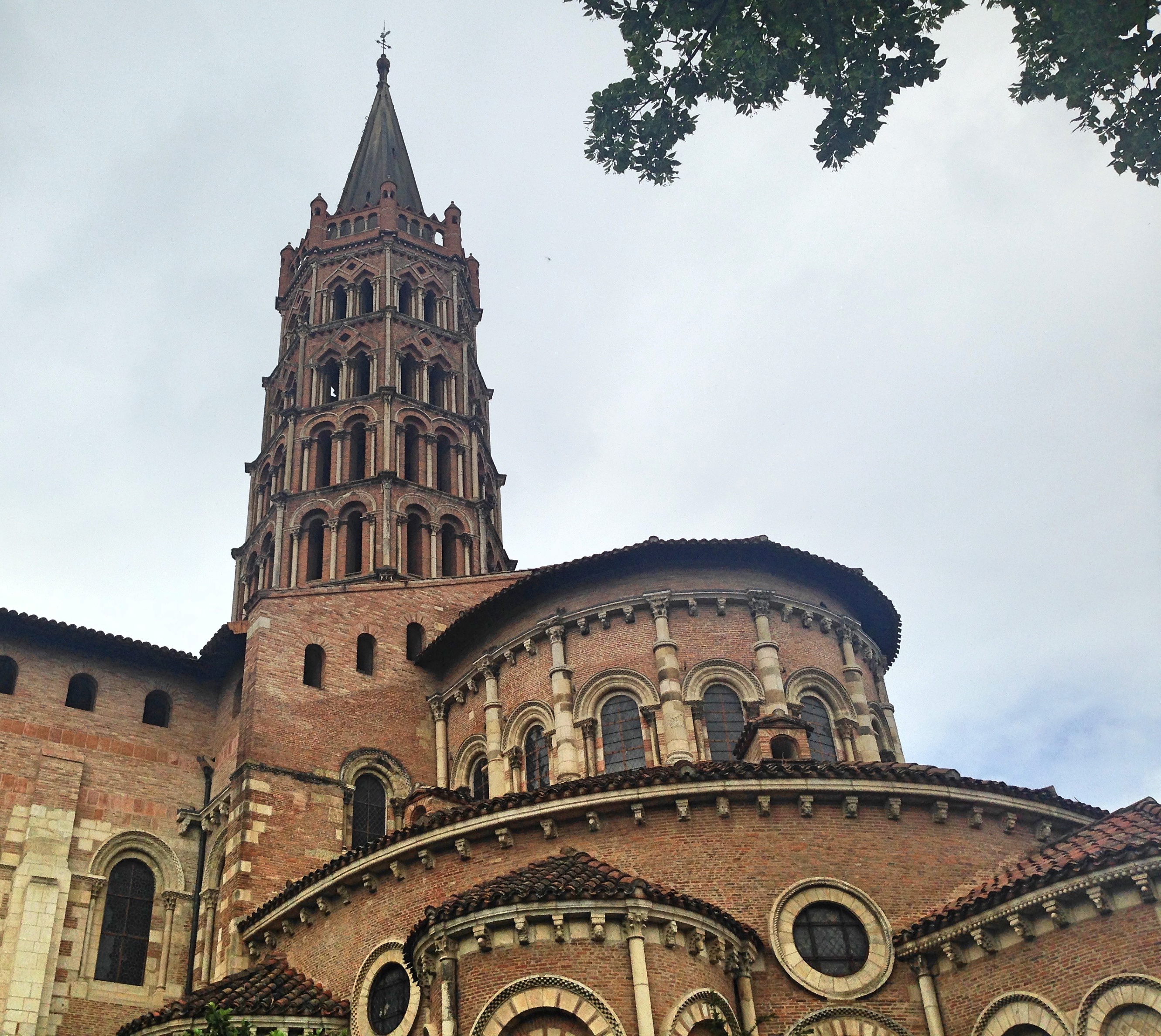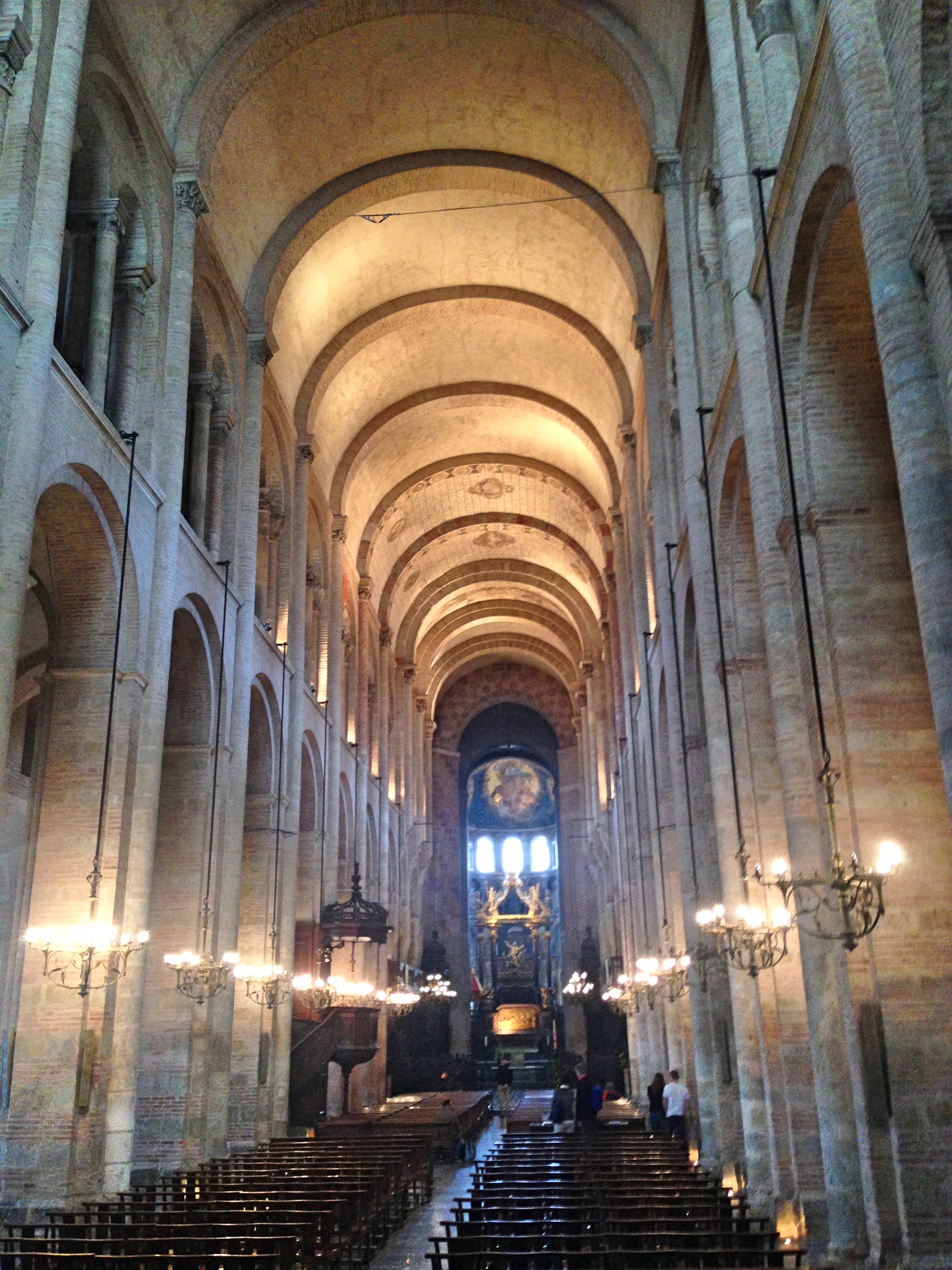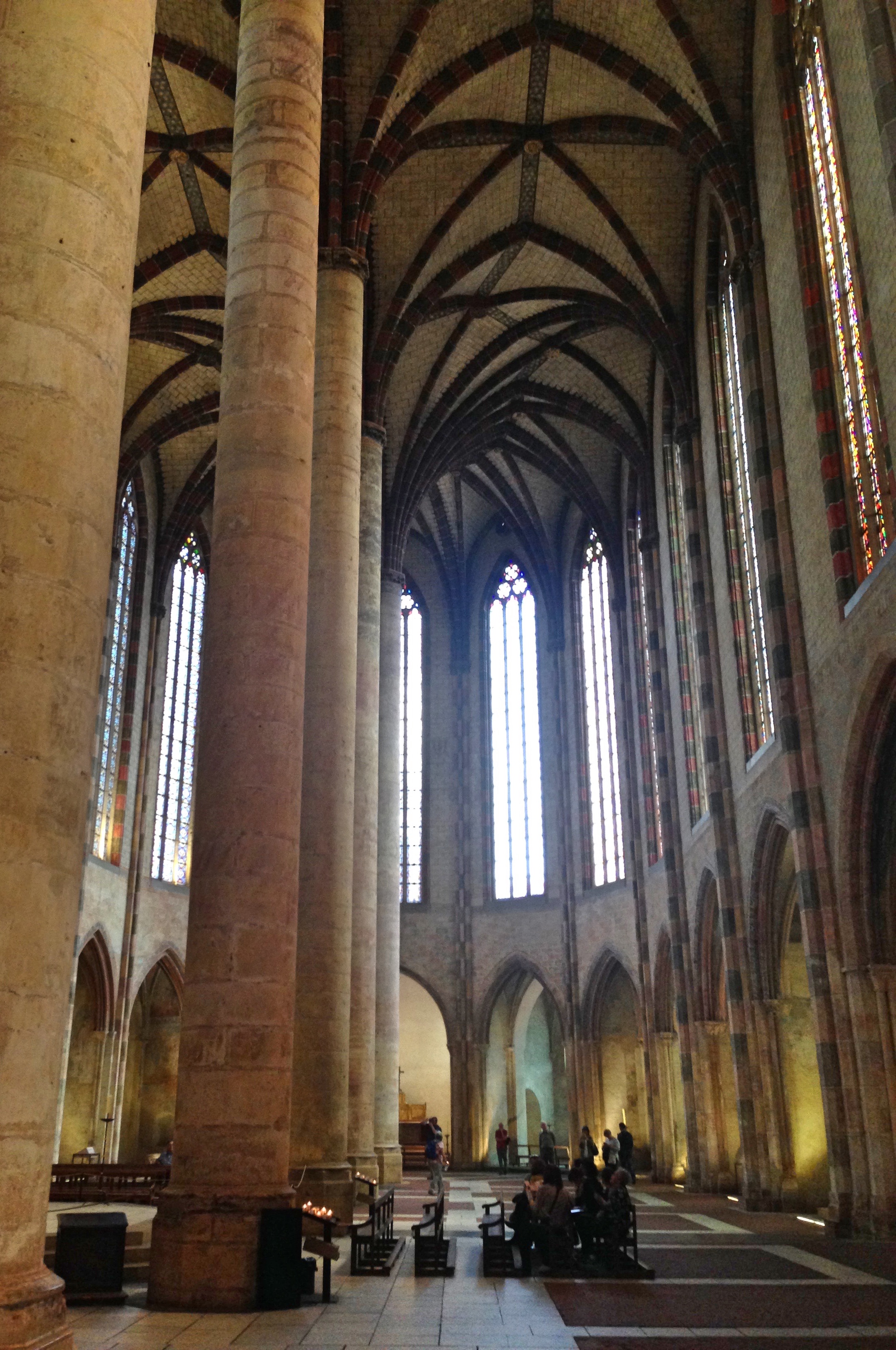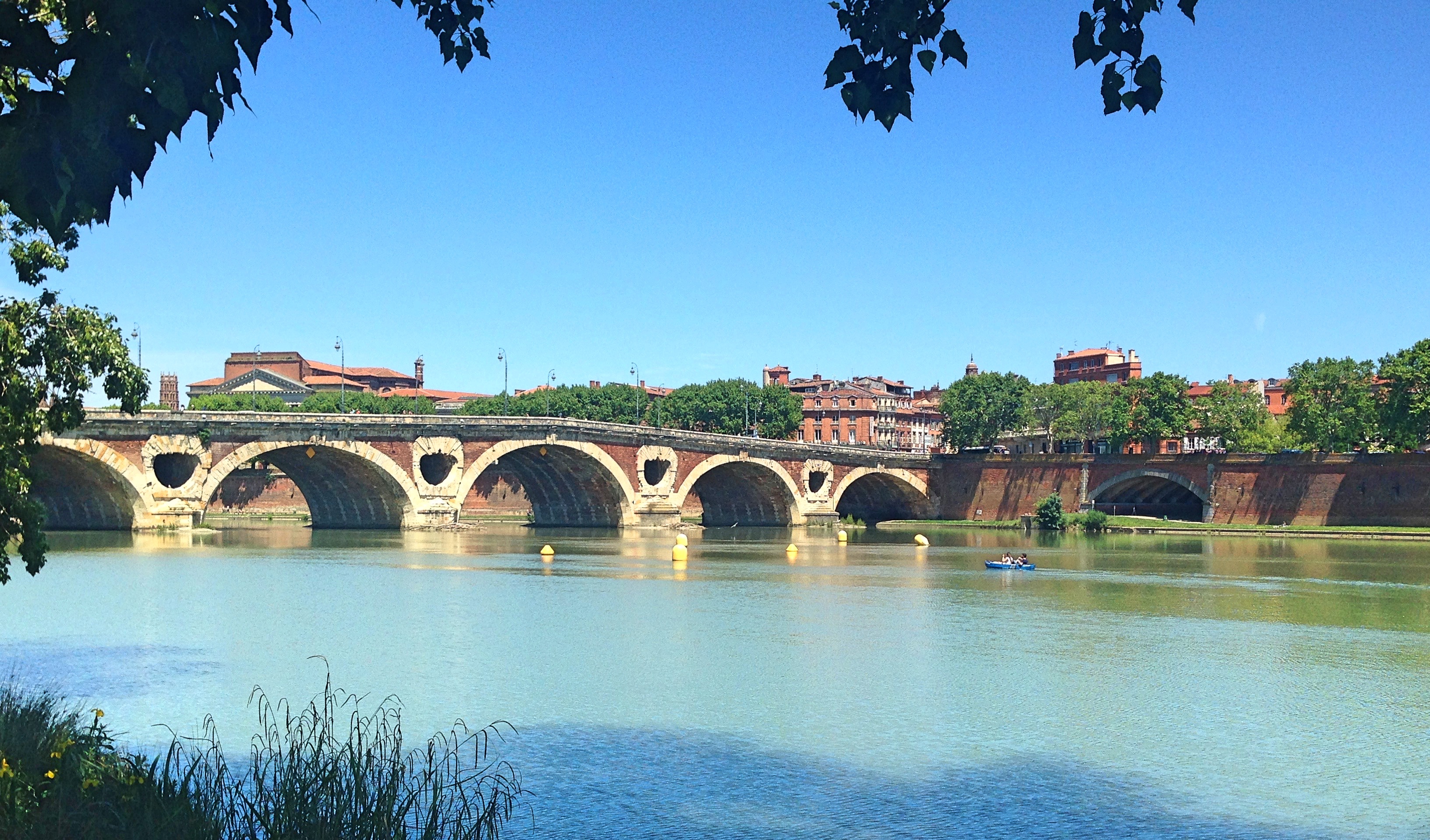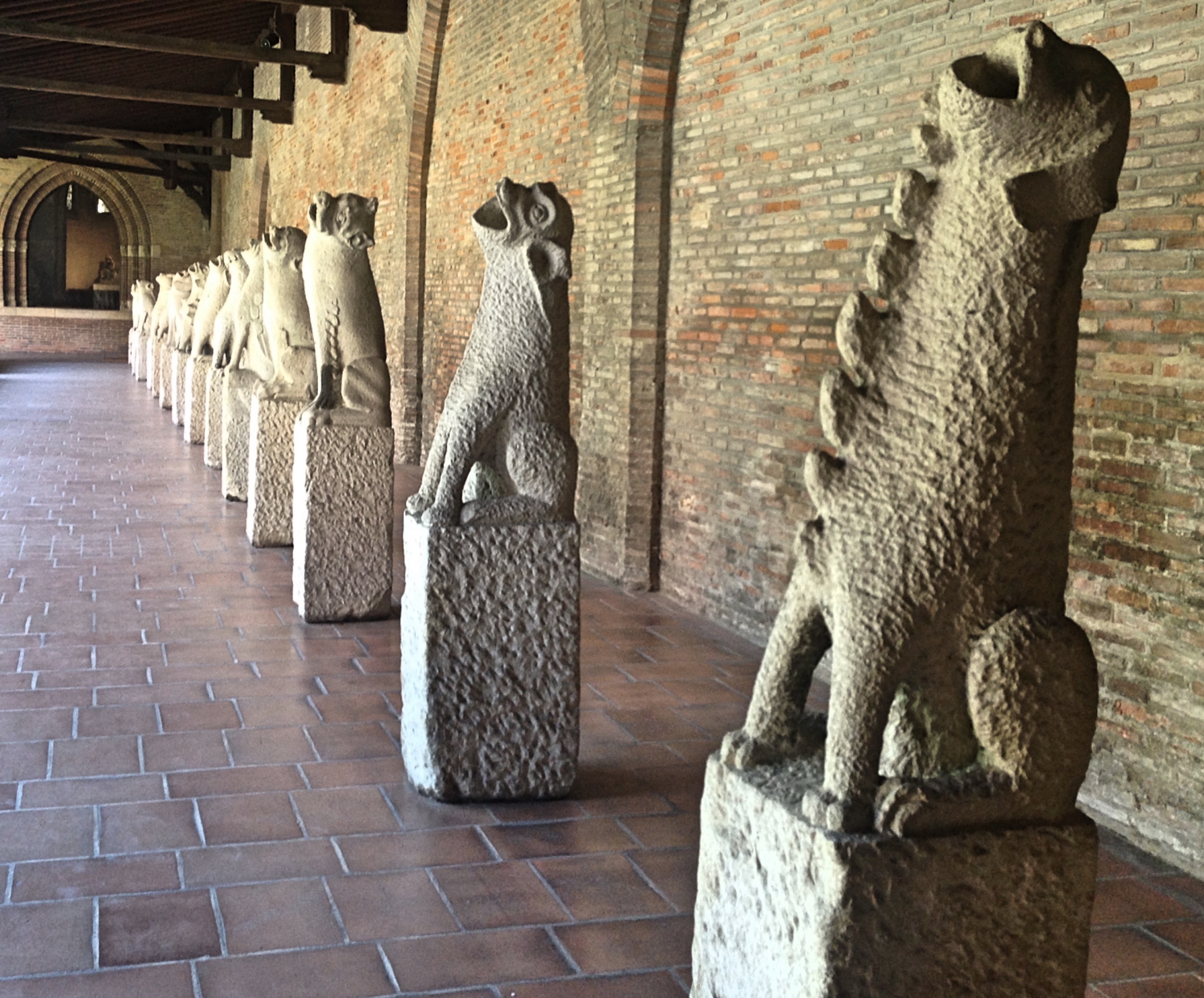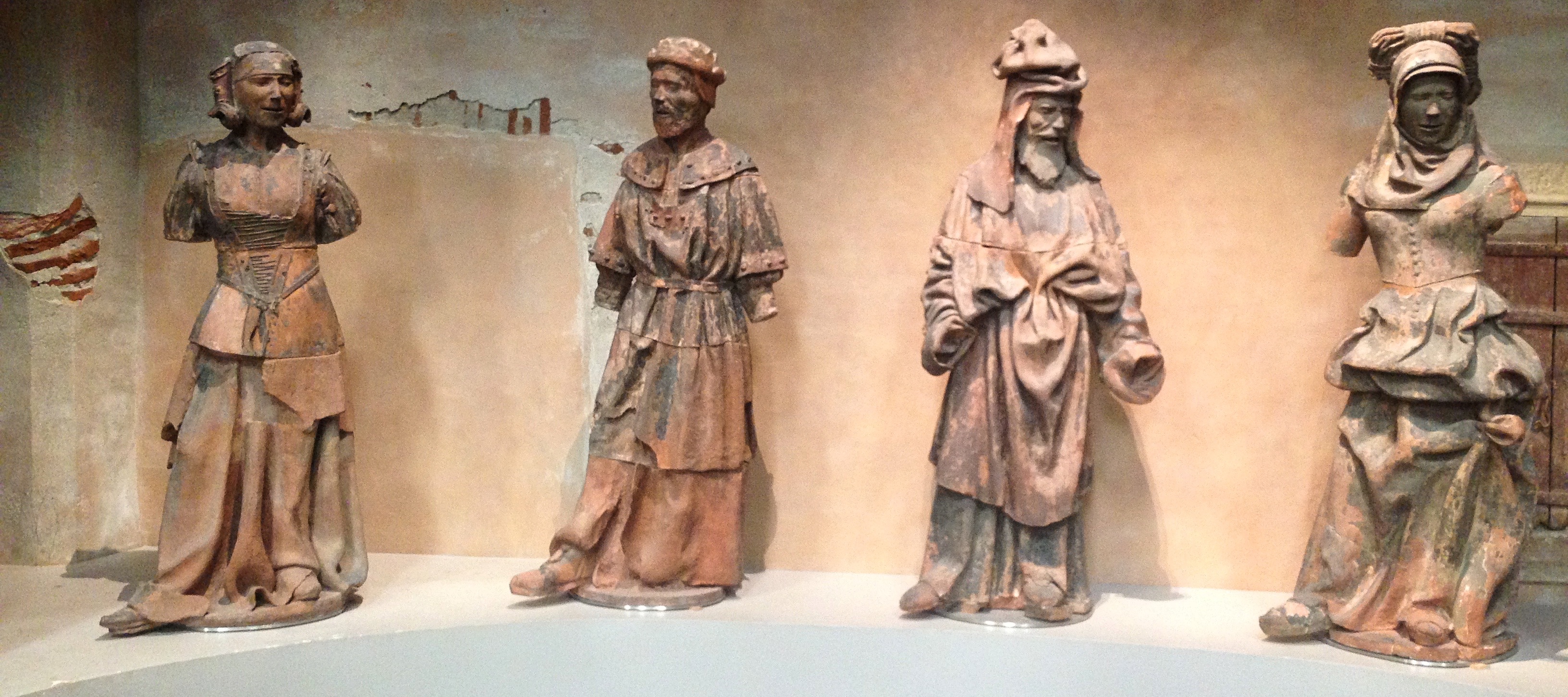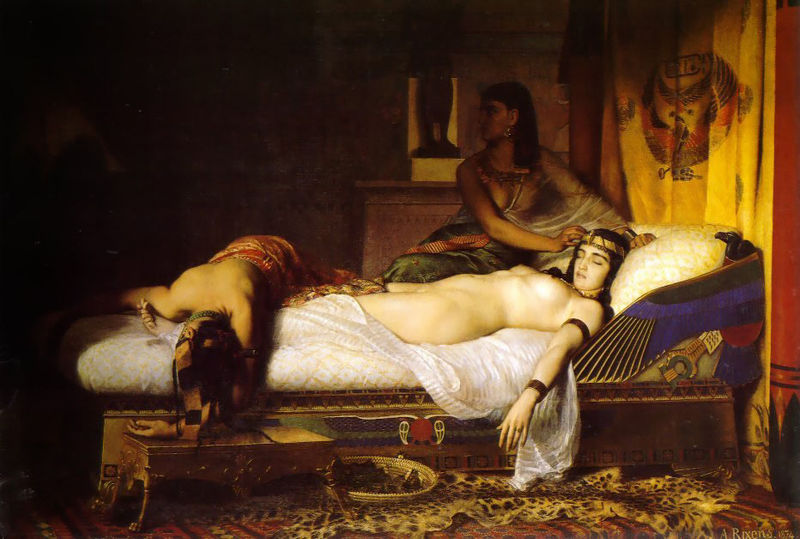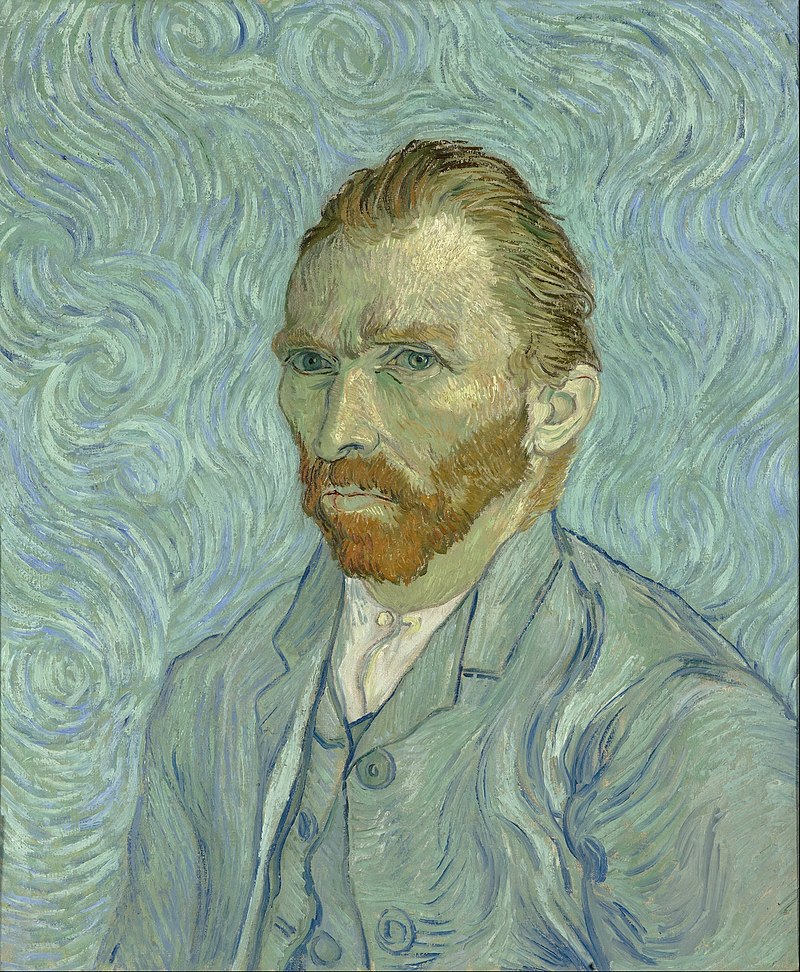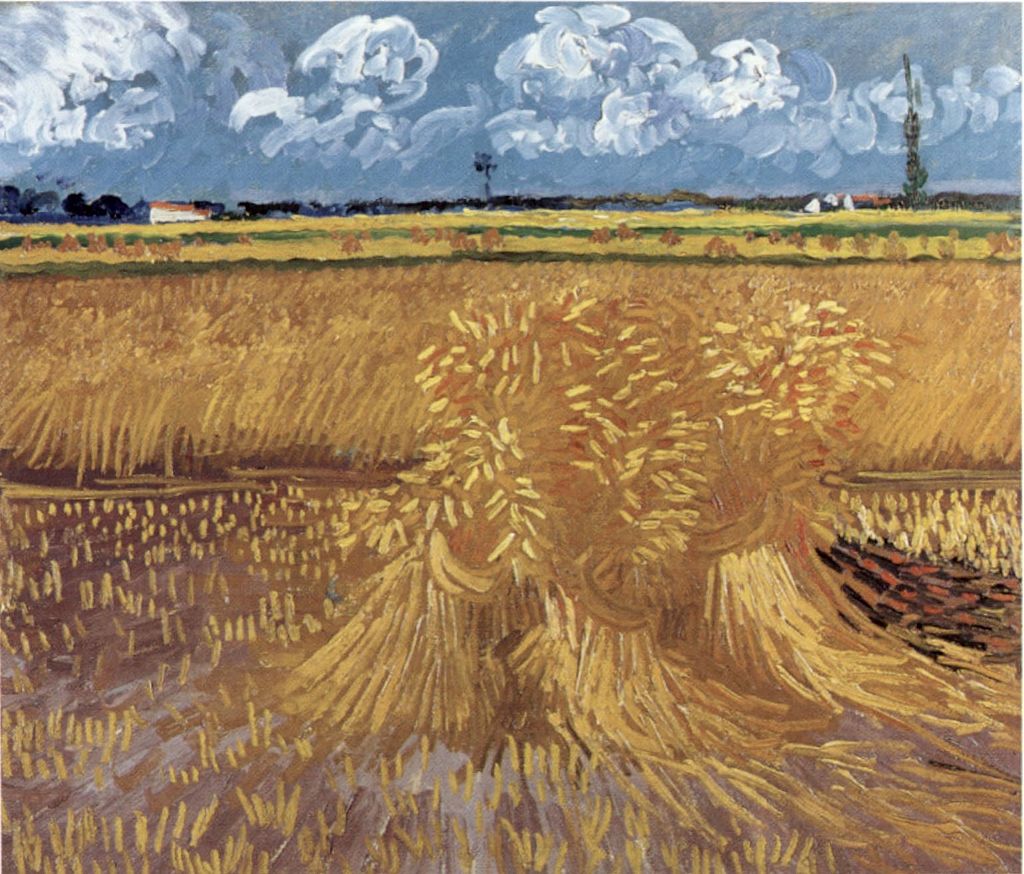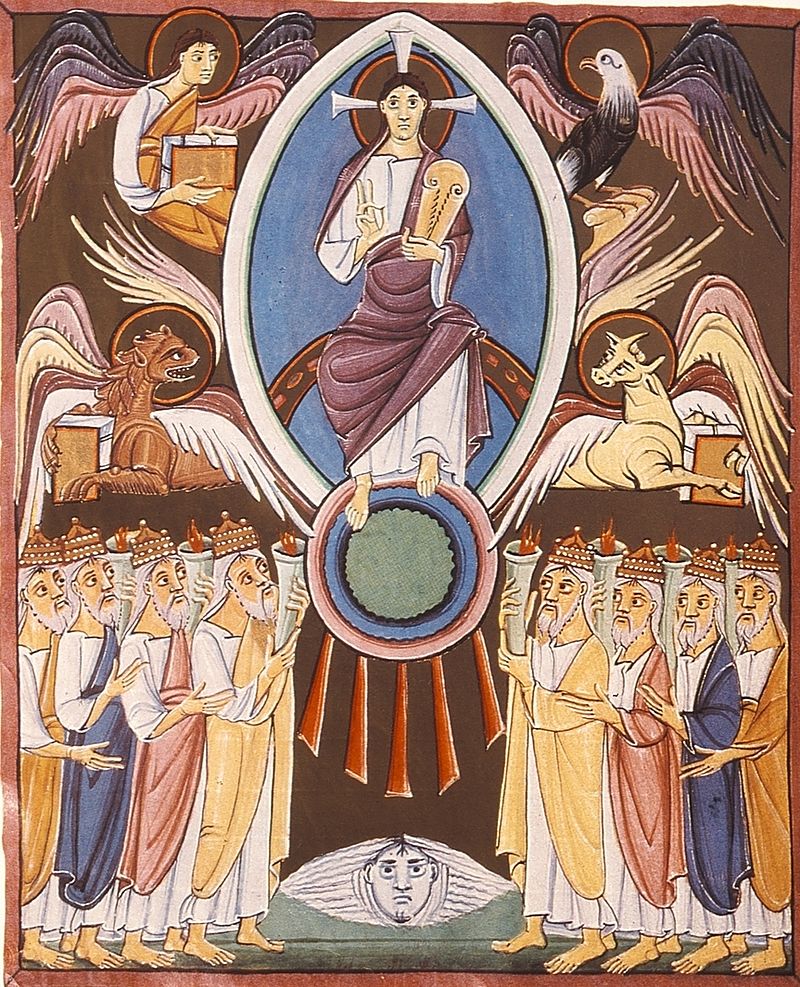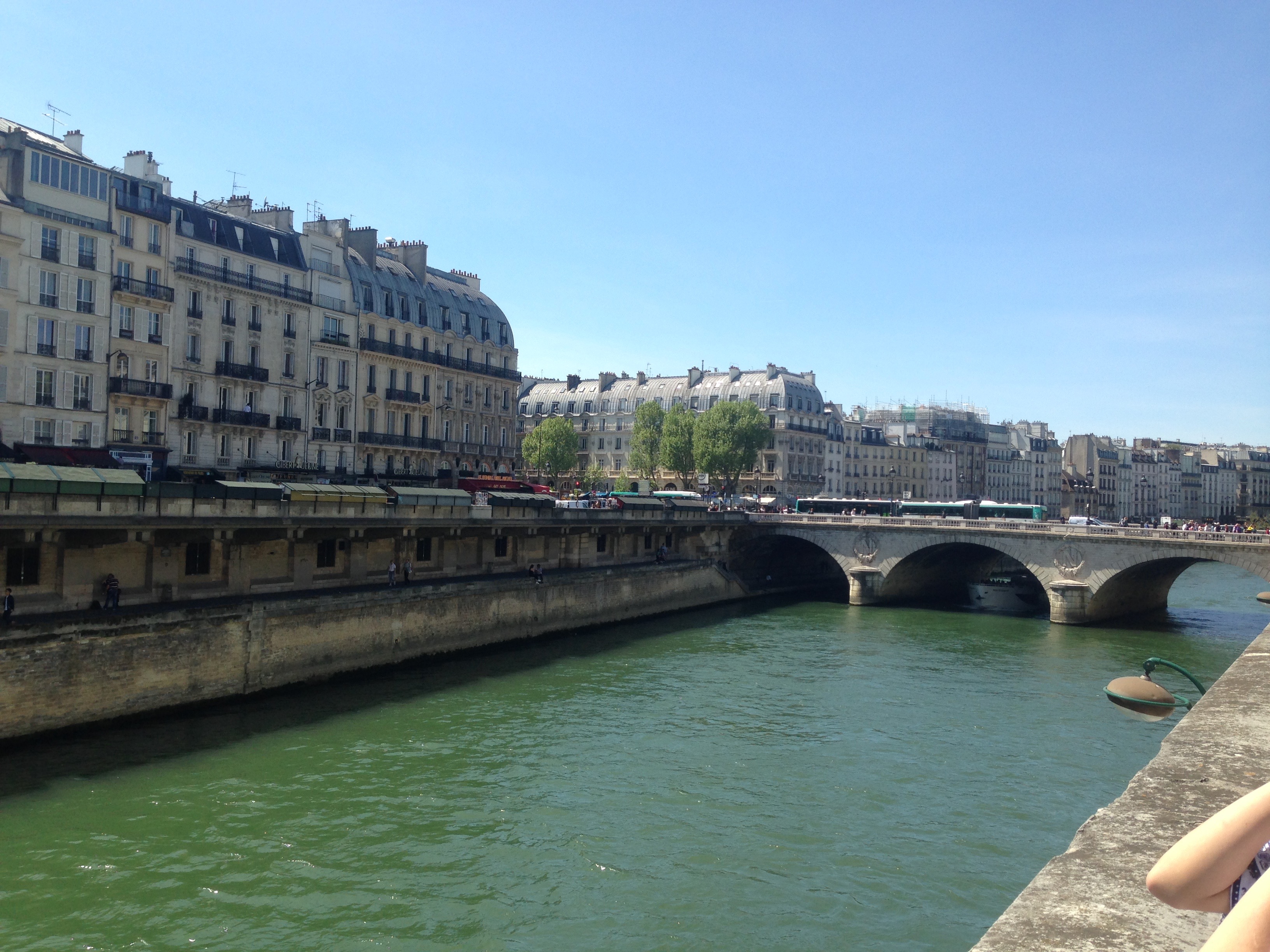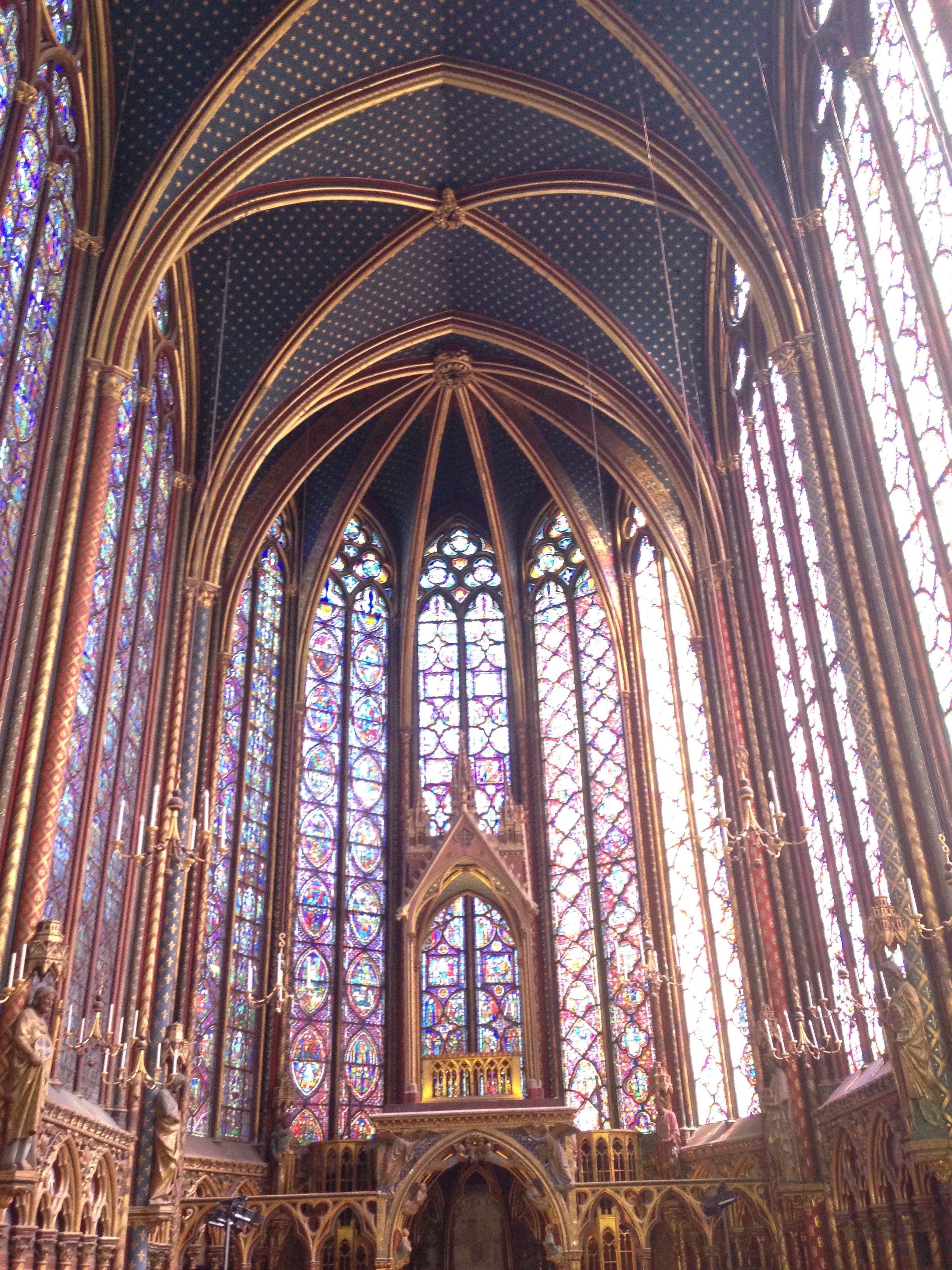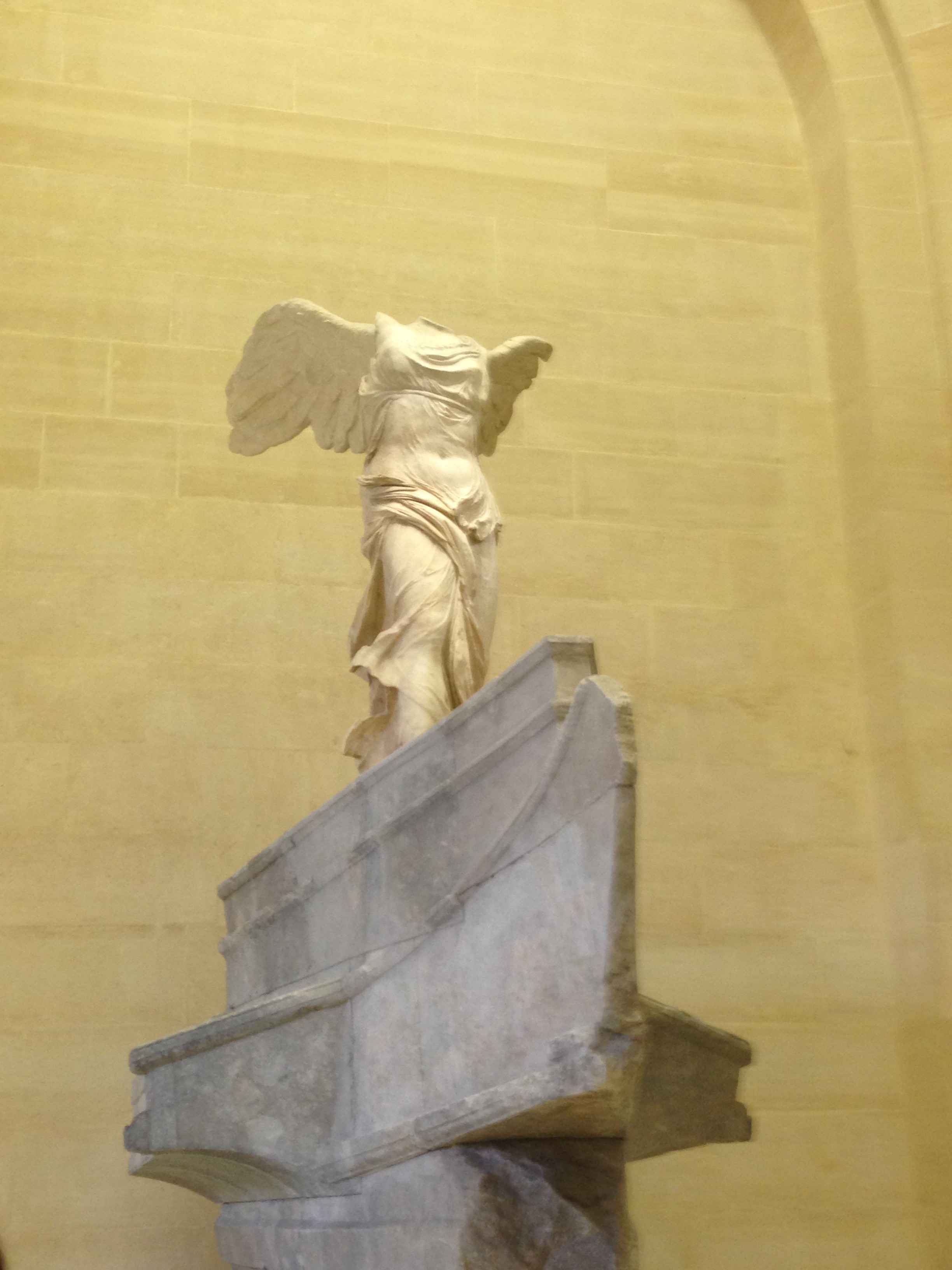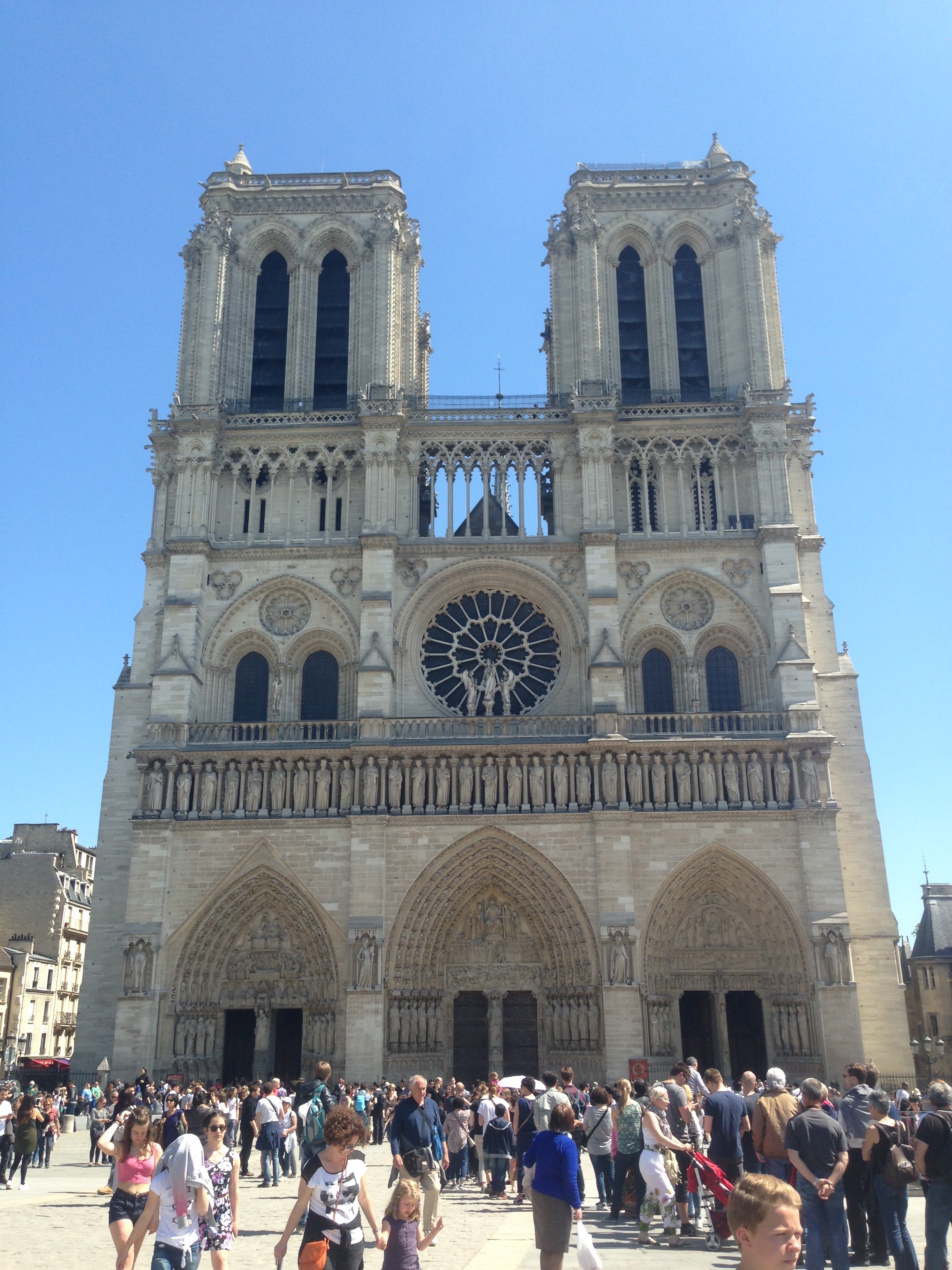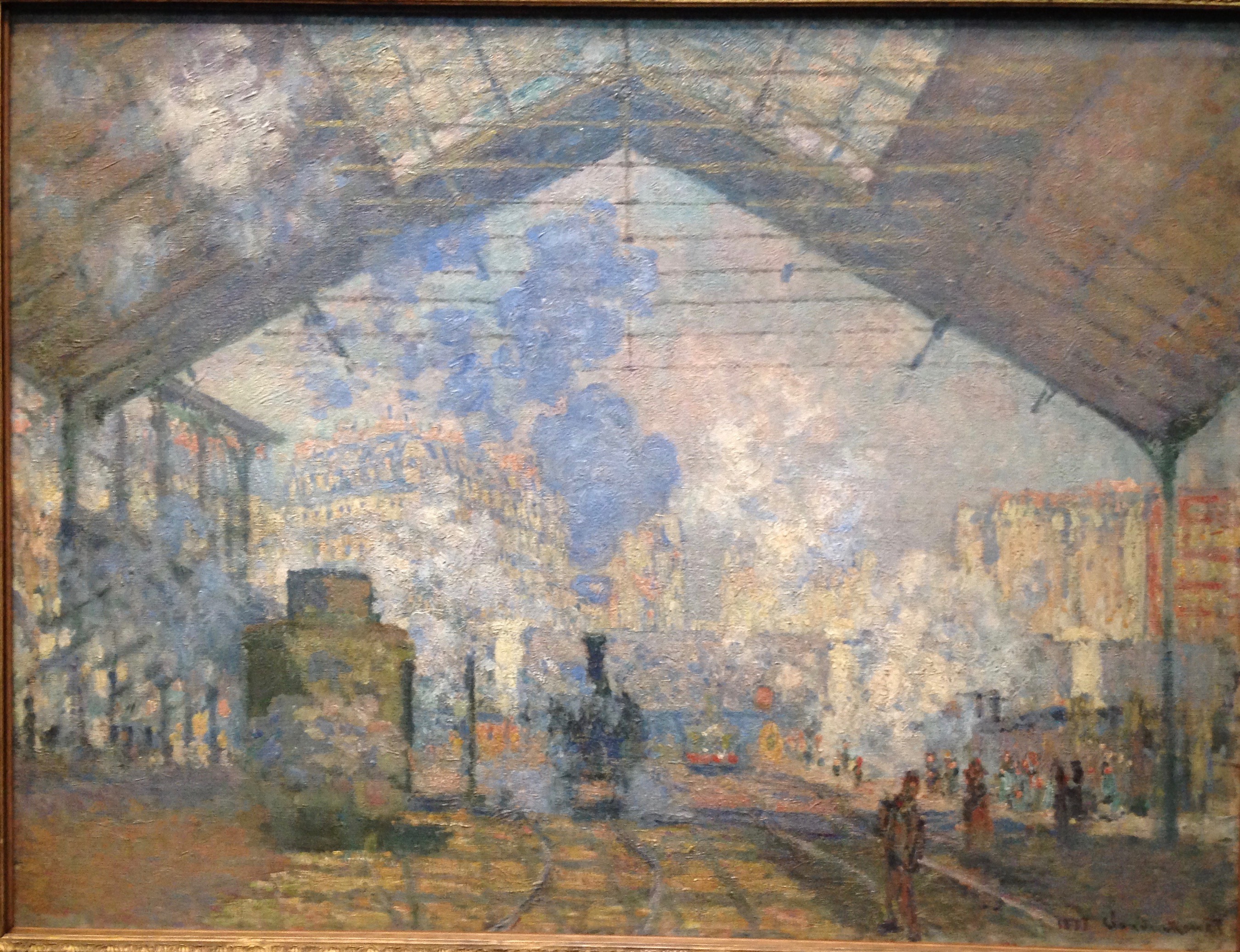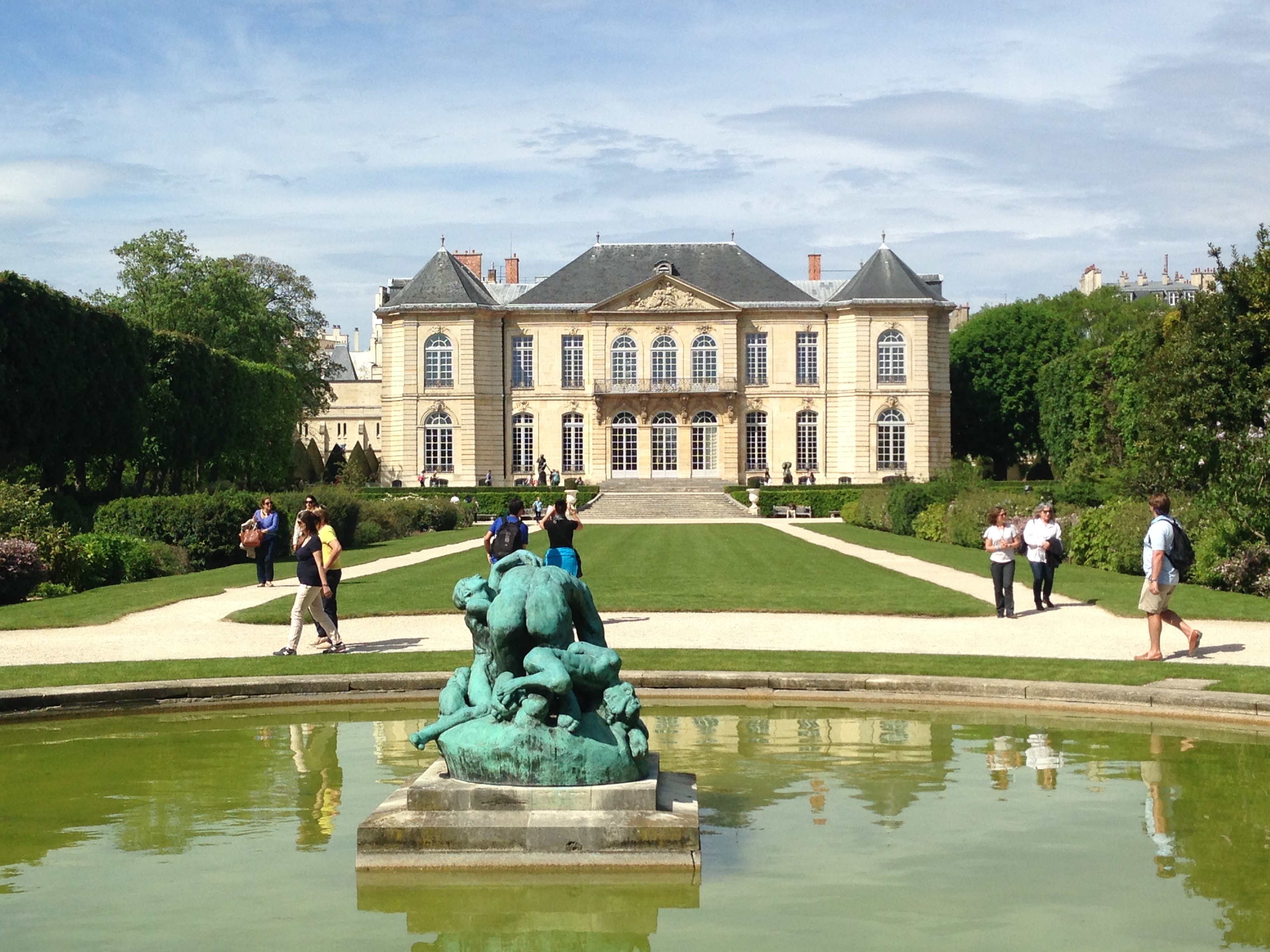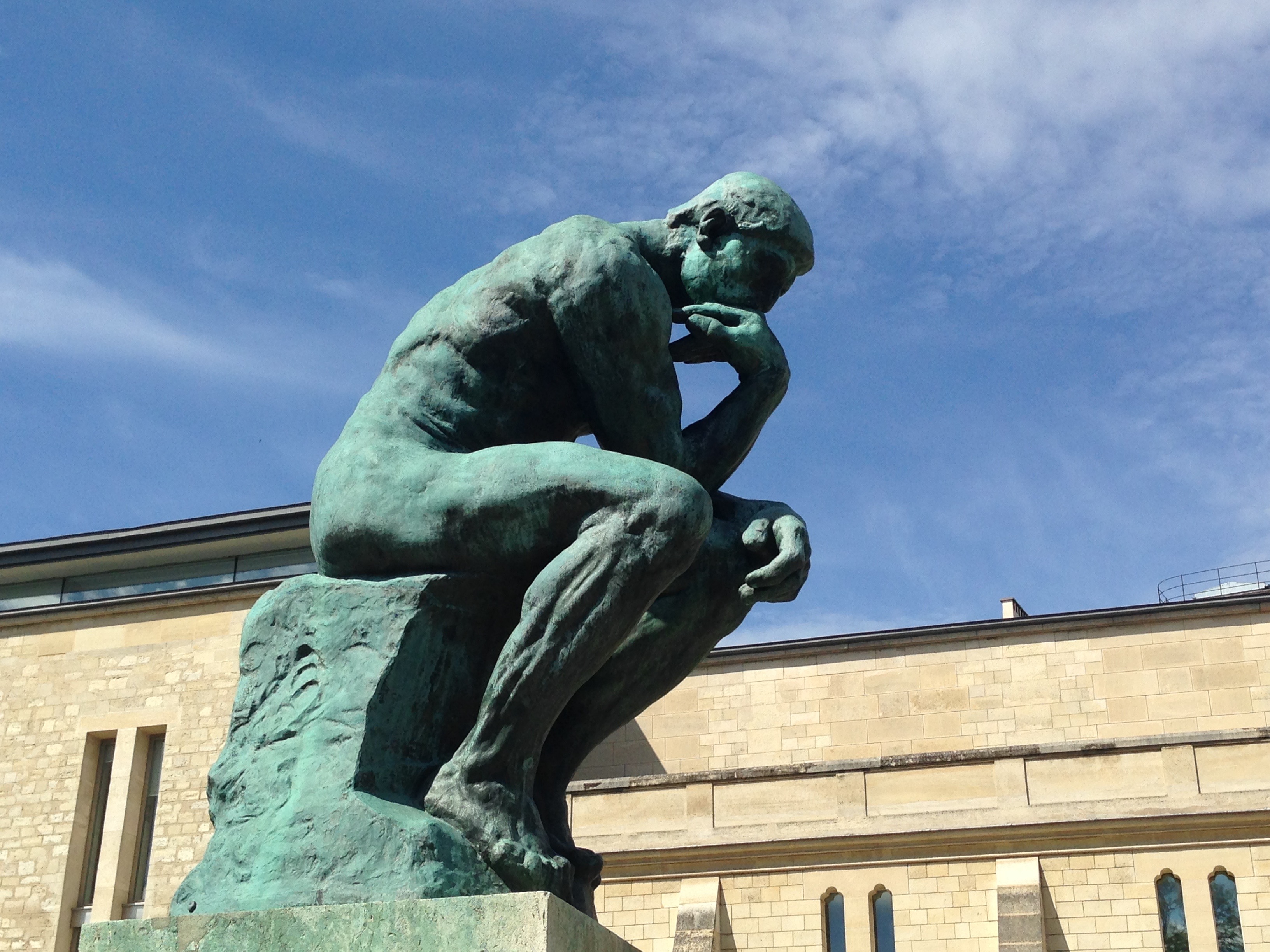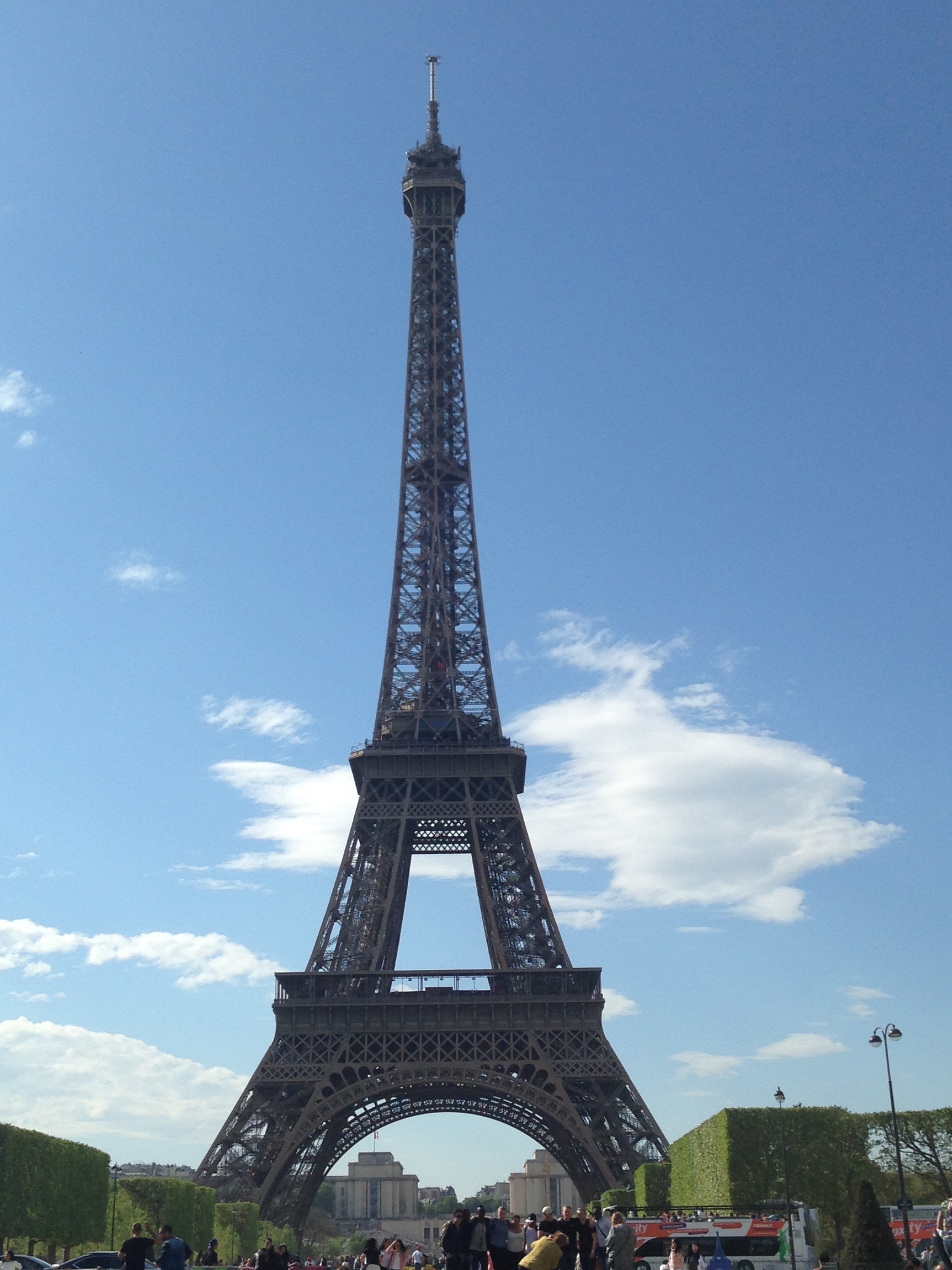The way that this year is going, 2019 is beginning to look like a long lost paradise. This was especially true for me—partly because, last year, one of my oldest friends, Greg, was living and working in Europe. Fluent in French, willing to travel, he was the perfect partner in my goal to finally see Normandy.
The plan was simple: I would fly to Nantes (on the west coast of France), where I would pick up a rental car, and then drive about three and a half hours to Caen. Meanwhile, Greg would take a train up from Paris and meet me there. Alright, perhaps the plan was not exactly simple, but we did save money this way (both the flight to Nantes and the rental car were bargains).
I arrived in Nantes on an early May morning, in a sorry state. Flying always makes me nervous—the security, the long lines, the altitude—and the prospect of driving does not exactly calm me, either. As a consequence of using my license only occasionally, I have managed to remain an inexperienced driver for many years. And this time I would have to drive in an entirely new country, all by myself.
But when I walked into the rental car agency, anxiety was rebuffed by incompetence: They did not have my car. In fact, they did not have any car with automatic transition in the lot. I would have to wait until the truck came with new cars. (As a side note, I still do not understand why nearly all Europeans drive manuals, while Americans have switched to automatics.)
Thus, I found myself sitting in an airport café, sipping on a café au lait, for about two hours until a suitable car arrived. And no, I was not offered a discount. But the mistakes and misdeeds of rental car agencies are too sordid to dwell upon.
The drive was blessedly easy. The French, as it turns out, obey the same traffic laws as do other drivers around the world. Soon I felt confident enough to listen to an audiobook: Livy’s History of Rome. This quickly proved to be a bad idea, however, as the narrator’s deep and sonorous voice, combined with the fairly monotonous rhythm of his delivery, had a powerful soporific effect. At one point, my eyes even started to close, and my car drifted into the next lane. Luckily, I jerked awake before any calamity could occur. The historical audiobook was then replaced by upbeat music.
I arrived in Caen just in time to pick Greg up at the train station. Then, we headed to our Airbnb, which was a bedroom in a little house on the outskirts of the city. Our host was a young Frenchman with a broken leg. Nearby there were formidable concrete walls, which I romantically imagined to be connected to the Second World War. In truth, it was the Centre pénitentiare de Caen, a prison for people serving long sentences.
By the time we were ready to head out, the hour was already late, and daylight was waning. We got into the car and drove into the center of Caen; and though I have a bad history with underground parking garages, it was the only place to leave the car. The sky was overcast and the city’s stone streets equally grey. It was too late to visit anything, so we strolled around until we found a place to eat, sampling some of the local cuisine (hamburgers). After a satisfying meal, we wandered through the historical center, where Greg—who was dressed in a colorful shirt, a long red trench coat, and an equally scarlet wide-brimmed hat—had his dazzling cranial accoutrement snatched by a mischievous drunk, who danced around asking for money with the stolen article. Eventually the hat was returned, the drunk unrewarded.

Soon we passed by the Abbey of Saint-Étienne, a beautiful romanesque monastery that was, unfortunately, closed by the time we arrived. (It was founded by none other than William the Conqueror, who is buried there.) Nearby was a wine and liquor shop, where Greg bought some hard cider, a specialty of the region. Then, we headed to the Château de Caen, an impressive castle situated on a hill overlooking the city. (This, too, was built by William the Conqueror.) The front gate was still open, so we strolled right in and climbed up to the walls, where Greg opened the cider in celebration. And, truly, it felt surreal and awfully pleasant to leave my Madrid apartment in the morning and to end up, that night, sipping cider with an old friend on a Norman castle.
Darkness fell and the day was over. Time to go to sleep. But we had quite a bit of trouble finding the car. I could not remember where the parking garage was, or how to get down into it. Eventually we had to ask a local in a hotel, who told us, with mock solemnity, that we had forfeited our rights to the car and that it was his now. (Normans are more jolly than Parisians, it seems.) That was one day’s adventure. We still had two more to go.
Our first full day in Normandy had only one objective: to visit Mont-Saint-Michel.
I had first seen the island in a photo, some years ago, and had assumed that it was from some fantasy movie like Lord of the Rings. Upon learning that it was real, I could hardly believe it. Now I was finally going to see it, and I could hardly believe that, either. I had mentally filed Mont-Saint-Michel away in a folder of places that I would often see in photographs, but never travel to, like the Taj Mahal or Machu Picchu. Apparently I had underestimated life.
During the hour’s long journey there, we listened to a podcast that Greg recommended, 99% Invisible, which focuses on architecture and design. The subject of that podcast was Isamu Noguchi, a Japanese-American artist who, among other things, designed an iconic coffee table, as well as innovative playground ideas. His culminating work was a large landscape called Play Mountain, which looks to me like an overgrown South American pyramid.
Feeling properly edified, we arrived. Formerly, visitors were able to drive on an elevated causeway up to the walls of the commune and park on the island; but the authorities rightly decided that the parking lot was an eyesore. Now, one must park in a large area on the mainland, and then choose either to walk or take a shuttle bus to the island. We took one look at the long bus line, and quickly decided that walking would be better. And it was. This way, we were able to relish the slow approach.
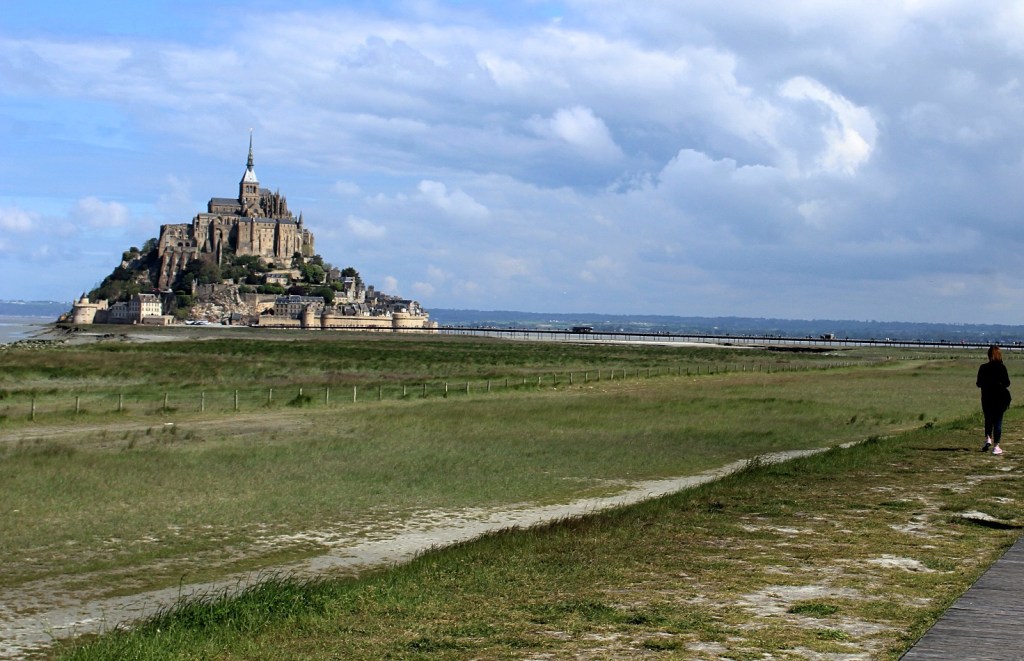
Mont-Saint-Michel is a tidal island, situated in the middle of a silty bay. The island was formed as the tough granite at its base resisted the abrasion of the sea, while the softer land around it was gradually worn away. At high tide, water pours in from the ocean, filling in the space between the island and the mainland. But at low tide, enough water drifts out that a pilgrim can walk directly to the island without any sort of walkway (though with very muddy shoes). Apart from giving Mont-Saint-Michele its air of mysterious beauty, this situation has also given the island military importance. Neither a naval nor a land attack is safe, since the changing tides can either leave boats stranded or wash soldiers away. This has allowed quite small garrisons on the island to hold out against far larger forces.
But Mont-Saint-Michel has never been primarily a military site. It began, in the early Middle Ages, as a small hermitage, much like San Juan de Gaztelugatxe remains today. This hermitage eventually grew in size and importance (bolstered, of course, by the obligatory legend of a heavenly figure appearing to inspire someone to build a church there), and became a site of pilgrimage within France. As such, it was integrated into a much wider network of European pilgrimage, ultimately connected to Santiago de Compostela in Spain. (In the Abbey’s gift shop there was a lovely map of these routes.) Thus, as both a holy site and a bulwark against invading English forces, the small hermitage grew into an architectural wonder.
Once we passed through the main gate, we found ourselves in an environment built of greyish brown stone (the locally-sourced granite). The plan of Mont-Saint-Michel follows a kind of zig-zagging spiral up to the top. We wasted little time in ascending up from the streets to the commune’s walls, which allowed us to avoid the crowd and enjoy the view at once. Besides, there is not much in the way of street life or local culture in Mont-Saint-Michel. The island has seldom supported populations above 200 (though it rose over 1,000 during the 19th century), and lately has dwindled to about thirty lonely souls. So it is safe to say that every business on the island exists exclusively for tourists.
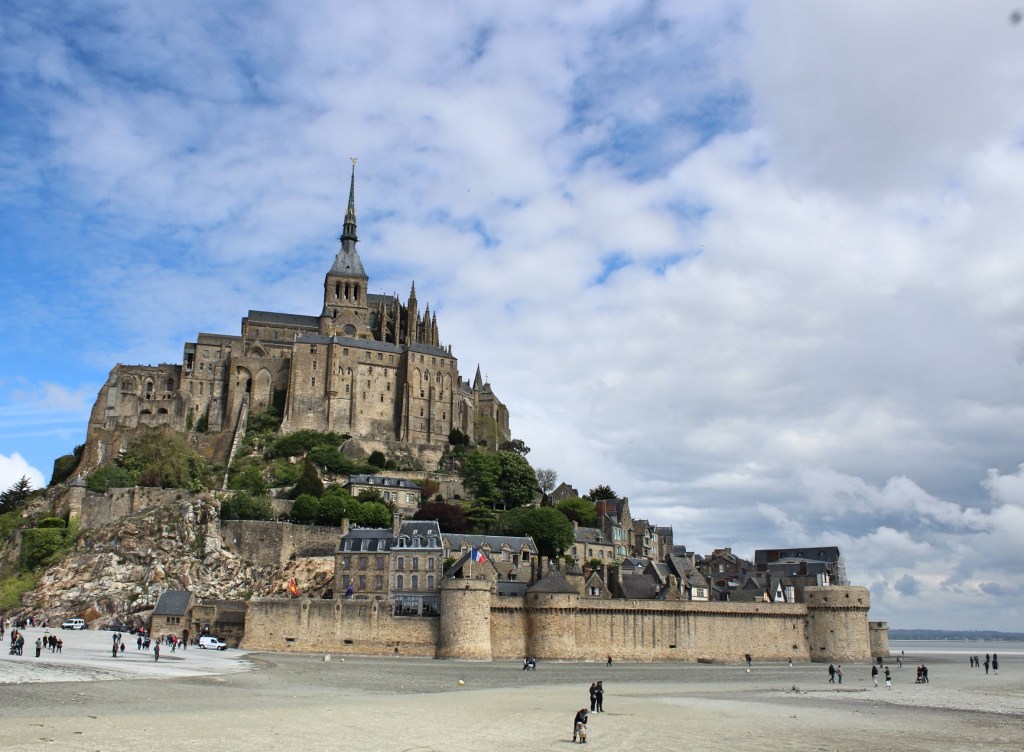
We followed the walls ever upward, revealing a progressively more expansive view of the bay. Eventually we reached the very top, occupied by the Abbey, which sits on the island like a crown. Amazingly, at the entrance to the Abbey, Greg and I almost balked at the price of admission. This would have been a remarkably stupid decision.
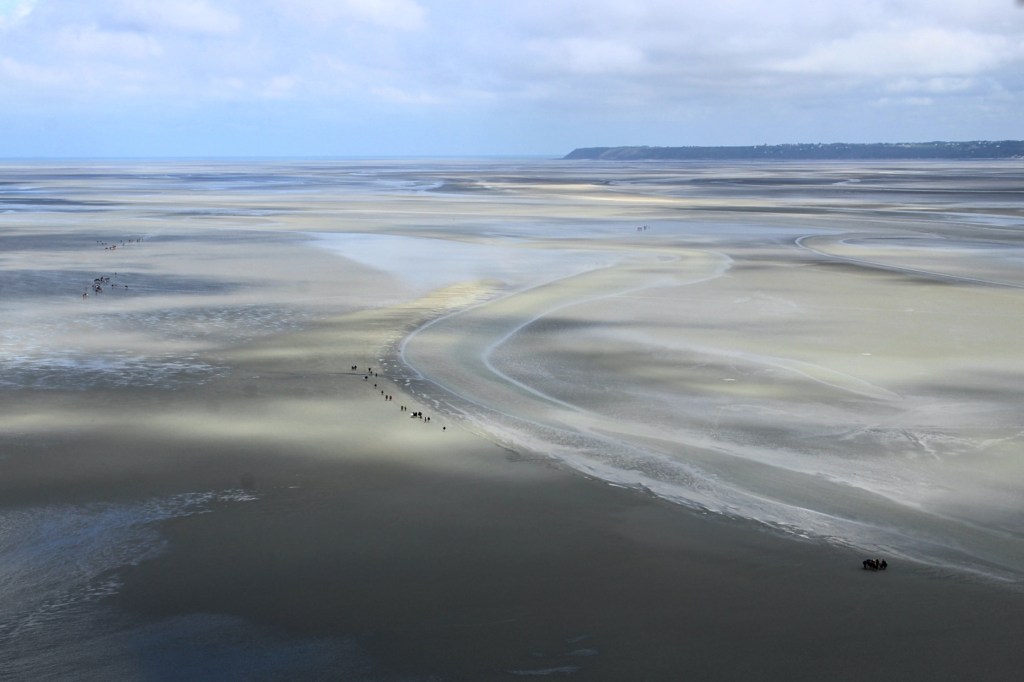
As soon as we entered the church, we were blown away by a beauty that, cliché as it is, must be described as “heavenly.” It is hard to capture in words, since everything hit us at once. There was the environment. The church epitomizes the Norman style—austere and unadorned, with strong vertical lines. Bright sunlight flowed in from the long windows, almost blinding us at first. There was also the sound. A group of nuns and monks in white robes were chanting in harmony, and their voices echoed spectrally—even, yes, celestially—in the cavernous space. The result was a mixture of light and sound that almost knocked us off our feet. We went from animated conversation to hushed, reverential silence, and left the abbey in a kind of daze. Both of us spontaneously admitted that we had almost converted to Catholicism on the spot. It really was that powerful.
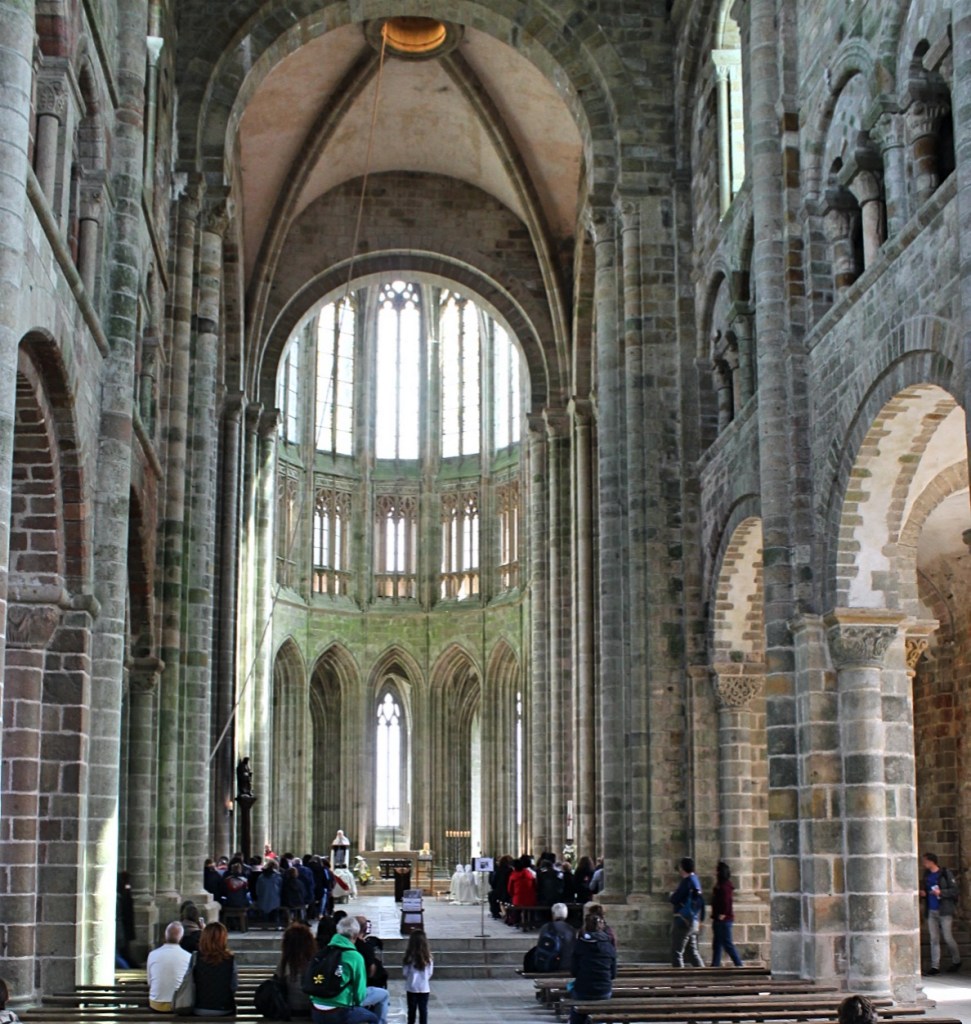
We wandered through the rest of the Abbey complex, chattering happily about the nuns. The Abbey had what one might expect from a monastic space: a cloister for meditation, a refectory for shared meals, and a hall to receive pilgrims. The most striking feature was a treadwheel crane, which was used to haul up supplies from the lower levels. In order to operate it, people actually had to climb inside and walk forward, like hamsters. This feature was installed in the later history of the abbey, when its religious function was stripped away during the fiercely anti-clerical French Revolution, and it was turned into a prison (mostly for priests!). Unsurprisingly, it was the prisoners who had to operate this winch. Mont Saint-Michel served this ghastly function for over half a century, until campaigners—most notably Victor Hugo—convinced the government to restore the Abbey to its former glory.
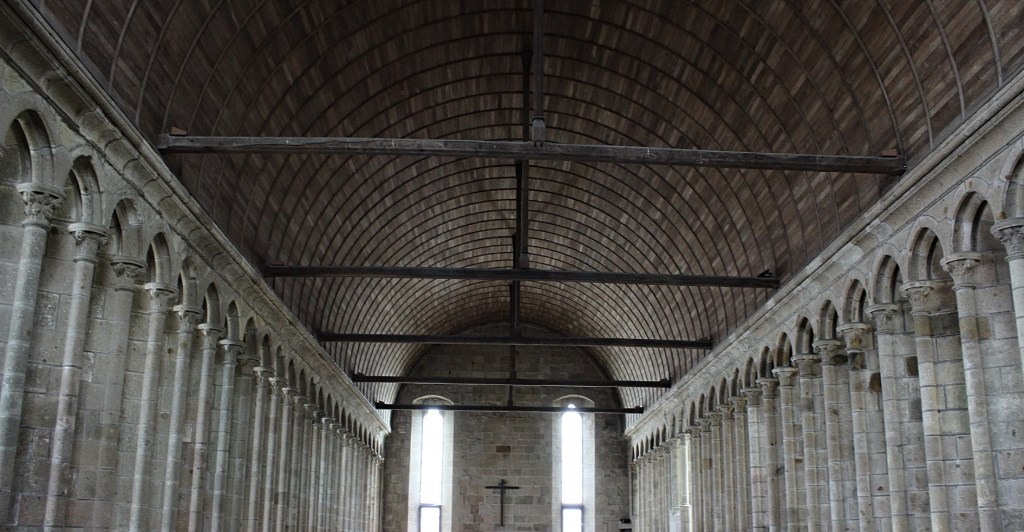
After the visit, we found ourselves back on the twisting streets of the commune. It was rather jarring to see the overpriced restaurants and junky gift shops stuffed into the exquisite medieval streets. In such tourist hotspots, I normally opt for the cheapest, fastest food available, since there is little hope of having a genuinely good meal. So we ordered some ham and cheese sandwiches in a place so cramped that the kitchen was actually on the floor below (all of the orders had to be sent down a little elevator, and the food brought up the same way). Having dined with our wallets intact, we left through the front gate and walked out into the bay in order to see the other side of the island.
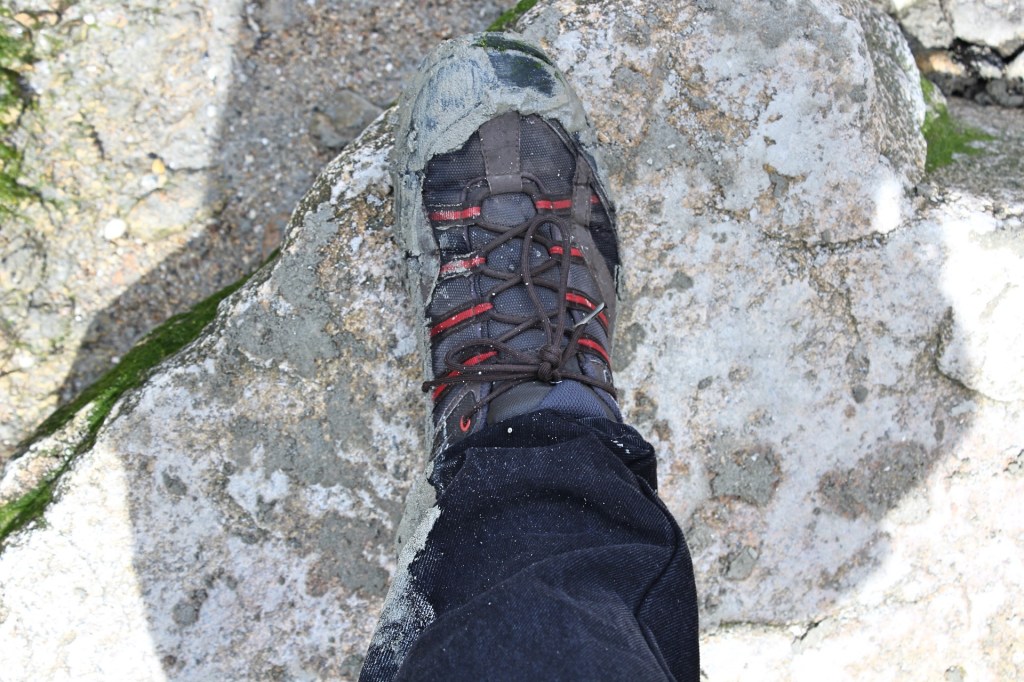
The ground was sticky—covered in thick pasty silt—and smelled of the ocean. Every so often we would come across a decomposing fish, left behind by the receding tide. In the distance we could make out Tombelaine, a small island further out in the bay. We put some distance between ourselves and the city, and looked back to see a less-famous aspect of Mont-Saint-Michel. Whereas from the land you can see the walls, the town, and the lower structures of the Abbey, the northward facing side is covered in a thick mass of trees. The only notable feature is the Chapelle Saint-Aubert, a small stone structure that is about as simple as a chapel can be. The chapel is named in honor of Aubert of Avranches, who had the legendary vision that led to the creation of the abbey.


This was all for Mont-Saint-Michel. We circled back around the island, walked back to the mainland, and, after some confusion finding the car in the parking lot, we were off in search of something else to do. Luckily, Greg knew a Norman who gave him a few suggestions. One of these was the nearby town of Granville, where we headed to next.
Granville is a lovely coastal commune on the English Channel. The town immediately reminded me of some of the more picturesque pueblos from the north of Spain—a jagged peninsula jutting out into the rough waters of the North Atlantic. There are also several sandy beaches in Granville, which helped to make it a popular resort for landlocked Parisians. On the day we arrived, however, the town seemed to be rather sleepy, the only notable street life being a group of older men playing pétanque (a very simple game in which you try to throw balls as close as possible to a given target).
We parked the car and admired the town’s principal church, Notre Dame du Cap Lihou, an attractive stone building that stands at the commune’s highest point. Then we walked out to the end of the peninsula, the Pointe du Roc, which is a kind of park. There, a stumpy little lighthouse overlooked cliffs of pale schist, while a few boats blew about in the water. In the distance we could see the Chausey Islands, a sparsely-inhabited archipelago out in the English channel. If we had binoculars we could, perhaps, have made out Jersey—which, I was surprised to learn, is technically not part of either France or the United Kingdom, but a self-governing state. (Europe is filled with all sorts of absurd historical artifacts like this.)

After taking in our fill of the view and the cold ocean breeze, we retreated to the center of town for a snack. For this, Greg ordered rillettes. He told me it was a kind of meat, so I was surprised to be confronted with something that looked more like butter. In fact, rillettes is meat cooked in its own fat at low temperatures for a long time, and then served as a spread at room temperature. It was quite delicious.
marBy now, the day was mostly spent, and we still had to make the drive back to Caen. Back in the Airbnb, we decided to cook instead of going out for dinner; and for a meal decided to recreate the exact menu we had the last time we were together, in Marseille: merguez sausages, ratatouille, and couscous. And even though my ratatouille wasn’t as good as my friend Lily’s, and even though Greg made far too much couscous, the meal was a success. We went to bed with full stomachs, dreaming of the morrow.
I have only taken one art history class in my life, an introductory course in college with a fairly apathetic teacher. And yet, this one basic class has had quite a lasting impact on my travels. Whenever I realize that I have the opportunity to see something from my old textbook, I make it a priority on my trips. This time, that piece of art was the Bayeux Tapestry.
As you will probably not be surprised to learn, this famous tapestry is located in the city of Bayeux, which was our first destination for the day. This small city is only a short drive from Caen (though the drive was still slightly stressful due to my making a fool of myself at a gas station because I didn’t know which side of the car the fuel cap was on, and also my general incompetence when it comes to parking). We headed straight for the museum where the tapestry is held; but instead of walking inside, we got involved with a group of Erasmus students standing out front, who needed the two of us to get the group discount rate. We participated and saved a few euros. This is communism in action.
The museum issued us audio guides and then directed us to the tapestry. This tapestry is about 70 meters (230 feet) long, and is displayed in a long case that wraps from the entrance to the exit. No photos are allowed, and the hallway is kept quite dark. The audio guide was programmed to play automatically as we proceeded through the space, which made the experience almost like watching a documentary. I was impressed.
But I ought to describe the tapestry itself. The Bayeux Tapestry is one of the jewels of Romanesque art. It is a kind of woven comic book, telling the story of the conquest of England by the invading Normans (1064-1066), led by William the Conqueror. For centuries it hung in the Bayeux Cathedral, exposed to the smoke of incense and candles, and yet it has survived in quite excellent condition. The story reads like an epic poem: It begins with a dispute over succession after the death of Edward the Confessor, king of England, and culminates in the huge, bloody Battle of Hastings. In the course of the story we can see Mont Saint-Michel, Hailey’s Comet, and many historical figures like William and his enemy Harold Godwinson, as well as more humble historical details like boat building, roasting a meal, or the construction of a fortification.
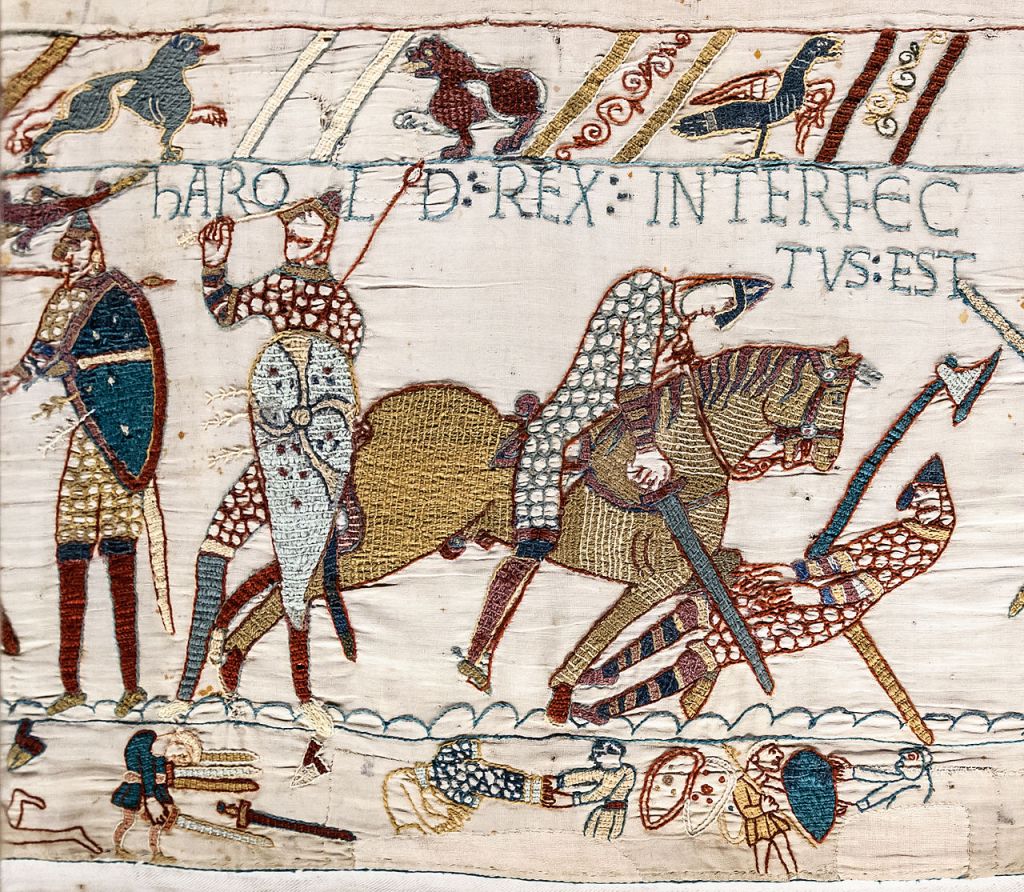
By the time you reach the end (which takes about half an hour), you really do feel as though you have seen an engrossing film. But I wish I had had more time to stop and pause over the details of the tapestry (we had to keep moving through the hallway), since it is a wonderful work of visual art, in addition to a compelling narrative. Though it can seem crudely made at first glance, the stylized aesthetic effectively brings you into a different world—a world with different values and different concepts of beauty. This makes the tapestry one of those rare portals to the past. And it just so happens that the event depicted was quite genuinely epic, since it marked the end of Anglo-Saxon rule and the beginning of Norman domination in England. If it were not for this event, and the resultant use of French, the English language would be very different (not to mention the rest of England).

The rest of the museum was interesting but, I admit, not especially memorable. I do remember seeing a facsimile of the famous Domesday book. This was compiled by William the Conqueror in order to take account of his newly acquired realm. Thus the book is part census and part Internal Revenue Service. Indeed, the name of the book (Middle English for “Doomsday Book”) seems to indicate that even back then, taxes were seen as inevitable—quite as inevitable as the apocalypse.
We exited the museum and found ourselves in a bright and brisk day. We strolled around Bayeux a bit, which has an attractive medieval center, and stopped to wolf down some sandwiches from a little corner shop. Then, we ducked inside the gothic Bayeux Cathedral, which is surprisingly beautiful given its relative lack of fame. But we did not have time to pause over spires and arches. This was our last day, and we had to go and see American Cemetery at Omaha Beach.
When Normandy is mentioned, the first thing that comes to mind for most Americans (if anything comes to mind at all) is D-Day. The bloody scenes of combat, so often dramatized in films, took place here in northern France, signaling a new phase of the European war that put Nazi Germany on the defensive. It was an enormous operation, likely the largest invasion by sea in human history, which nevertheless had to be kept top secret. And it was a success: the Nazis were caught off guard, as they had expected the invasion to occur elsewhere; and Allied casualties were actually much lower than expected. And yet, as we can see from the Bayeux Tapestry, even though the invasion was carried out with battleships and bombers, it was not all that different from the many naval invasions that have taken place here. Normandy has long been a site of contact and conflict between the British Isles and the Continent.
We parked the car and walked into the cemetery. The American flag was flying overhead, signalling that we were crossing a border. (The land is a concession from France to the United States, though it technically still belongs to the French.) For the third time in this trip—after Mont Saint-Michel and the Bayeux Tapestry—I was filled with that strange, reverent feeling, the sensation of witnessing something iconic and significant. For the third time, I was going to see something which, just a few months ago, I assumed that I was never going to see. It seems trite to describe the sensation like that of walking onto a movie set, though the comparison always comes to mind. Perhaps it would be better to say that it is like walking into history.
The cemetery is so famous that it hardly needs describing. Rows upon rows of white marble tombstones extend in every direction—over 9,000 in all. Most of these are crucifixes, for Catholics and Protestants, though 151 are stars of David for Jewish service members. (These were the only officially recognized religions at the time.) In fact, the entire complex is arranged as a crucifix, which lays parallel to the shore. In the center of the cross is a simple chapel, and a semi-circular memorial sits at the far end, listing the names of the missing. The most recent burial in the cemetery occurred just two years ago, in 2018, when a veteran was laid to rest next to his twin brother—one of 45 pairs of brothers in the cemetery. Not every casualty of the landings are buried here, of course; the soldiers’ families had the option to repatriate the remains.

We wandered around the cemetery, trying to wrap our minds around this epochal battle. It was unlike any cemetery I had ever visited, in that the vast majority of those interred did not die of natural causes. These people were deliberately killed. Such carnage is simultaneously a noble sacrifice and a tragic waste—a loss endured by those fighting to end a war that they did not start. It is humbling to think what sorts of lives these men and women could have led, had not a group of crazed nationalists decided to seize their “birthright.”

After walking through this somber monument, we decided that we had to set foot on Omaha beach itself. There is a little path that leads down towards the ocean, which takes you past a small memorial and a ruined German bunker. The beach itself is both wide and long—stretching 5 miles (8 km), with several hundred feet from the water’s edge to the other side. One can see both the advantages and disadvantages of such a spot: plenty of space for landing crafts, but no cover whatsoever or the advancing troops. It must have been terrifying.
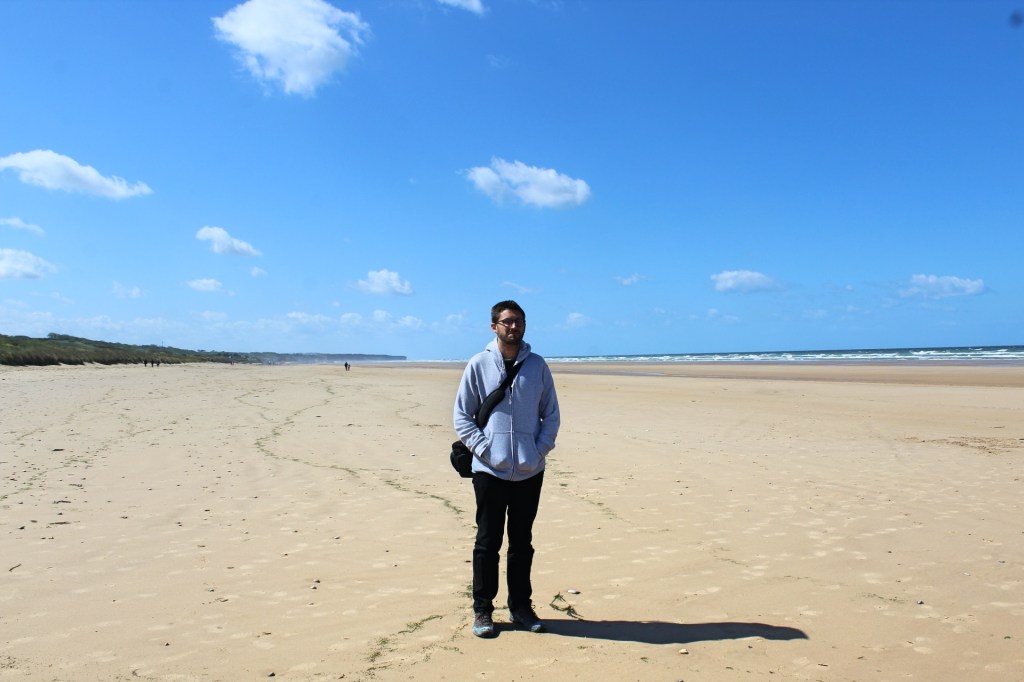
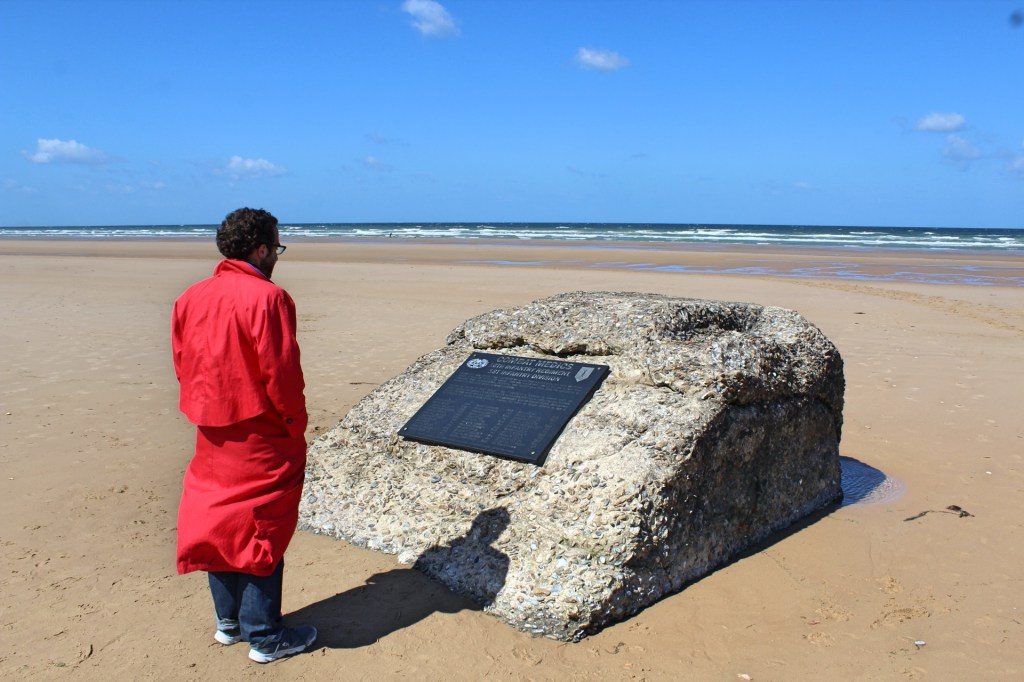
After taking our fill of the chill ocean air, we climbed back up towards the car, to visit another monument to this war: the artillery battery at Longues-sur-Mer. This consists of four guns in concrete bunkers. The guns are huge: firing 15 cm bullets, with a range of 20 km, originally designed for use aboard destroyers. A good hit could easily have taken down a warship.
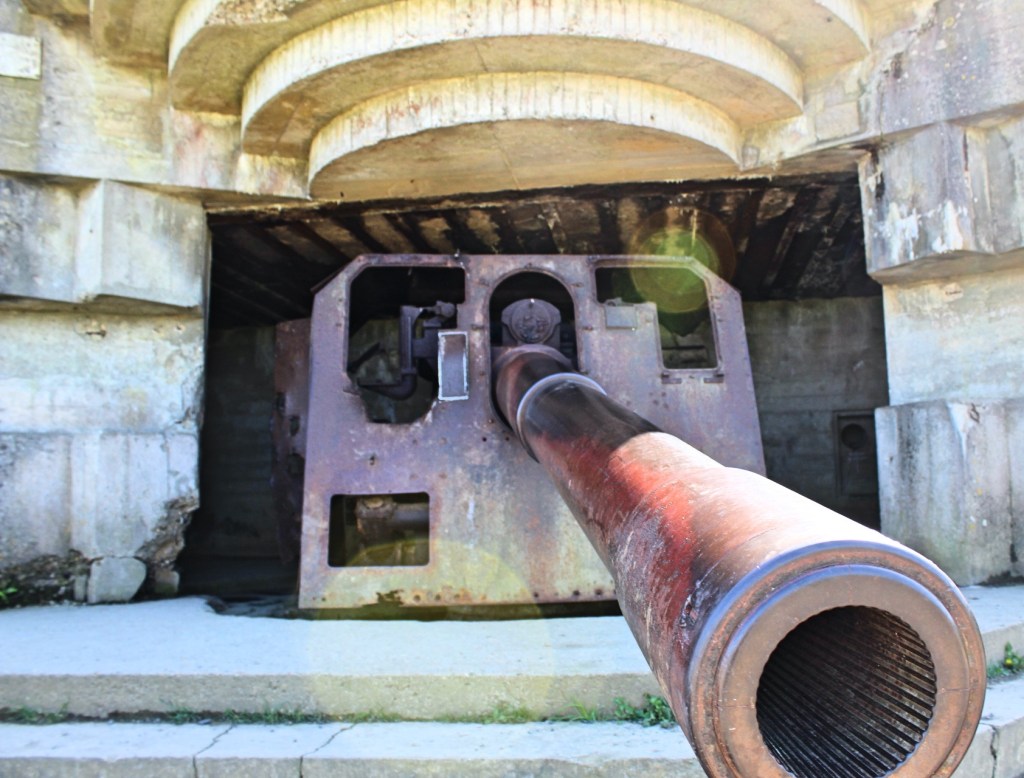
The guns were fired in action during the Allied landings, though quite ineffectually since most of the Allied ships were out of range. The concrete fortification did hold up against aerial and naval bombardments, however, and the guns remain in a good state of preservation. Like the tombs in the American Cemetery, these old rusted barrels brought home for us the intensity of the fighting on these beaches. The guns are also, in a way, a reminder that war can touch any earthly spot, however apparently tranquil. The area surrounding Longues-sur-Mer is nowadays lovely and bucolic, with fields of wildflowers overlooking the sandy coastline. It almost boggles the imagination that people were willing to fight and die over this bit of land.

Having had enough of war for the day, we got in the car to see some of the local life. Greg’s friend had recommended a small village to us, Beuvron-en-Auge. Personally I did not think this village would be very special, if only because every village we passed through looked so similar. That is not to say they were boring. On the contrary, as we drove through the countryside, I was in an almost continual state of delight. The country roads took us by farmland with grazing cows, through wooded areas and fields of flowers, and passed dozens of the distinctive stone barns in the local style. But the charm reached almost absurd heights when we reached Beuvron-en-Auge.

This town is legitimately special. Rather than the typical grey stone, most of the village’s buildings are made of wood, all of them painted in bright colors with criss-crossing patterns on their façades. There also seemed to be flowers everywhere: on the street, hanging from walls, and in the shops. Really, I do not think I can do justice to the sensation we had from seeing this town by mere description. The emotional effect was like stepping into a fairy tale. We stopped into a café, and were served tea in appropriately adorable kettles. Then, we made a lap around the town. This was not hard to do, considering that only about 200 people live in it.
“Look, that’s the town hall,” Greg said.
“Really?” I said, examining the little house. “Who do you think the mayor is, an elf?”

The town is, admittedly, a bit touristy, as evidenced by the many shops selling typical local products. These include lots of sweets, cheeses, jars of honey, and of course calvados, the regional apple brandy. There were even locally brewed beers and honey mead. We bought a few drinks for later, and returned to the car.
Our last stop for the day was, like Granville, another beach resort town: Cabourg. The town itself is frankly not particularly memorable, except for the appropriately named Grand Hotel. But the reason for this town’s fame becomes clear as soon as one catches a glimpse of the shore. Just as in Omaha Beach, a wide expanse of sand—seemingly endless—stretches out on either side. This is what made Cabourg a popular resort town for Parisians hoping to escape the summer in the city.

Most famous among those Parisians was none other than Marcel Proust, who immortalized Cabourg as the fictional Balbec in his interminable novel, In Search of Lost Time. Here is a taste of his writing:
Among the rooms which I most often evoked in my sleepless nights, none resembled the rooms at Combray, sprinkled with a grainy, pollinated, edible, and devout atmosphere, less than that of the Grand Hotel, at Balbec, whose lacquered walls contained, like the polished walls of a swimming pool where the water turns blue, a pure, azure, and saline air.
(And, yes, all 3,000 pages are written like that.)
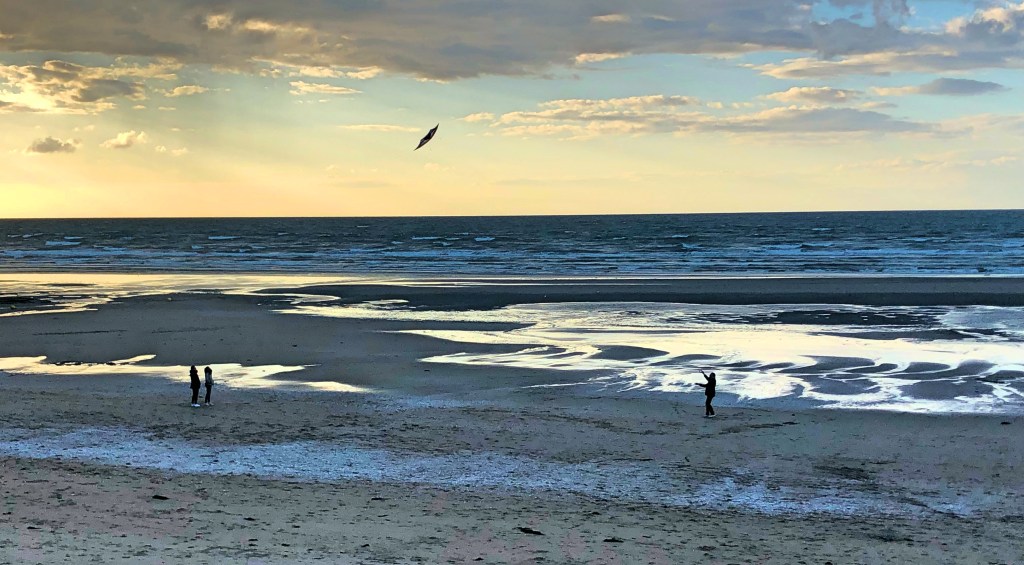
After taking in our fill of the beach, we had to find a place to have dinner. Privately, I was a little concerned, since I doubted we would be able to find anything decent and affordable in such a ritzy town. But my phone told me that there was an inexpensive restaurant nearby. Well, “nearby” turned out to be an overstatement, since my phone took us into the residential part of town, over a bridge, and across a major road, into what looked like a strip mall. Worse still, according to the restaurant sign, the place would only be open for another half-hour before closing; and we had to wait for a table. These sorts of situations provoke an unreasonable amount of anxiety in me, so I spent all the time waiting for a table in a quiet panic.
But there was nothing to fear. We were seated and enjoyed a delicious meal. The restaurant was the Creperie Suzette et Sarzin, and specialized in galettes. This is a kind of savory crepe from Brittany (entirely new to me) made with buckwheat flour and served with the filling of your choice. I ordered one with chicken, potatoes, and mushrooms in a cream sauce, and it was scrumptious.
The rest of our plan was simple: return to the Airbnb, drink the alcohol we purchased in the little village, and watch a documentary. This was, after all, our last night. But fate had something else in store for us. When we arrived, our Airbnb host was drinking a beer and was all dressed up and ready to go out. He told us he expected to leave shortly to see his friends, and made some light conversation with us in the meantime. However, it soon became clear that his friends were either very disorganized or blowing him off. Half an hour stretched into sixty minutes, one hour into two, and then three. Throughout all this time, he kept up an almost continuous string of broken English, which became louder, more slurred, and nonsensical as he continued to drink. The night ended, memorably, with him explaining his antipathy to cream.
“Imagine!” he cried. “I am Norman, and I can’t eat cream! It makes me do like this.”
Then he proceeded to stick his finger in his mouth while he imitated a retching noise.
“Blegh, blegh, blegh. You see? Cream makes me blegh!”
Greg lost all patience at around the one hour mark, so by this time he was angrily responding in monosyllables. But our host was far past the point of being able to pick up on social cues.
Finally, at around midnight, he mercifully left the house. But by then, we were thoroughly tired and soon went to bed. So ended our last day in Normandy.
On our final morning together, we walked into the center of Caen to get something to eat. It was a Sunday, and we found ourselves smack in the middle of the weekly market.
It was this humble event that, of everything I saw on the trip, contrasted most powerfully with Spain. Not that Spanish people are averse to markets; quite the contrary. However, in a typical Spanish outdoor market you can find fruit, jewelry, clothes, or cheap consumer items like kitchen knives or extension cords. But you will usually not find a stand selling street food. Spanish people have preserved their dislike for eating while standing, walking, or even on a bench. (They do make an exception for churros.)
What is more, Spaniards are not overly fond of “ethnic” cuisines (they are convinced their food is the best); and in any case there are not nearly so many immigrants in Spain. But this Norman market was a paradise of international street food. The selection on offer was amazingly diverse. There seemed to be food from all over the globe being sold in this smallish, northerly Norman city.
The reason I am bothering to write all this is to convey how unexpected and delightful it was for me. Suddenly I found myself surrounded by all types of scrumptious cuisines, most of which I would have trouble finding in Madrid. The choice was indeed overwhelming, as we walked passed stand after stand, each one looking better than the last. Finally we settled on a woman selling food from the Caribbean (I think it was Trinidad?)—savory meat stews served over rice. We sat down and devoured our meal.
And that was that. Greg had to catch his train back down to Paris, and I had to get to Nantes for my flight back to Madrid. It is always bittersweet—if not altogether bitter—to leave a place that has put you under its spell. It is also quite unpleasant to say goodbye to friends. But after all we had seen and done, we were in good enough moods to last us a long time.
The only thing that remains is to tell of my own return journey. I drove the rental car back to Nantes, fighting traffic and my own bladder along the way. (I was greatly relieved when I figured out that Aire in French was used to indicate rest stops.) The car was returned without a dent or a scratch; and even though I am sure I ran at least one red light as I drove through the medieval city centers, I never received an additional bill.
I stayed the night in an Airbnb with a somewhat eccentric host. He was an older man, retired, with surprisingly good English, who had a great passion for films. His apartment was covered with movie posters and filled with books about cinema. He even offered to walk me into town, since he himself was on his way to see a screening of a David Lynch movie.
As I arrived towards evening, I did not see much of Nantes. But what I saw, I liked. The town is situated along the Loira River, a fact that has made it a major commercial port. Indeed, two centuries ago Nantes was an important hub in the Atlantic Slave Trade, a sad fact now memorialized in a kind of mini-museum along the river. (My host even informed me that the homes of slave-traders were distinguished by including little sculptures of faces in the façades.) I was quite impressed by the city’s castle, the Château des Ducs de Bretagne, as well as the local cathedral. Even putting aside the monuments, the historical center itself is attractive and filled with character.
Naturally, I had dinner in a kebab restaurant. Then, I bid adieu to France and went to sleep. It was a wonderful adventure.


